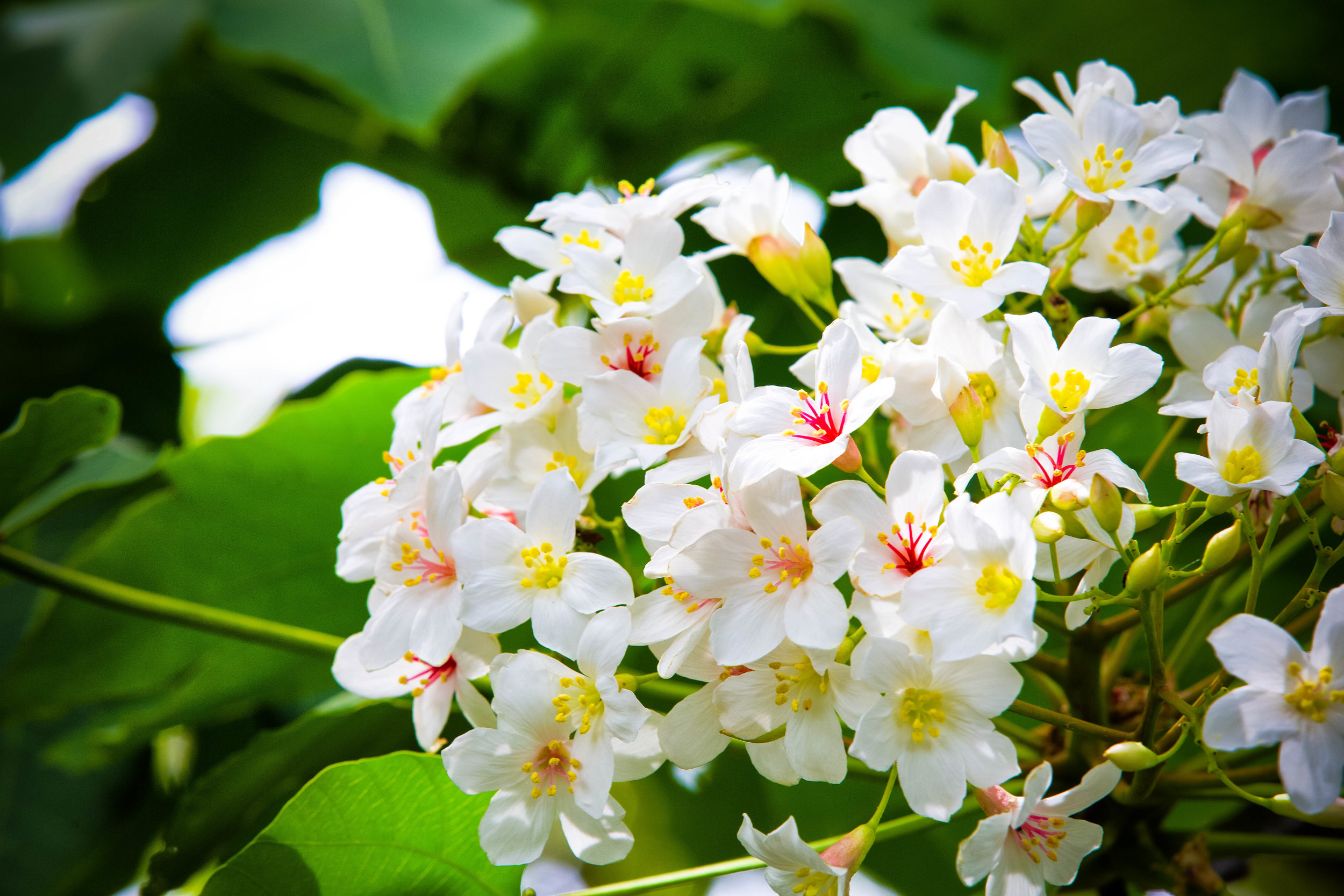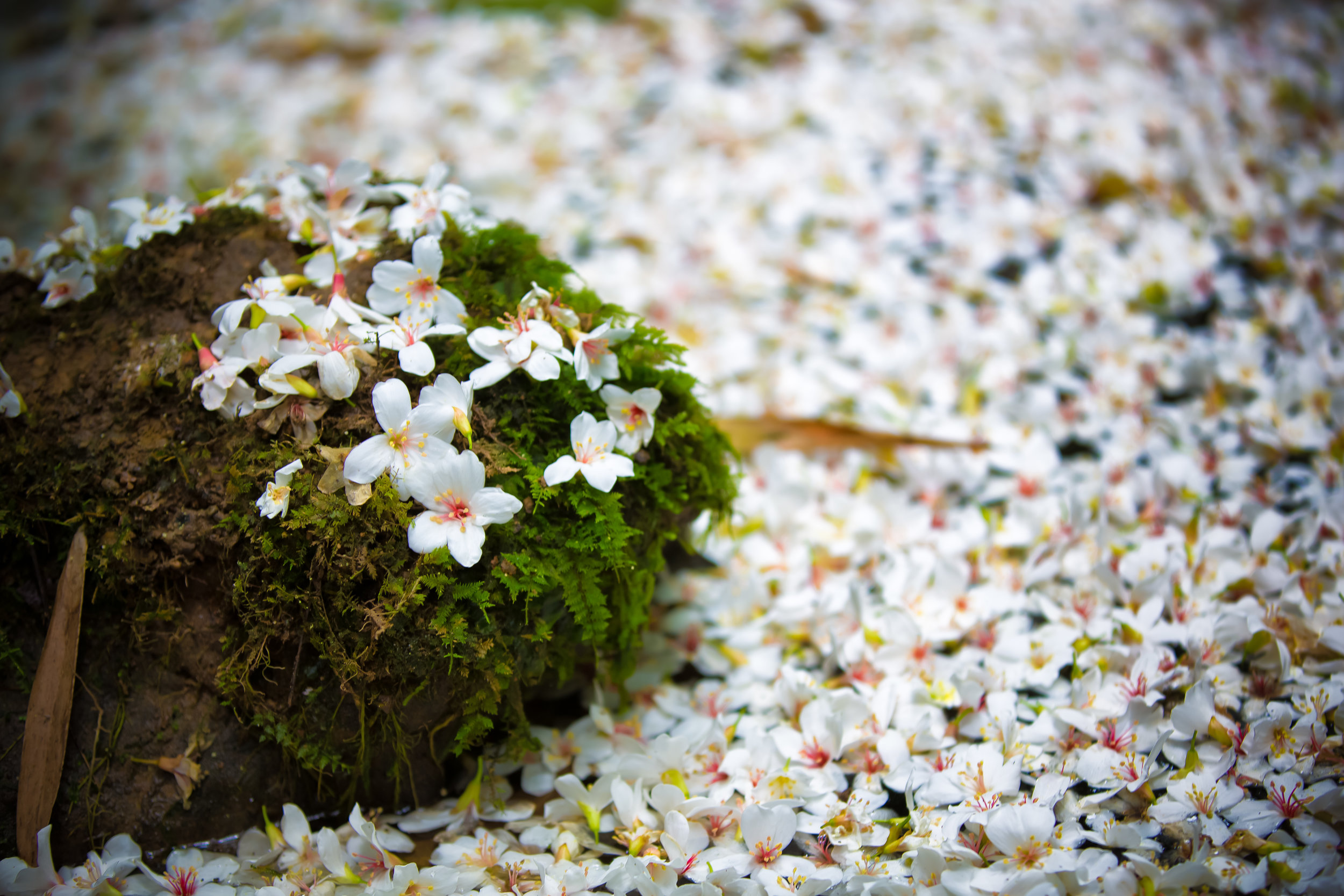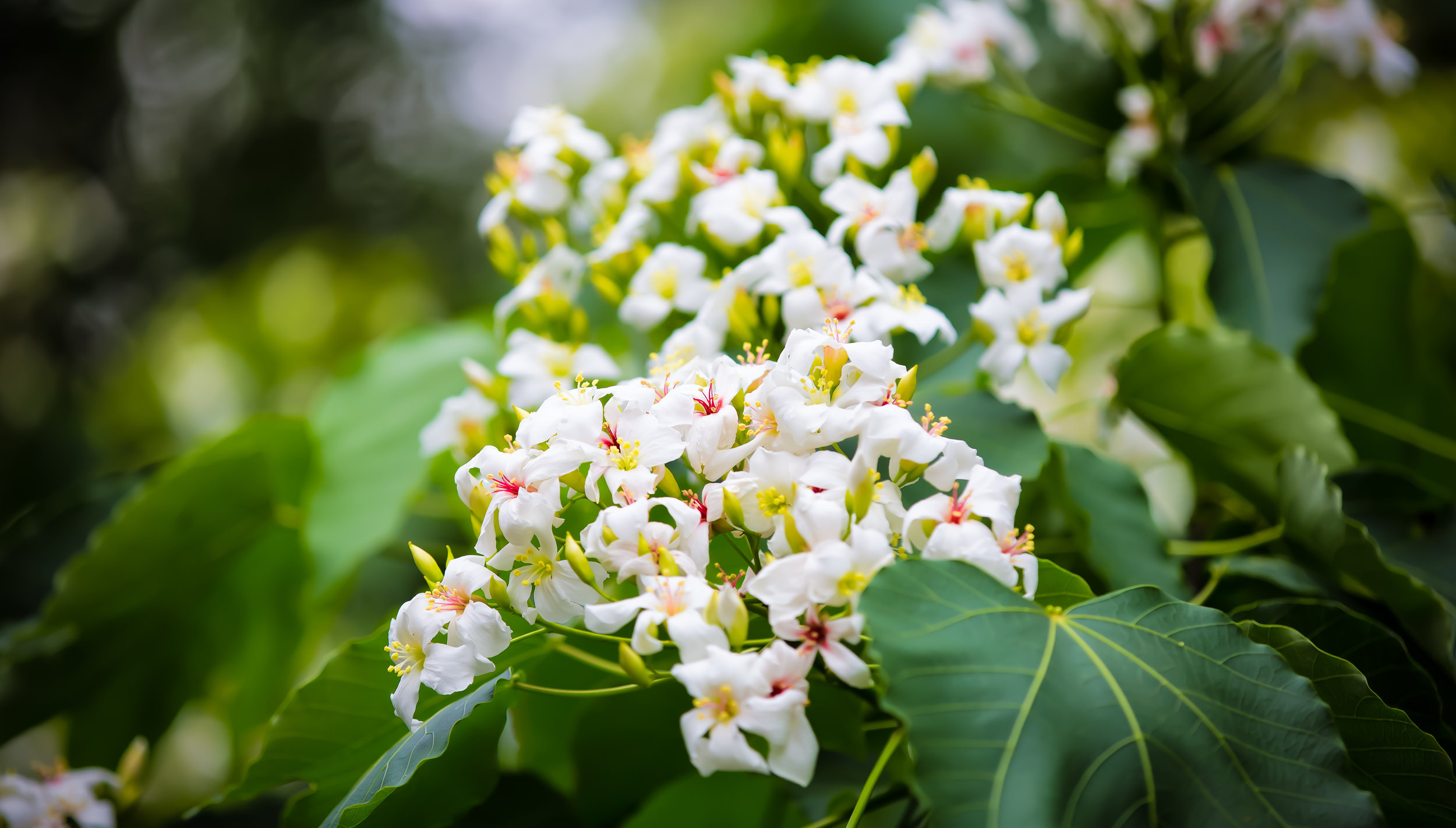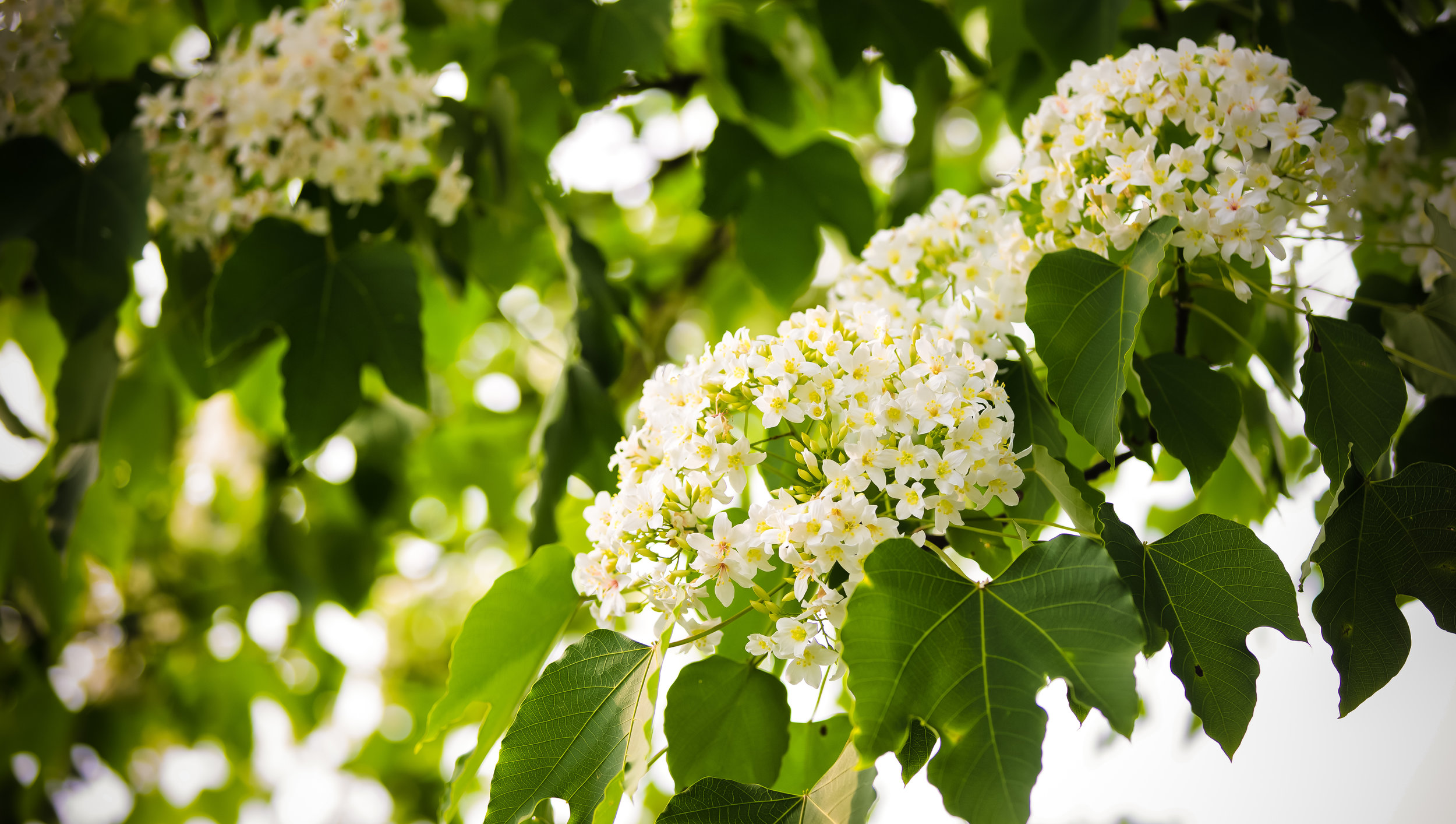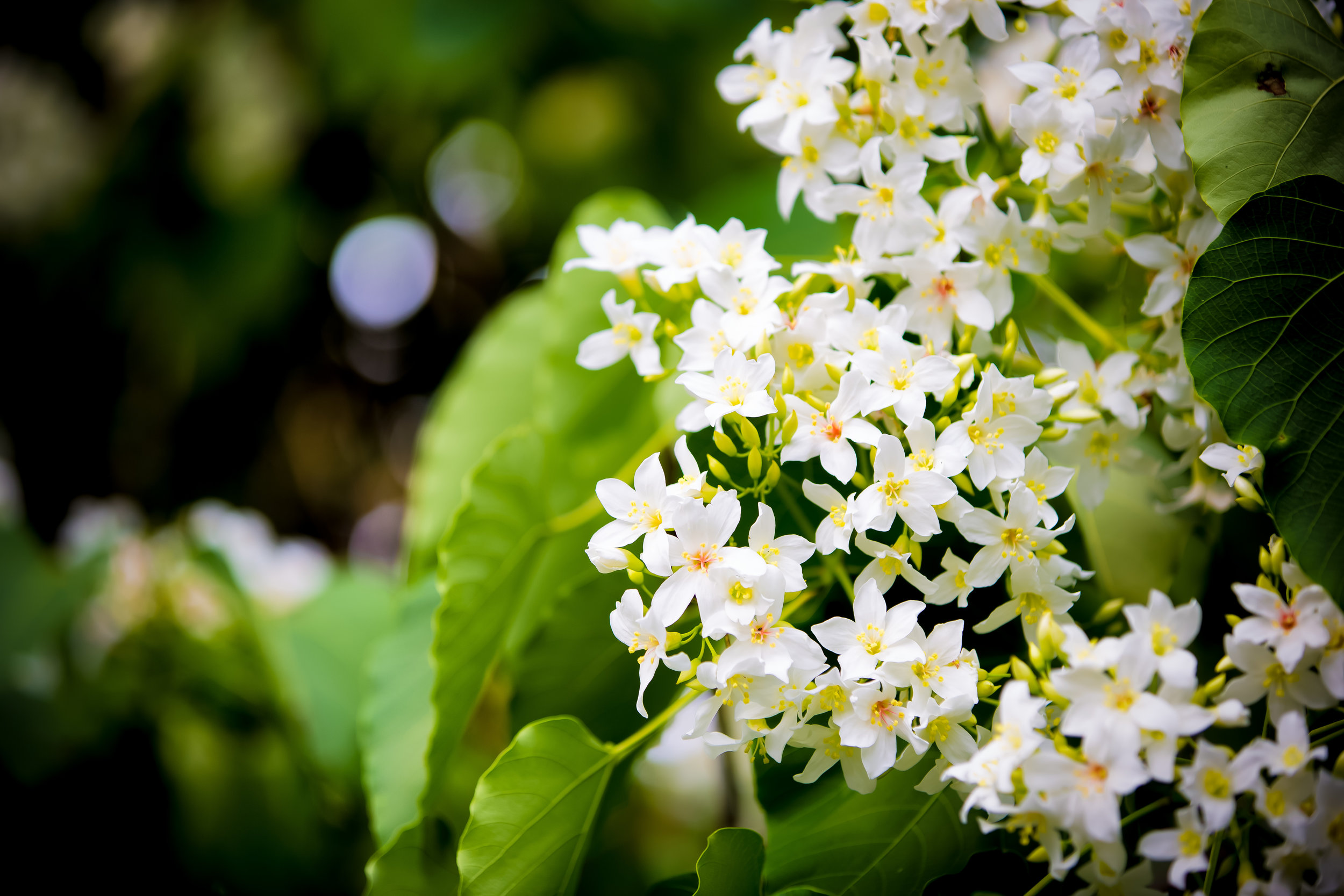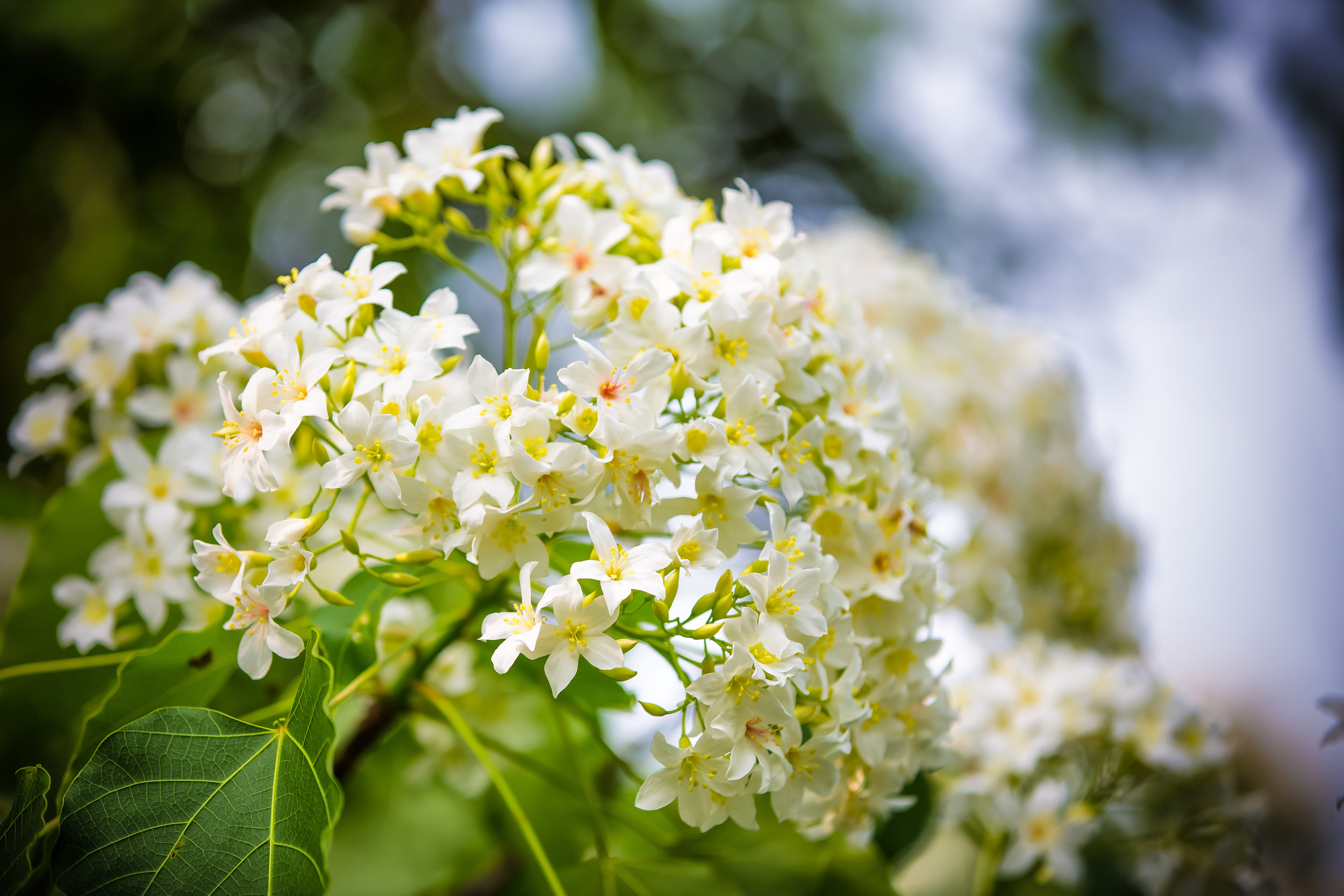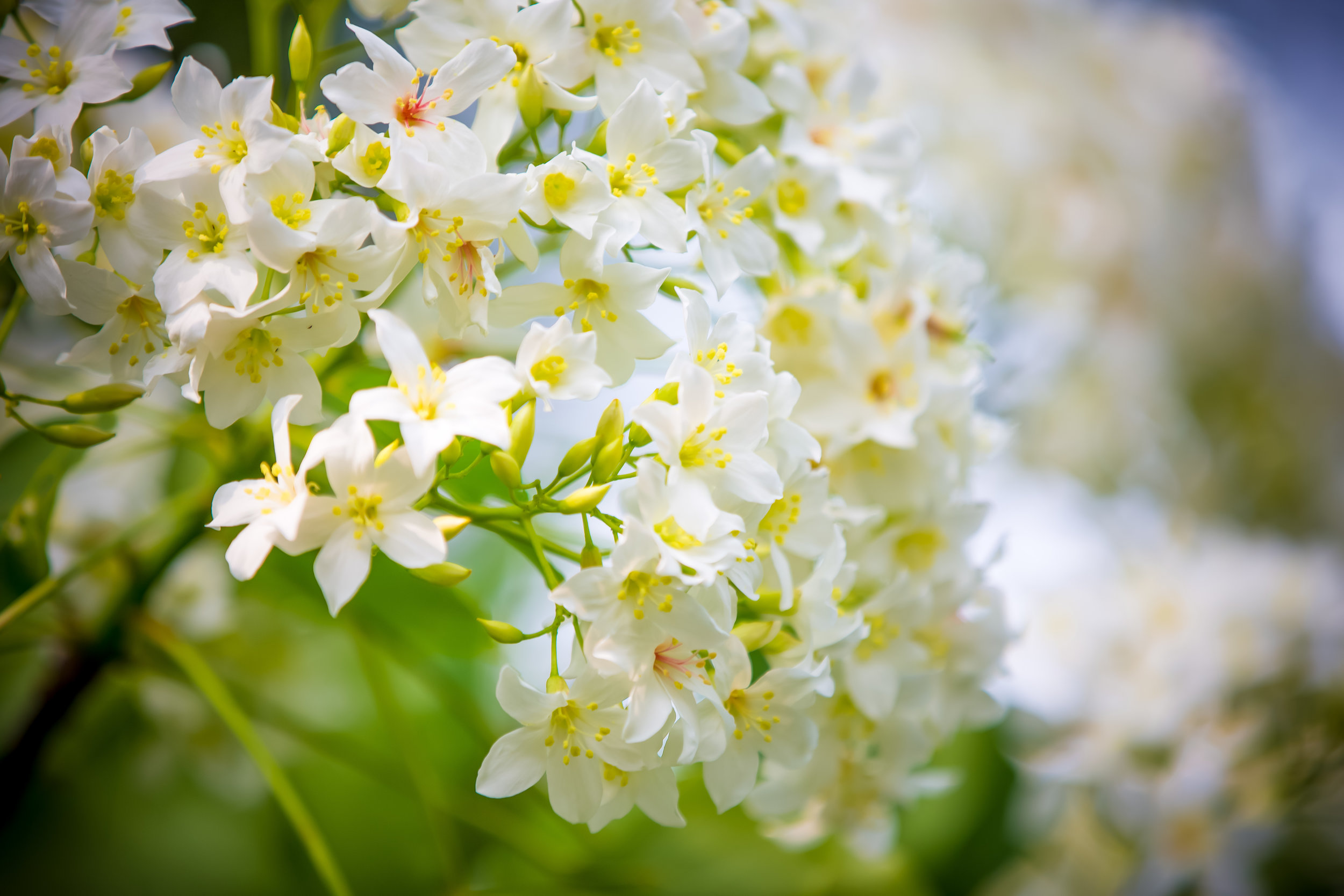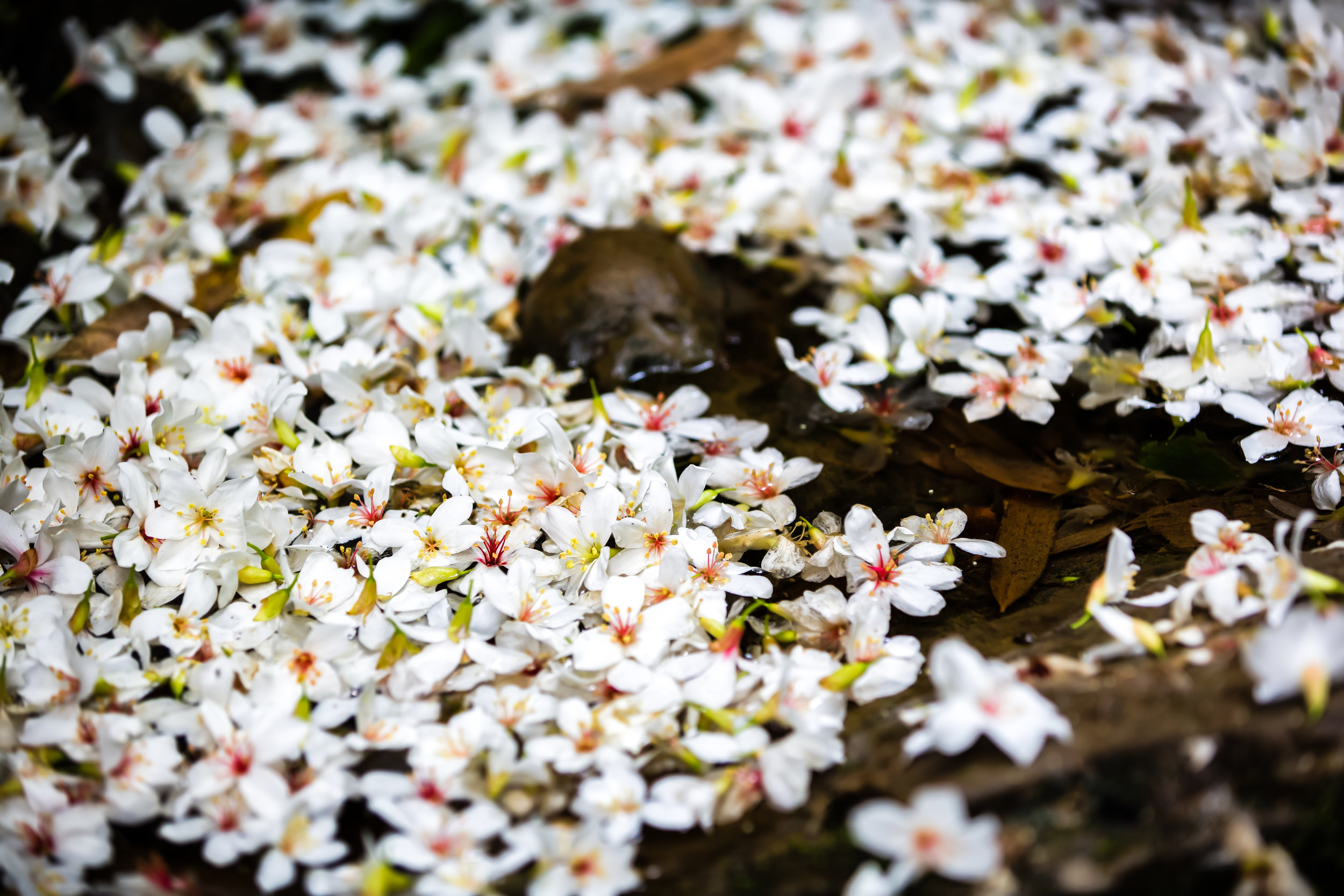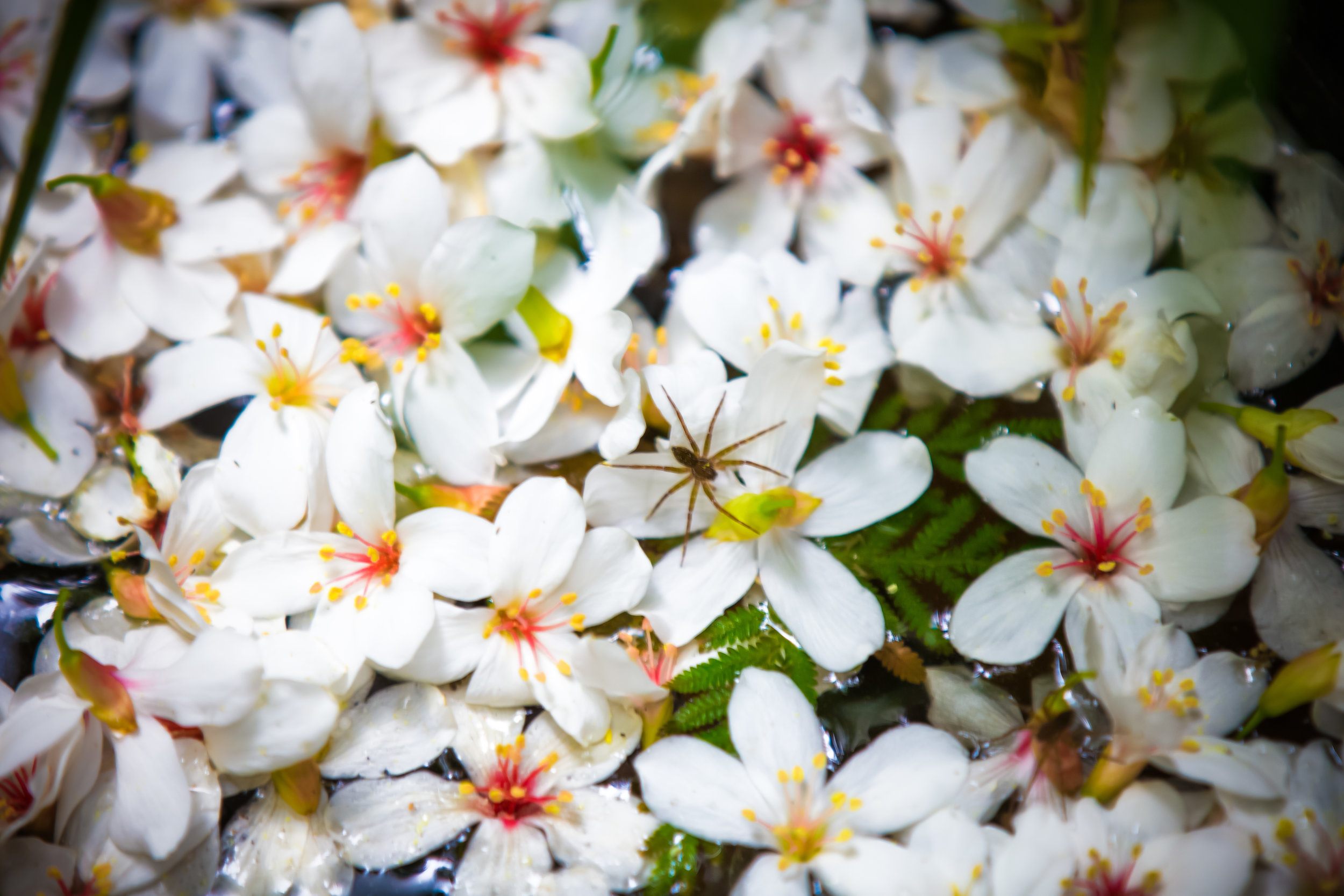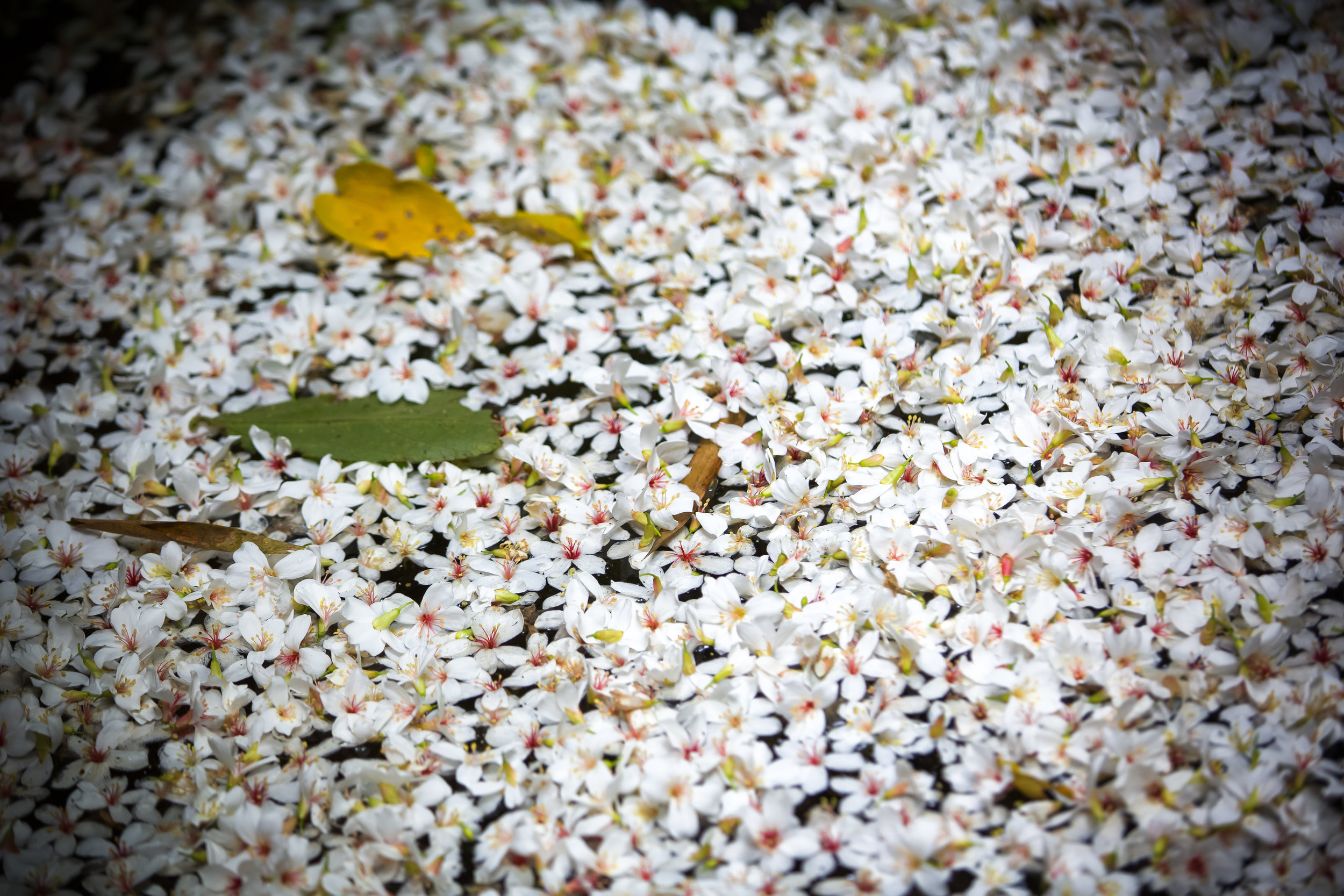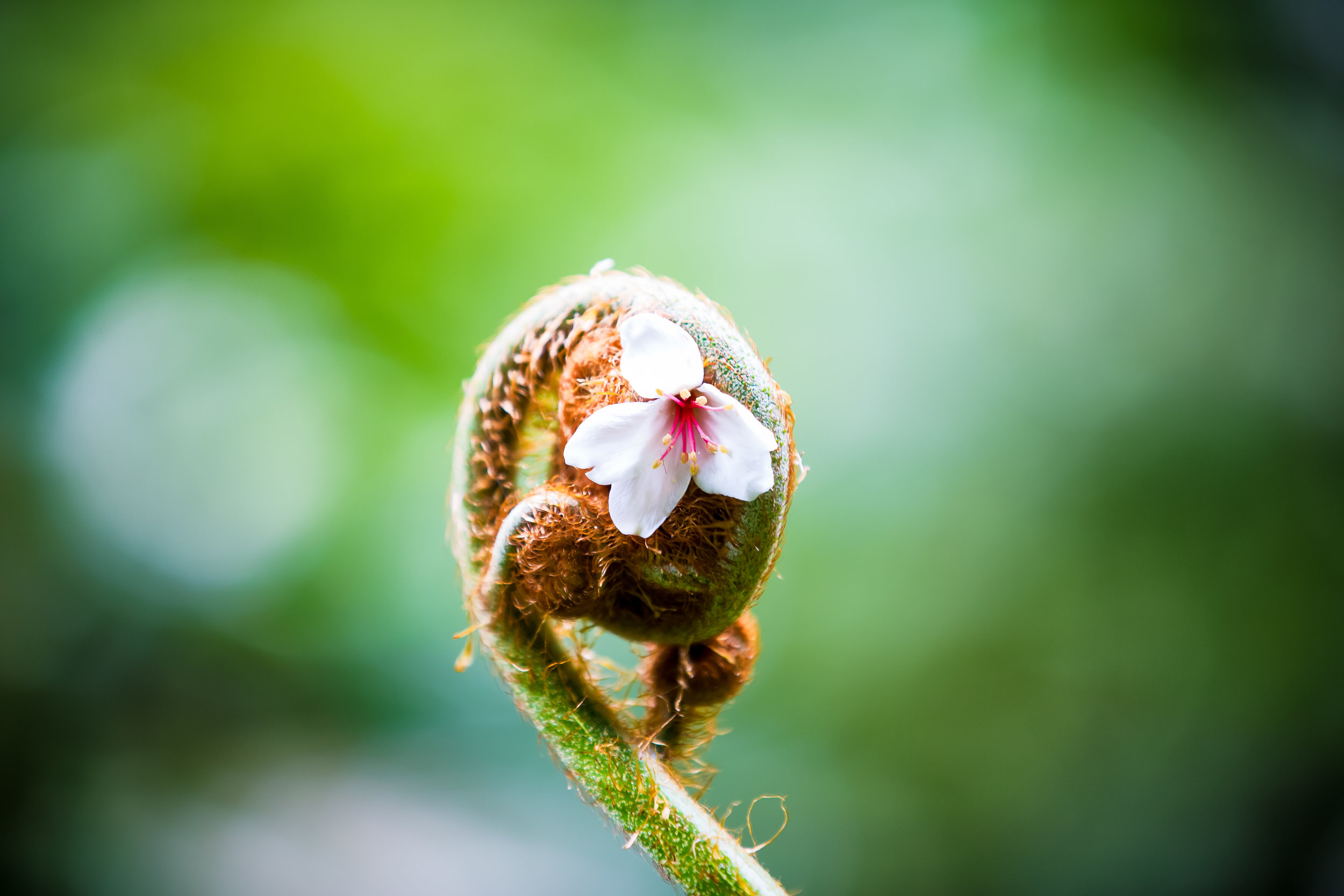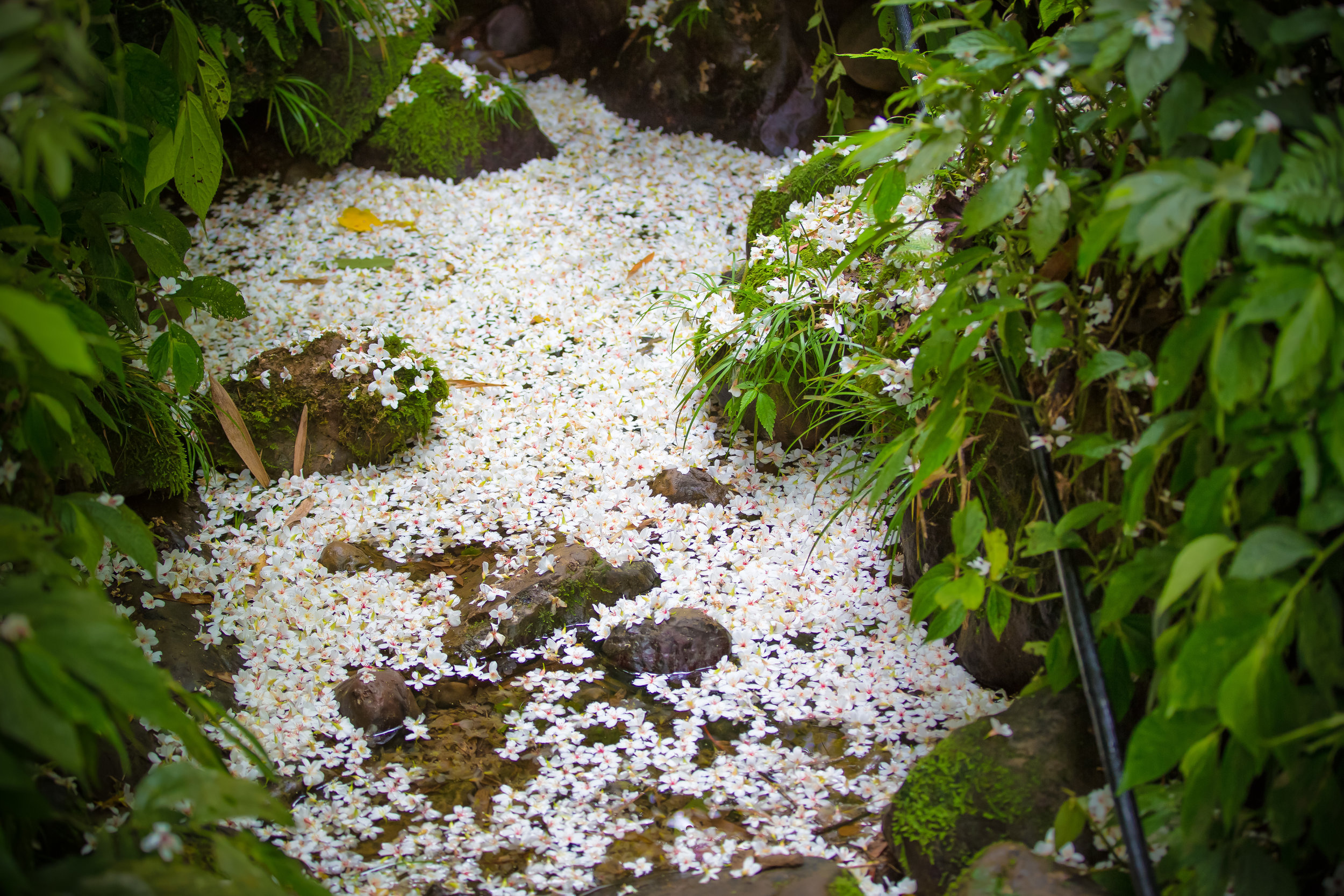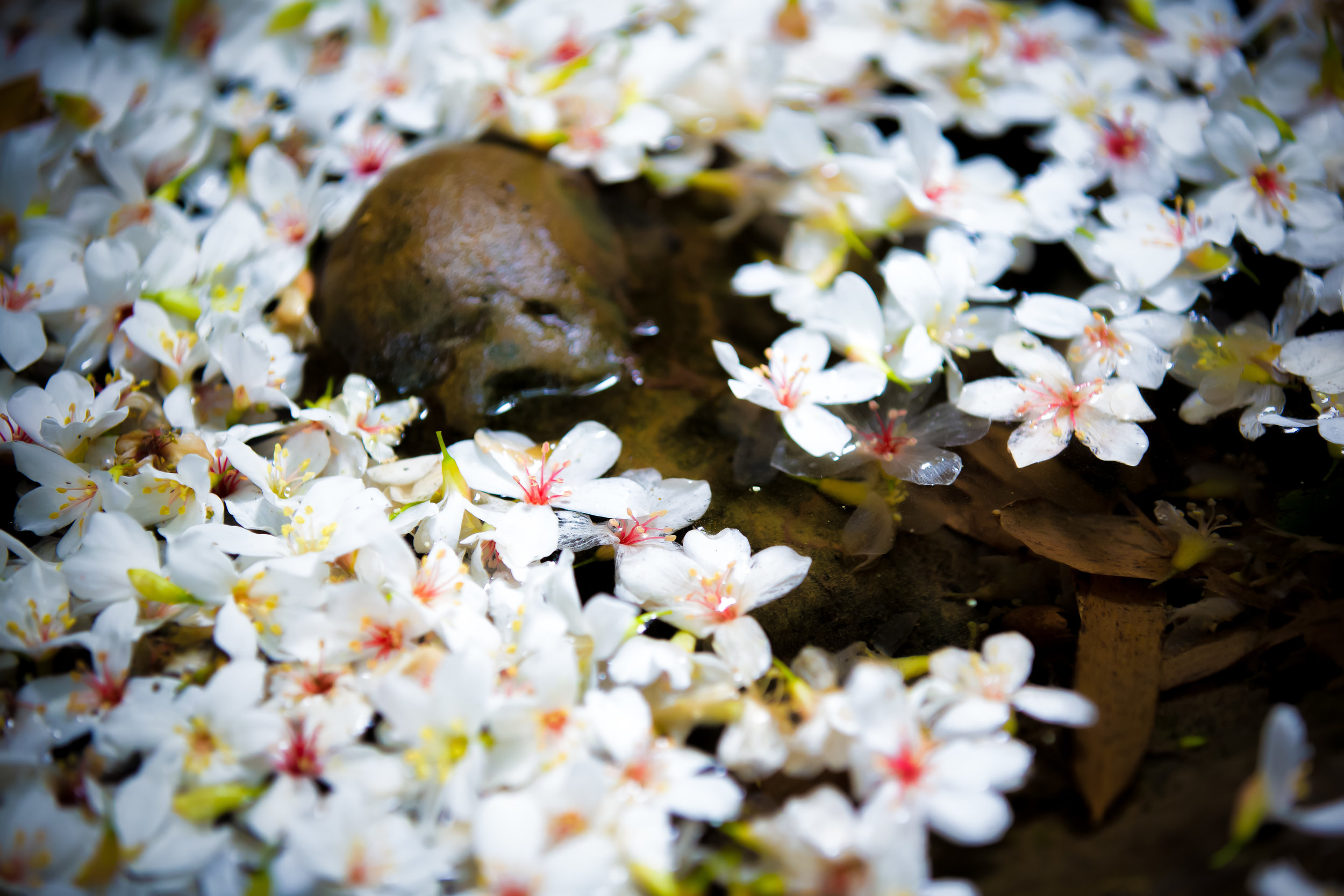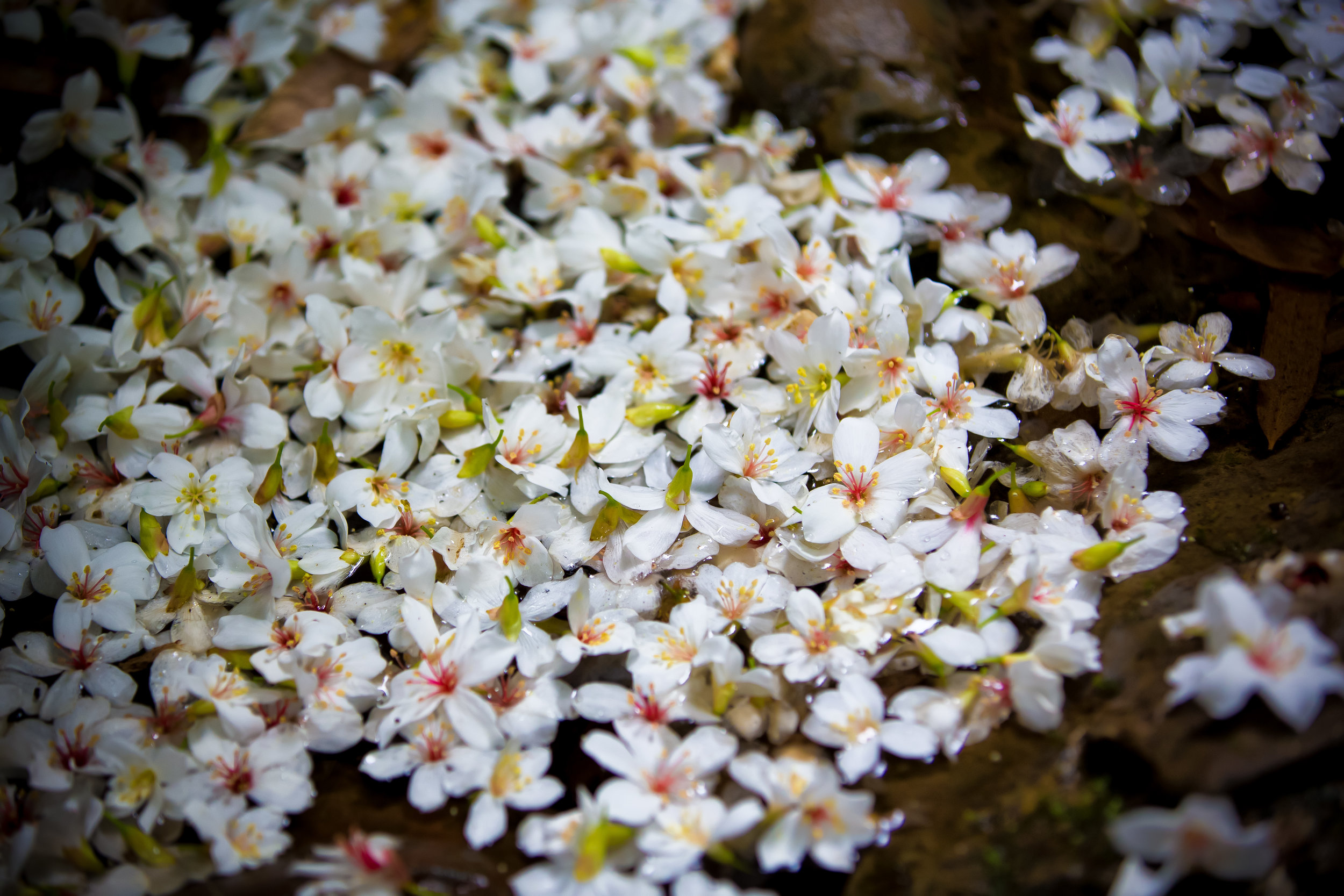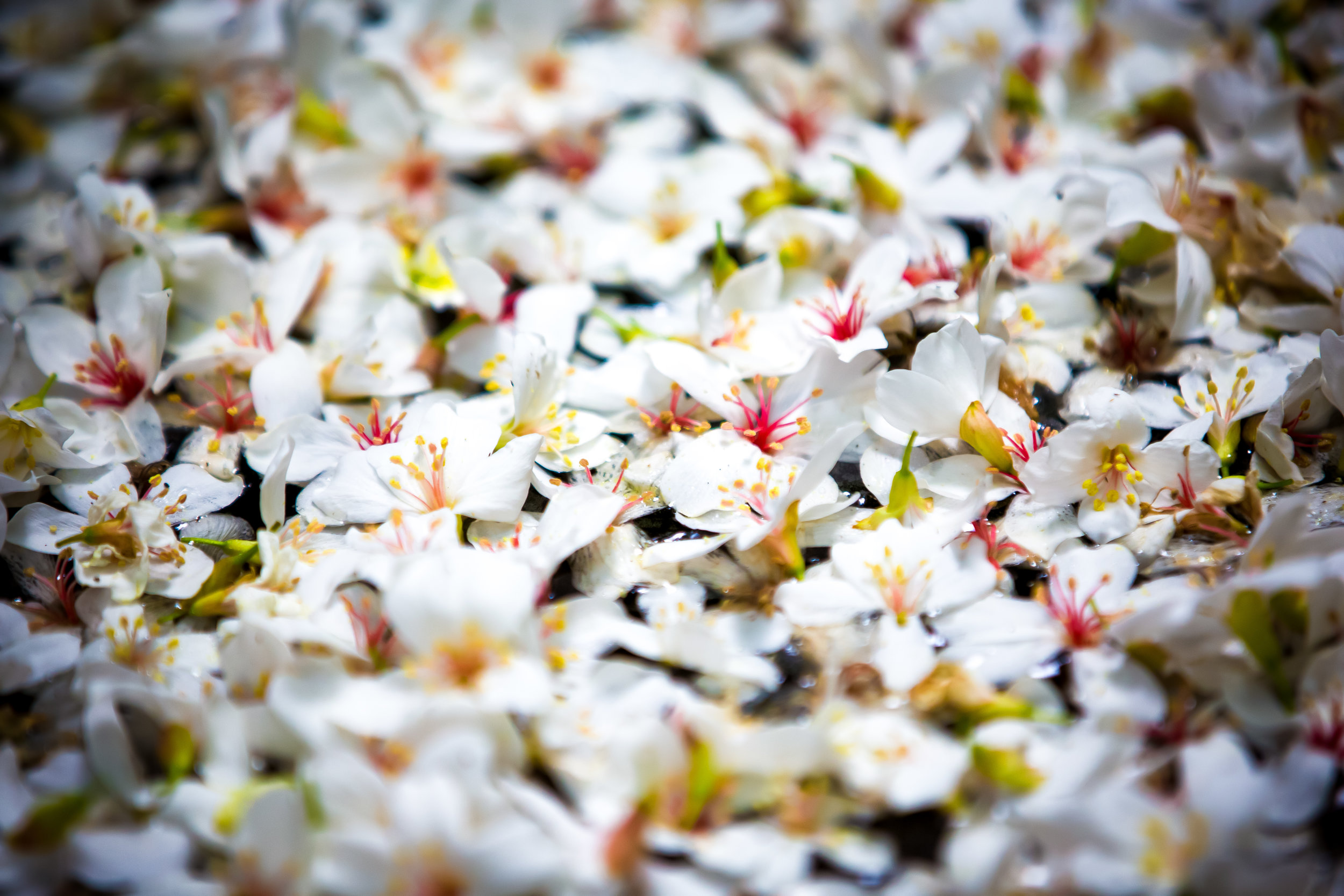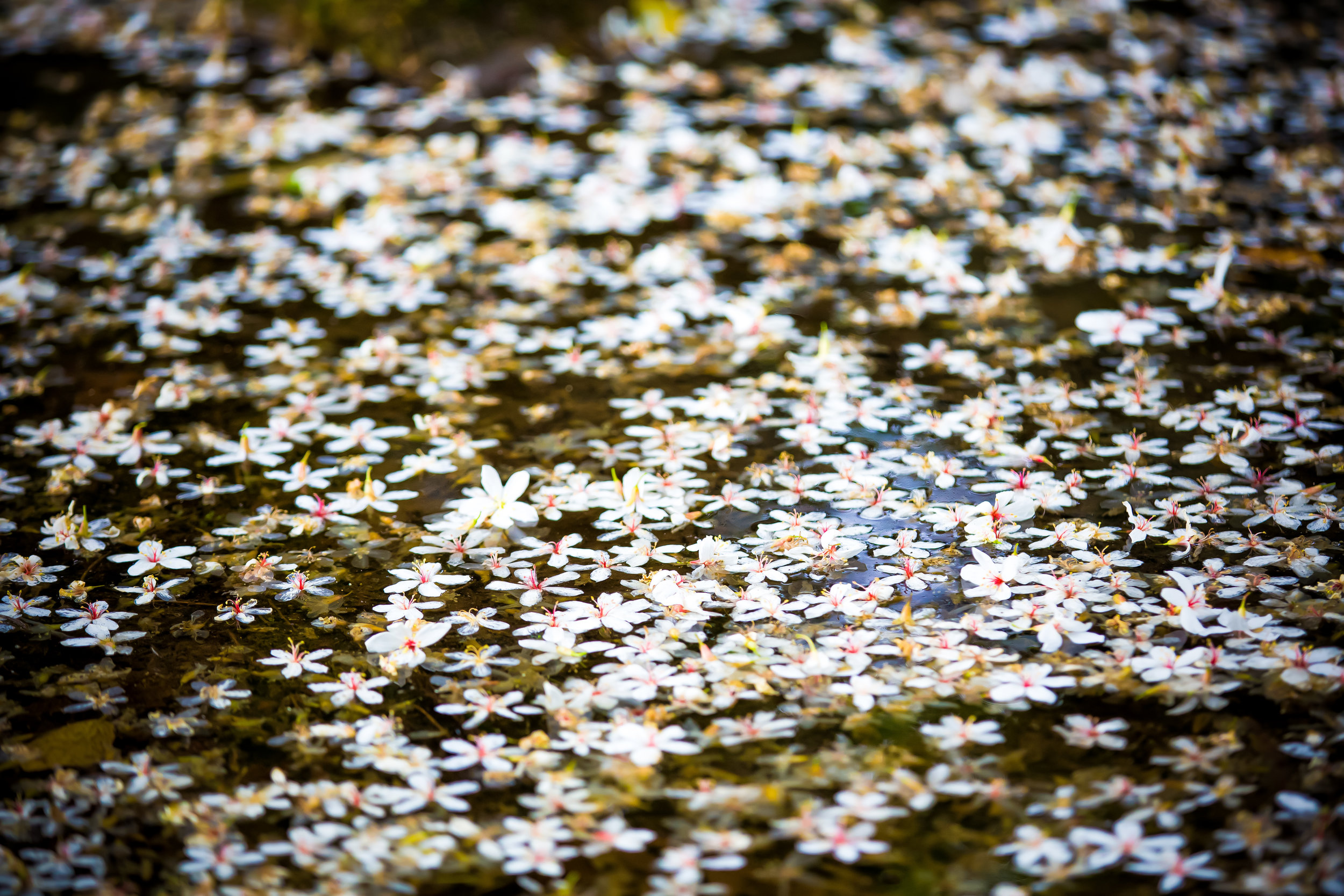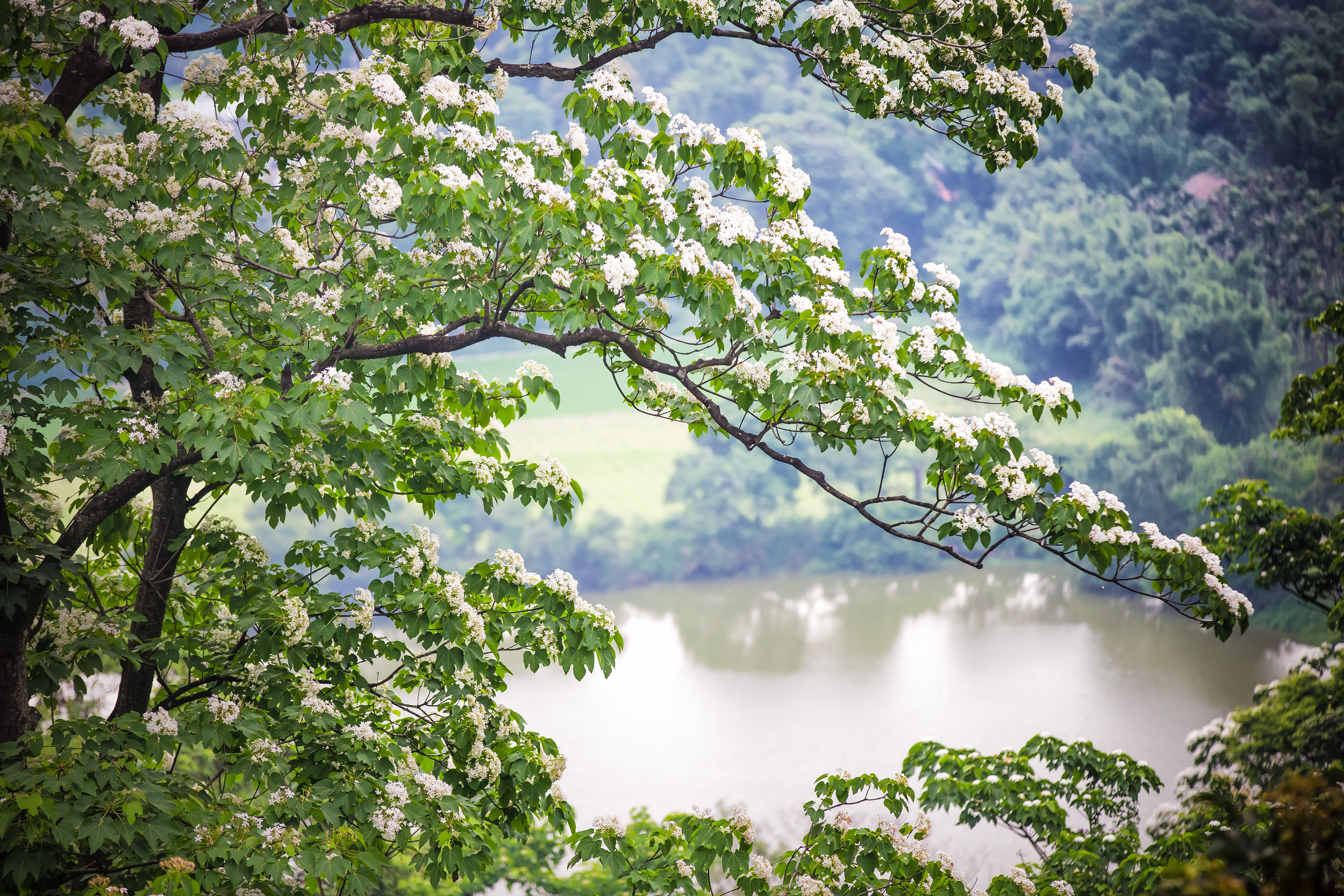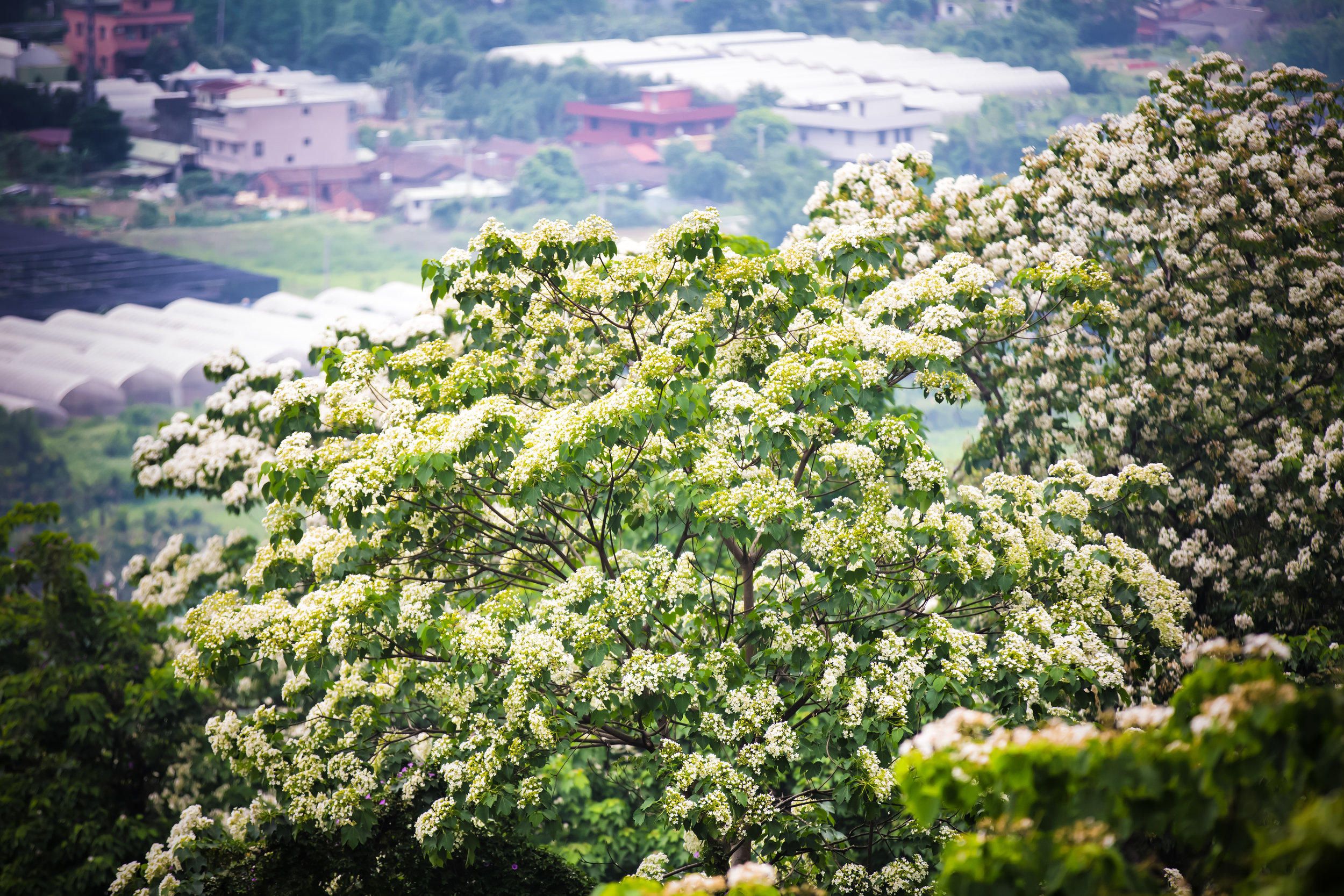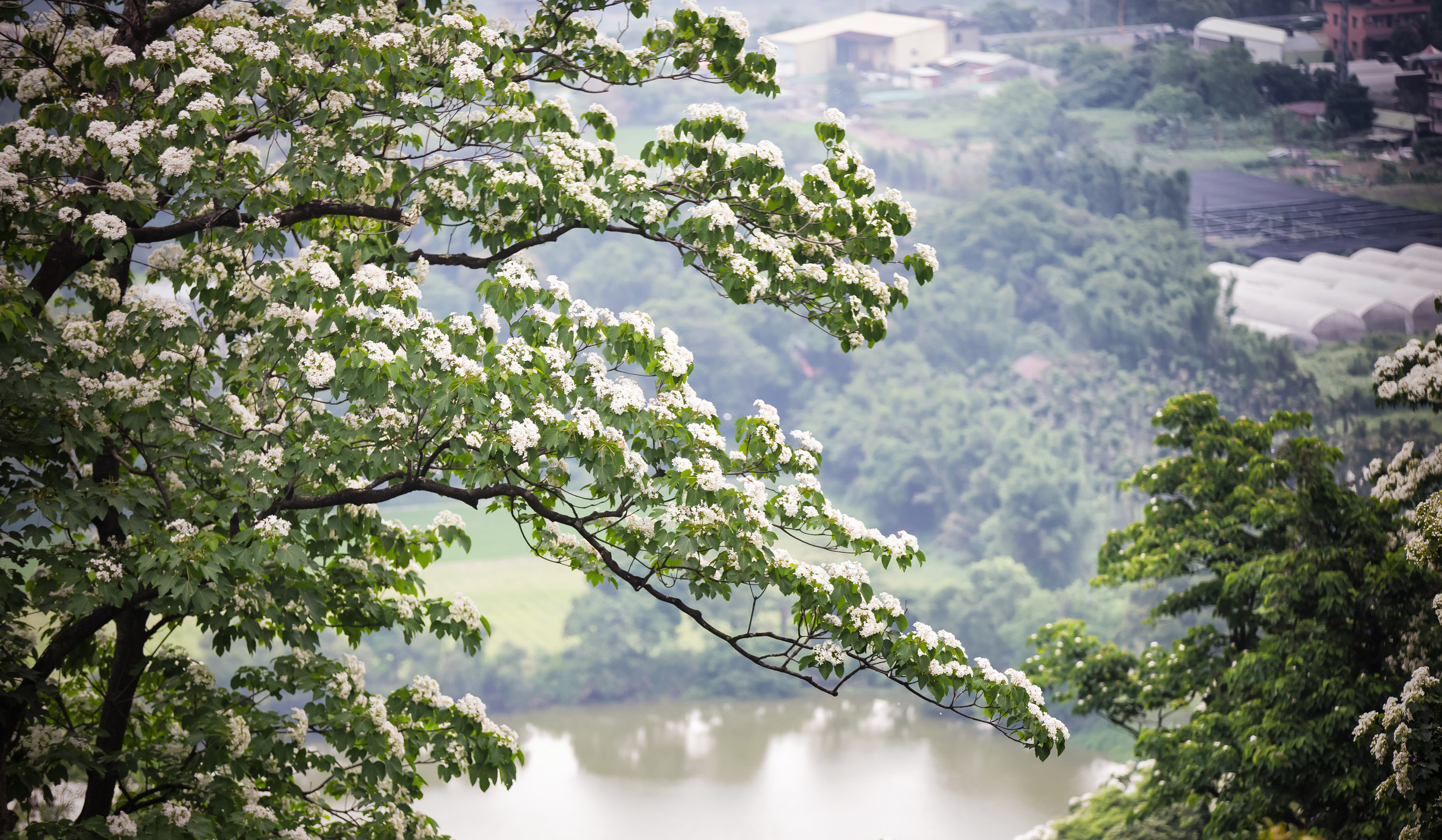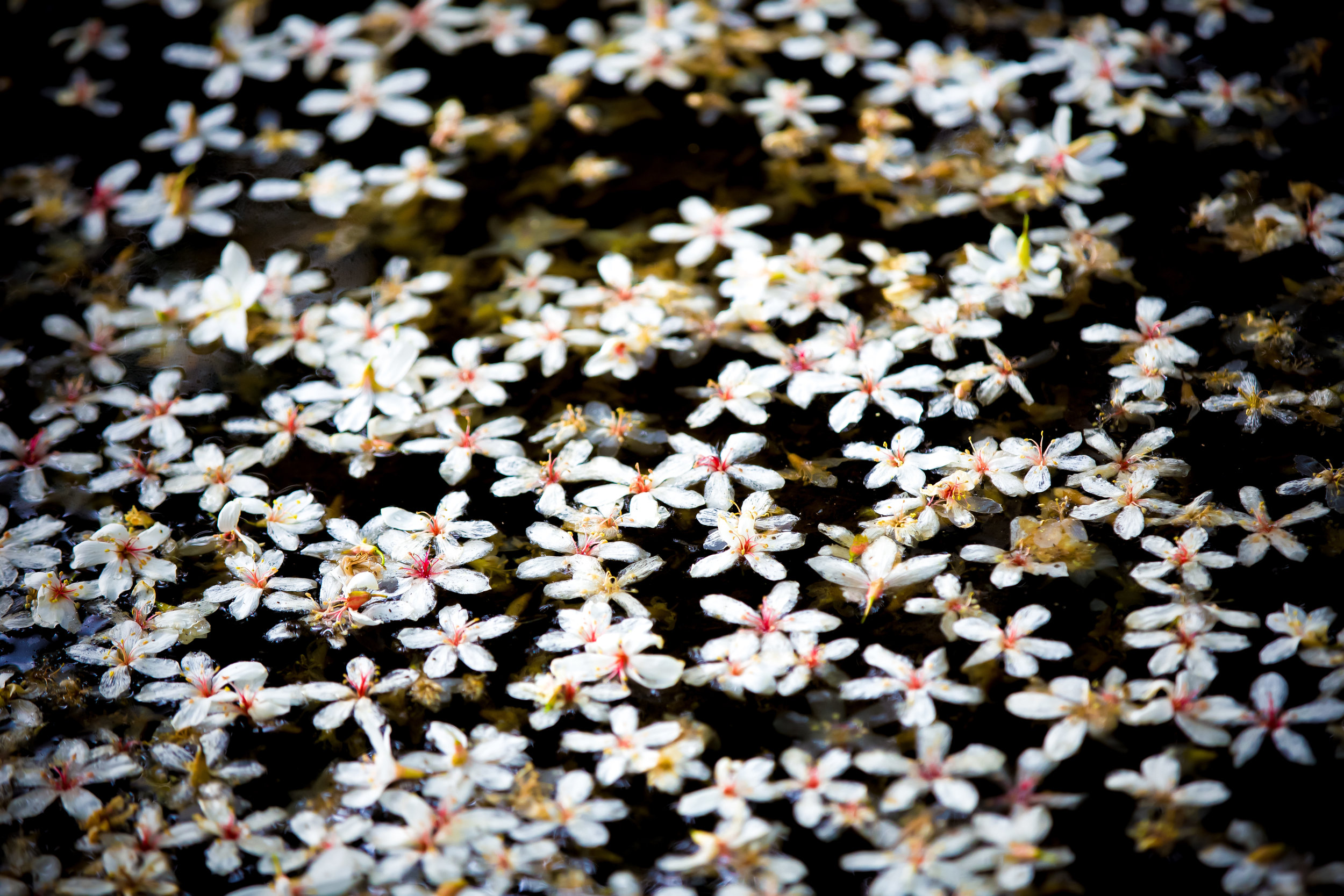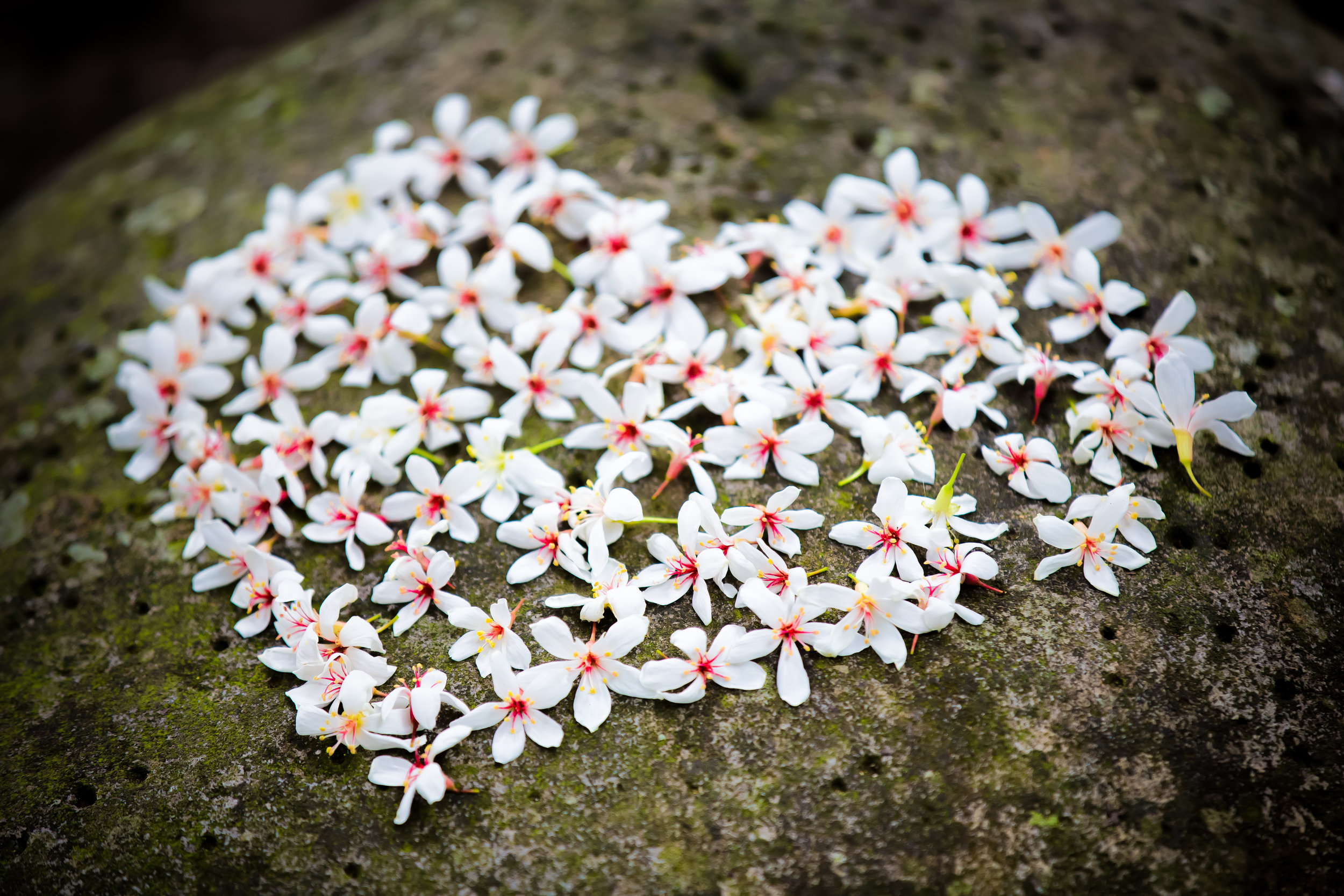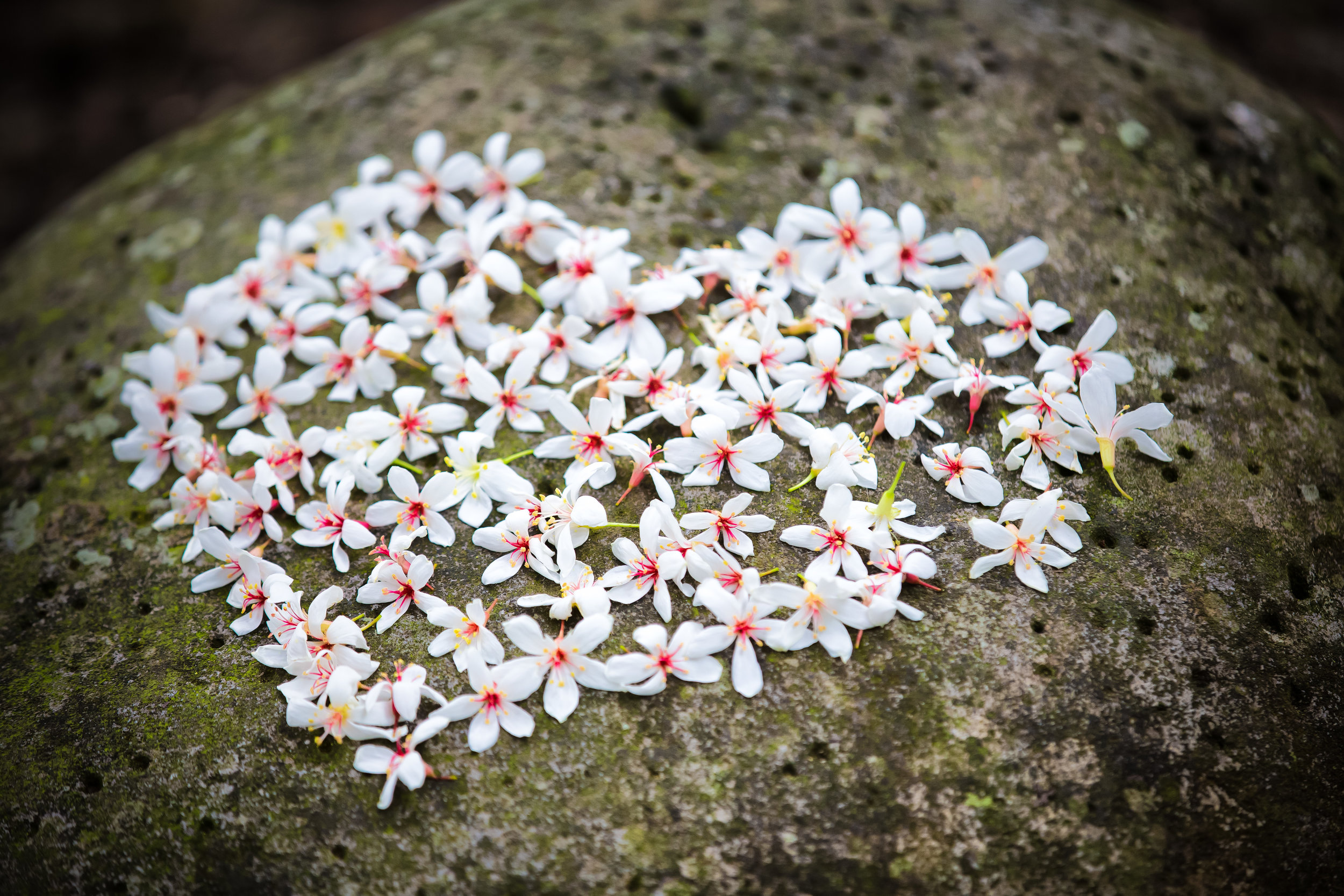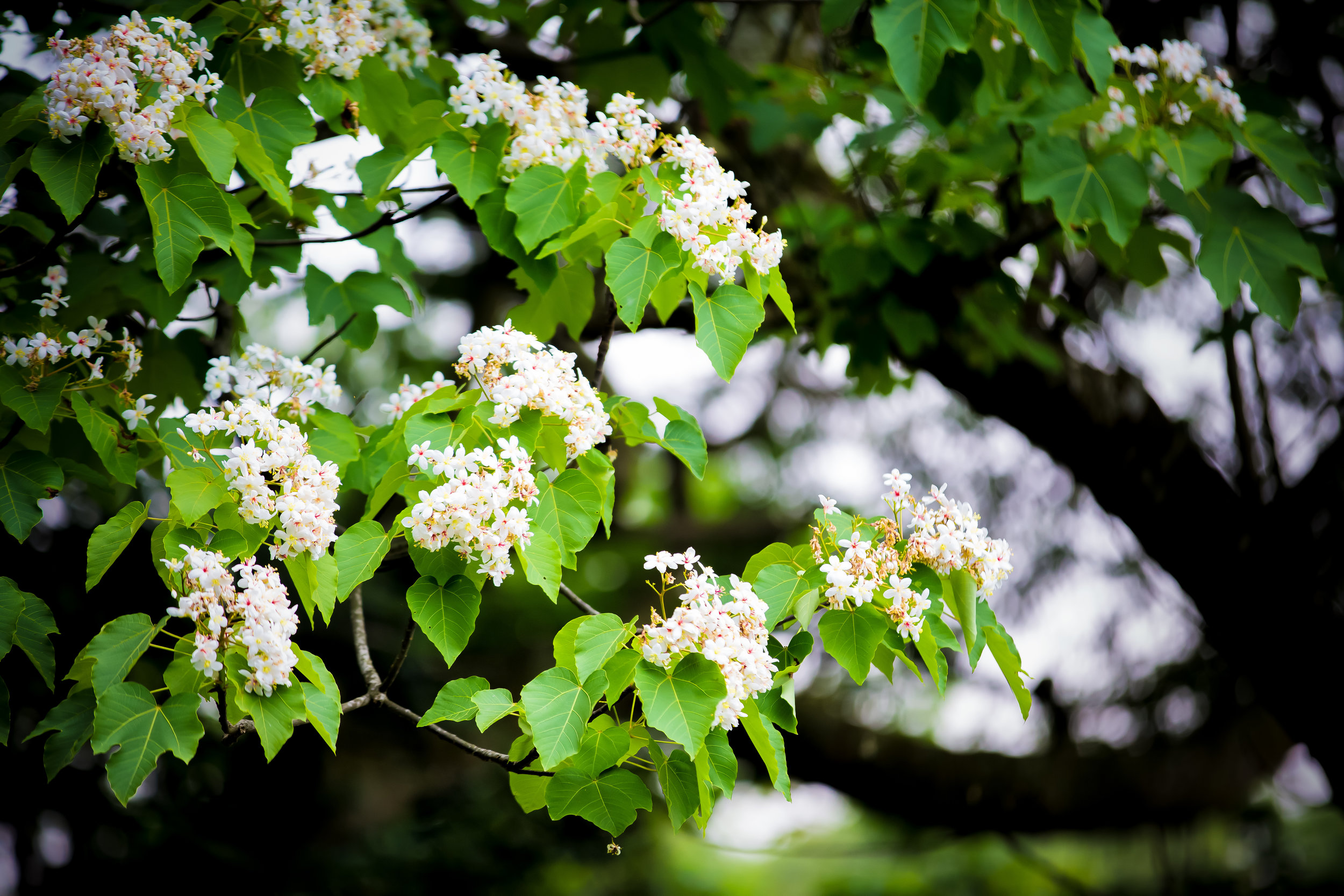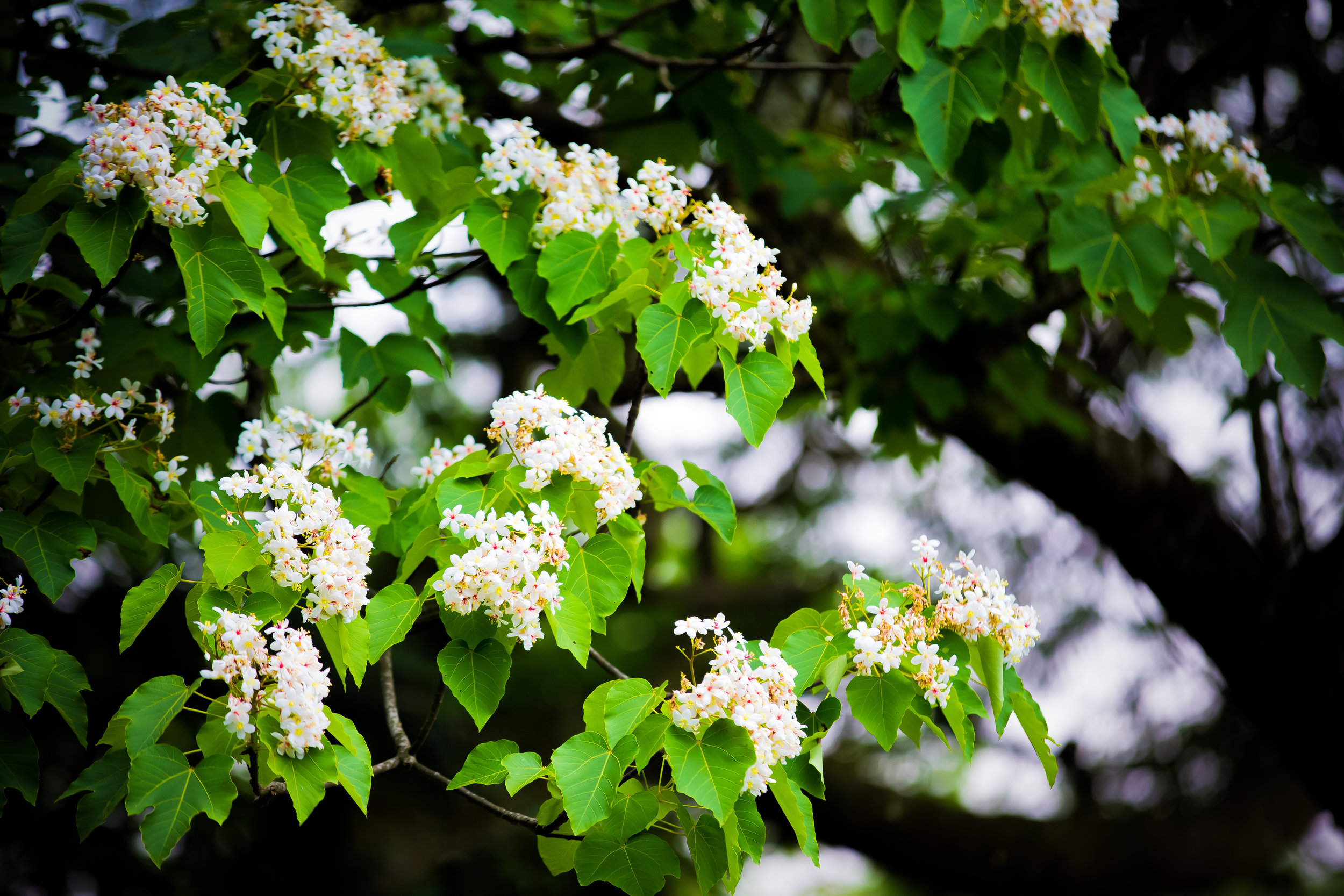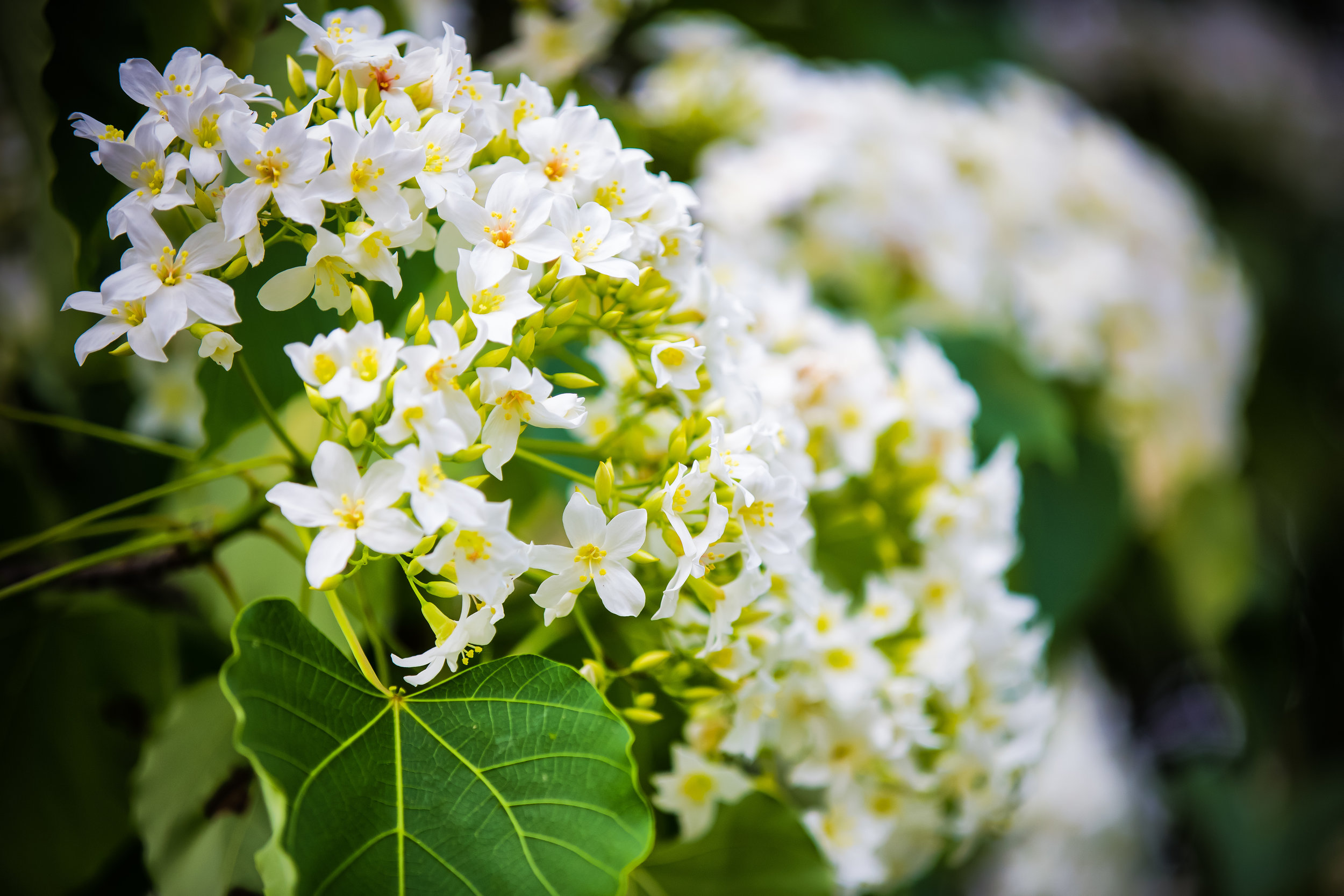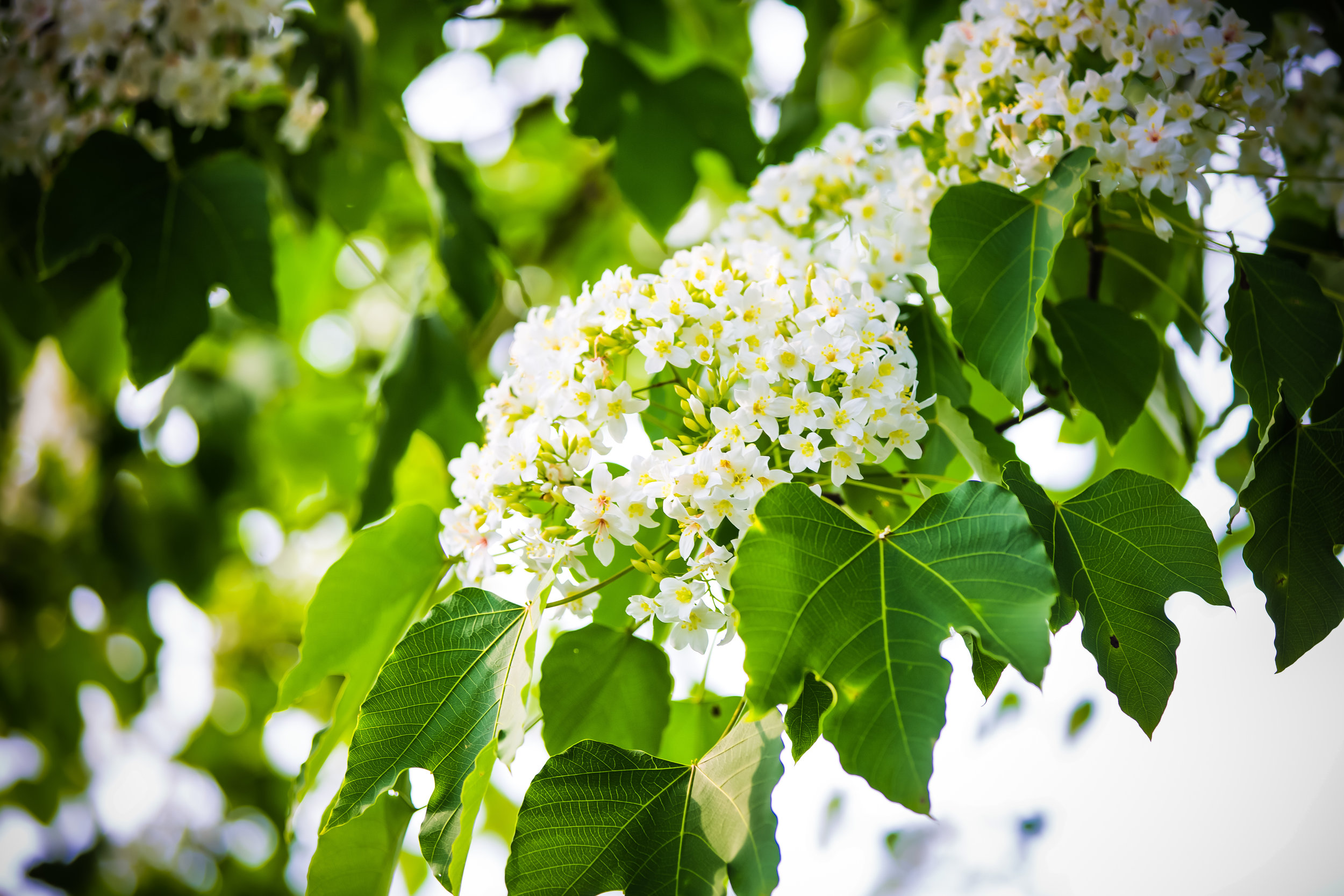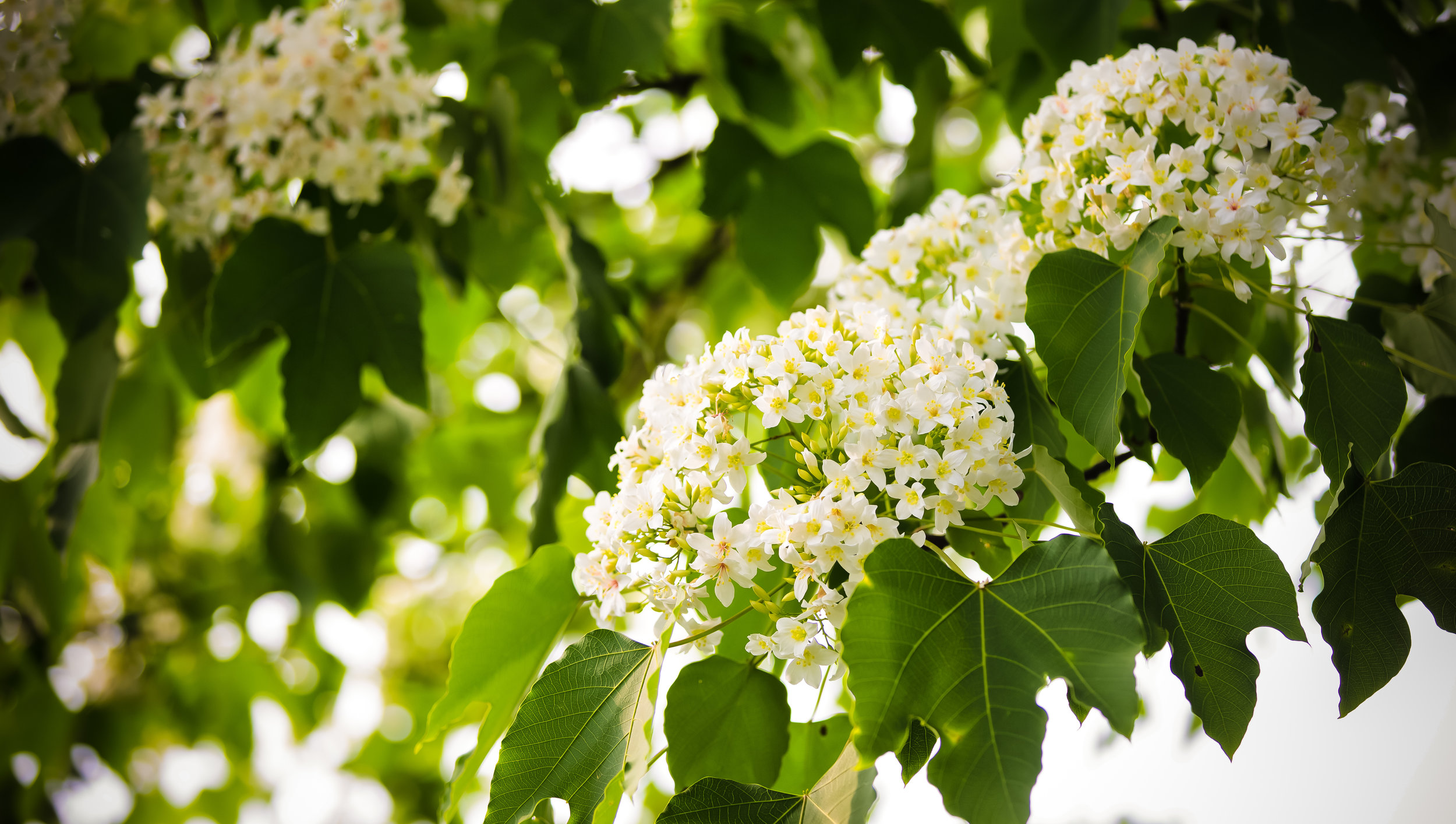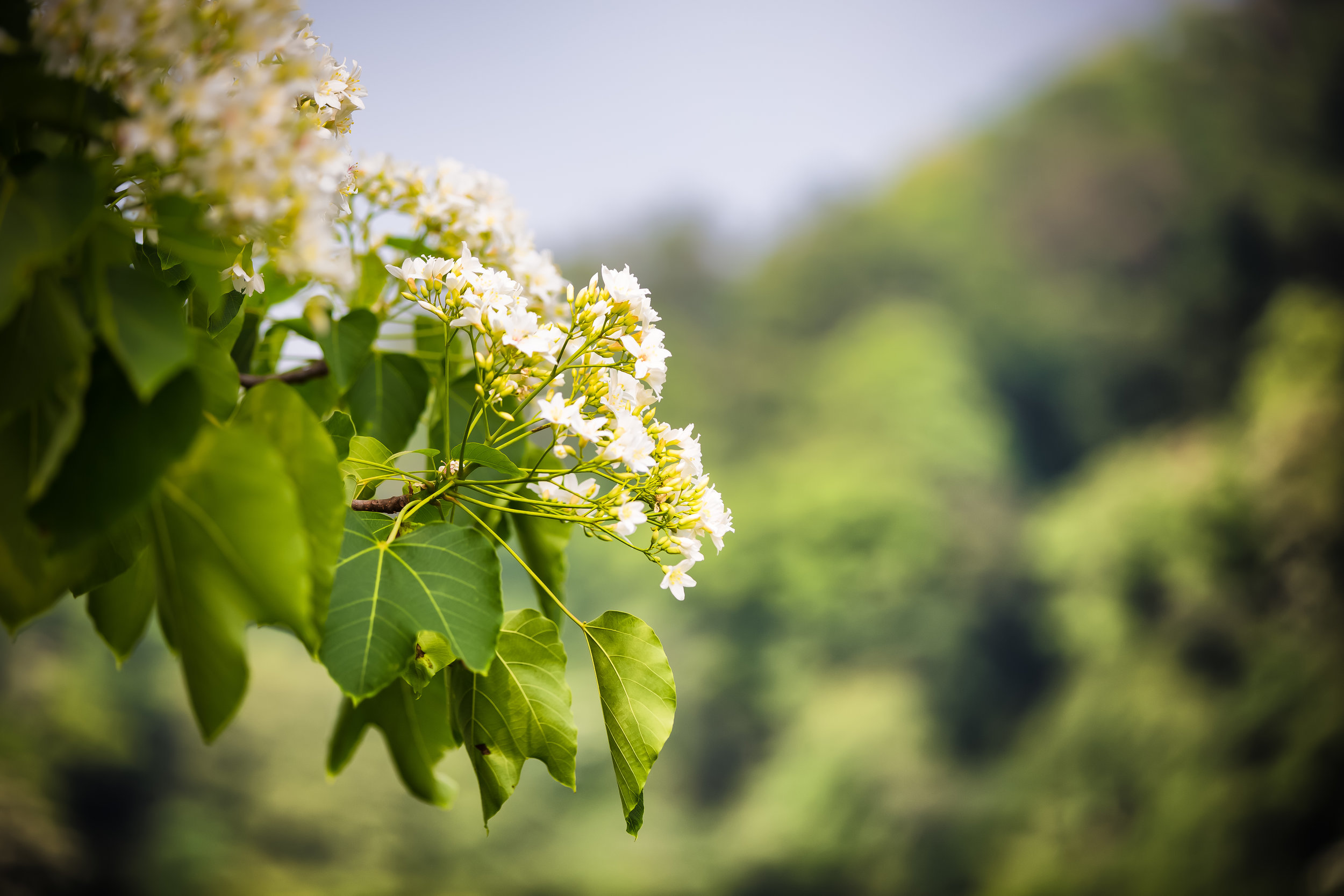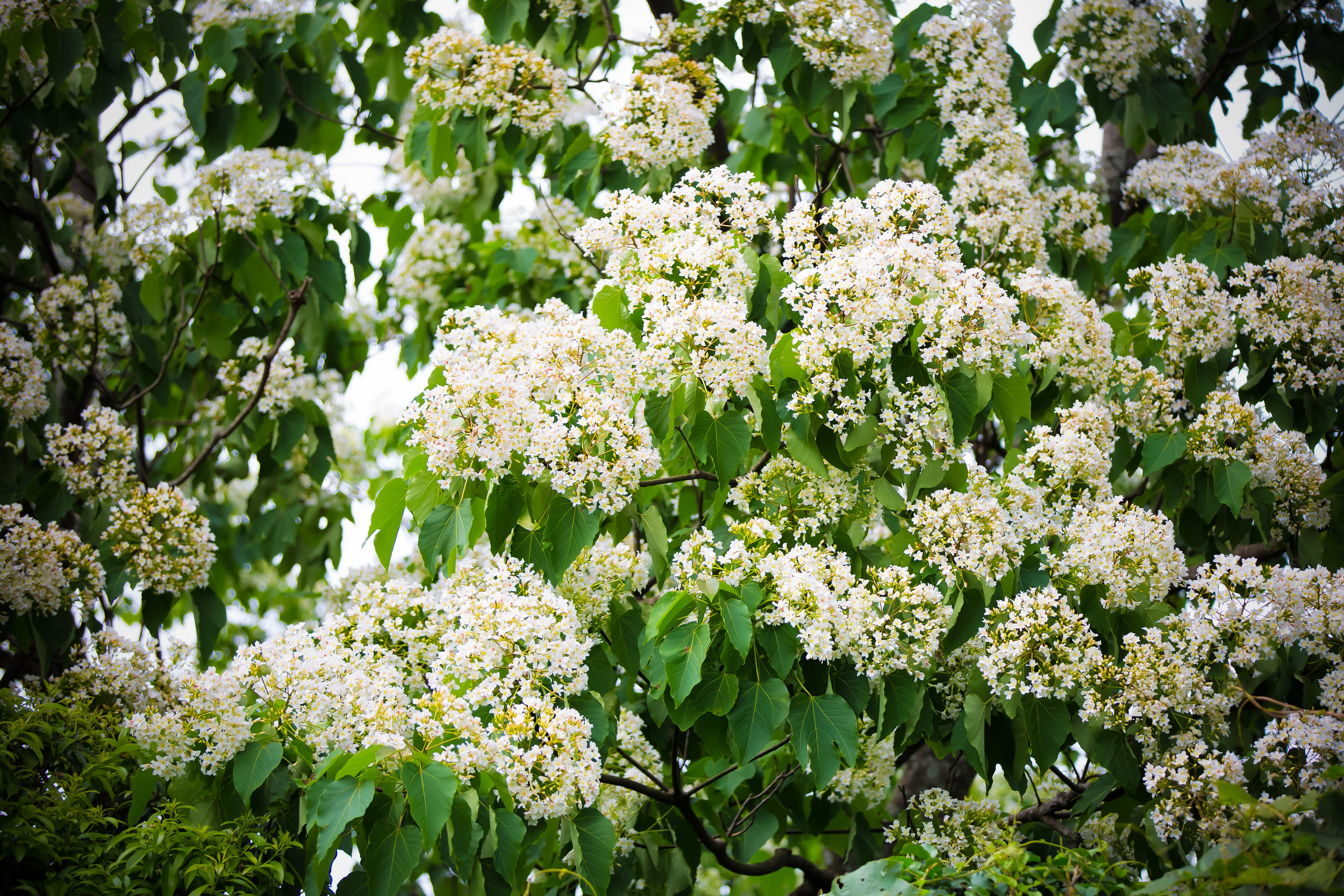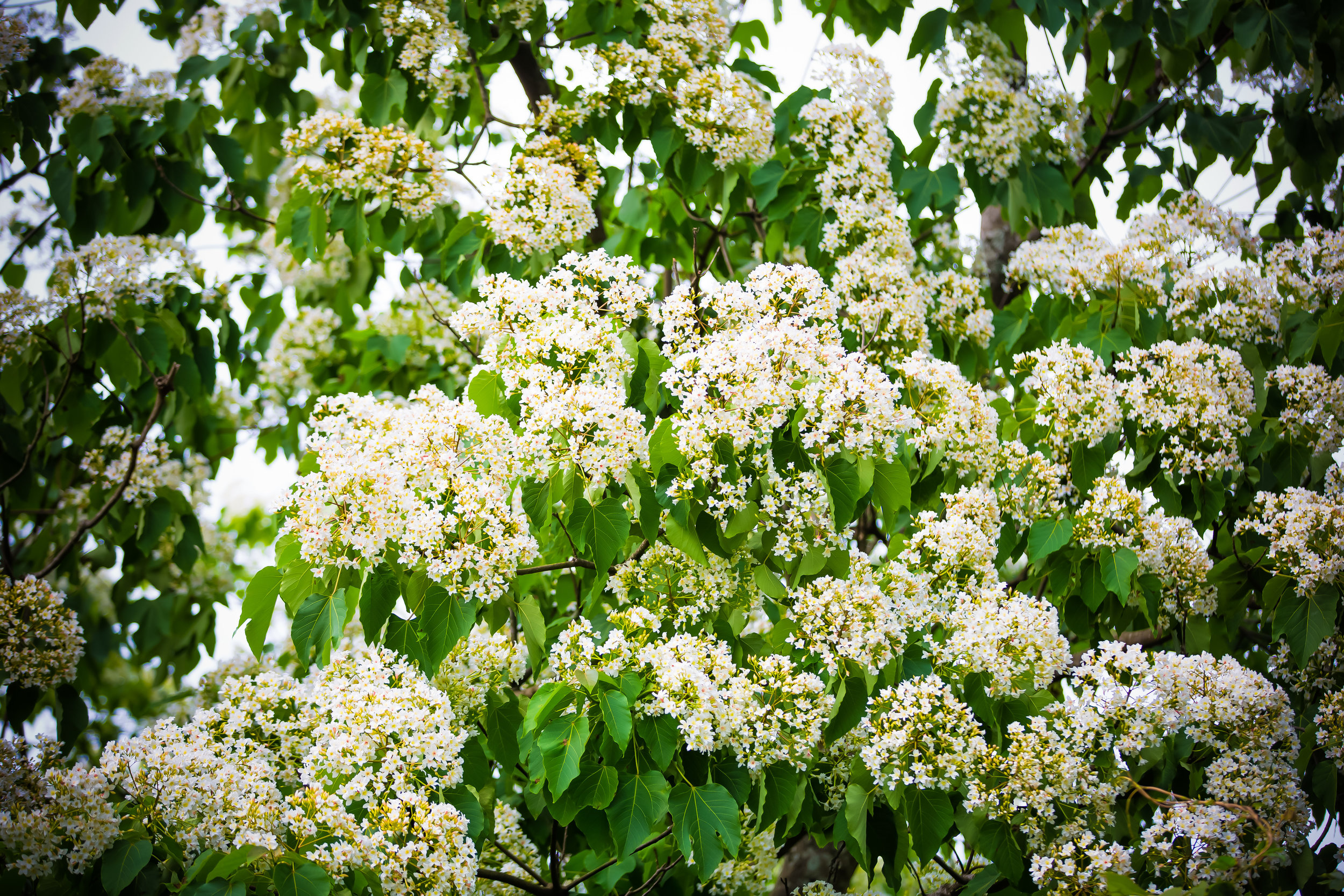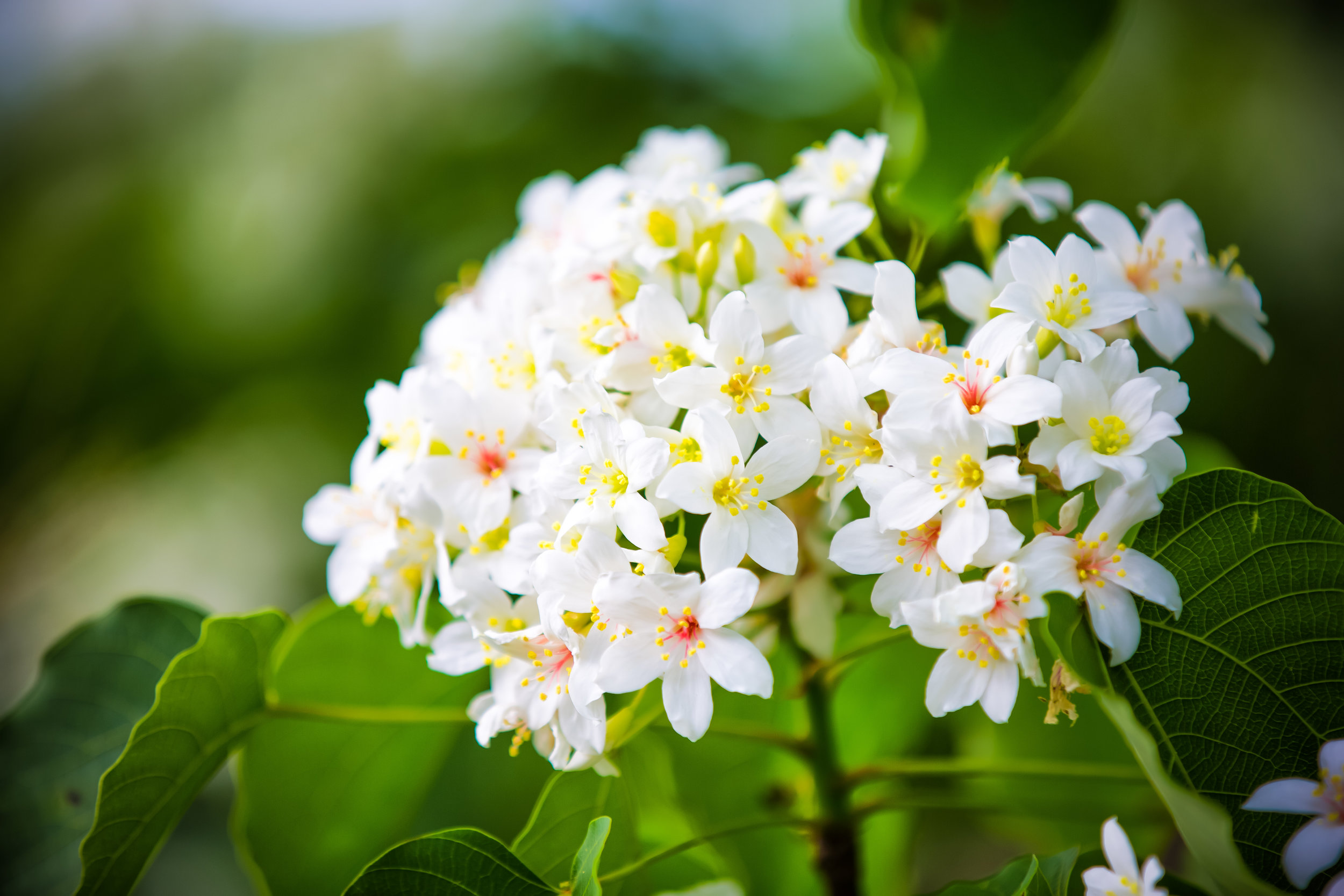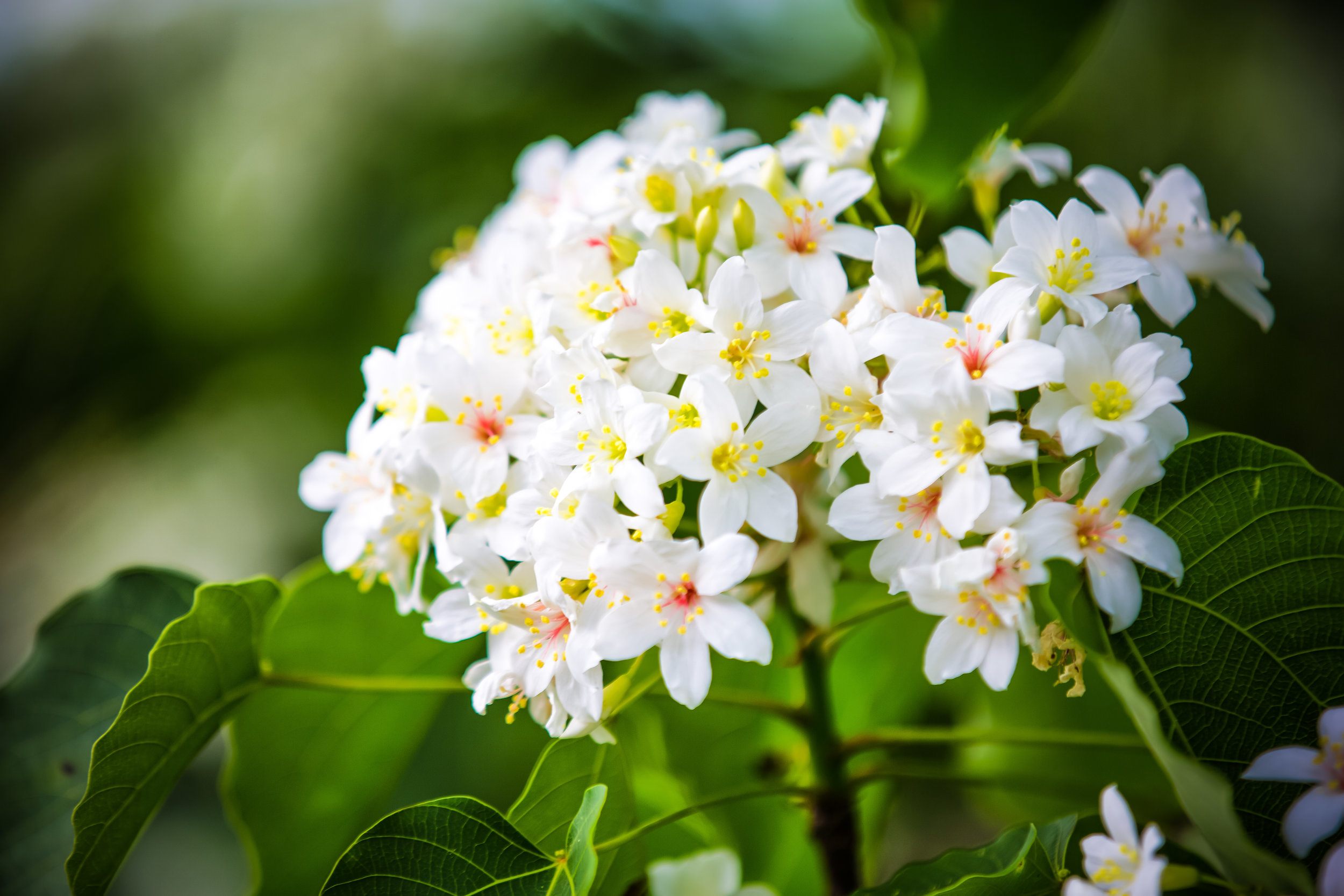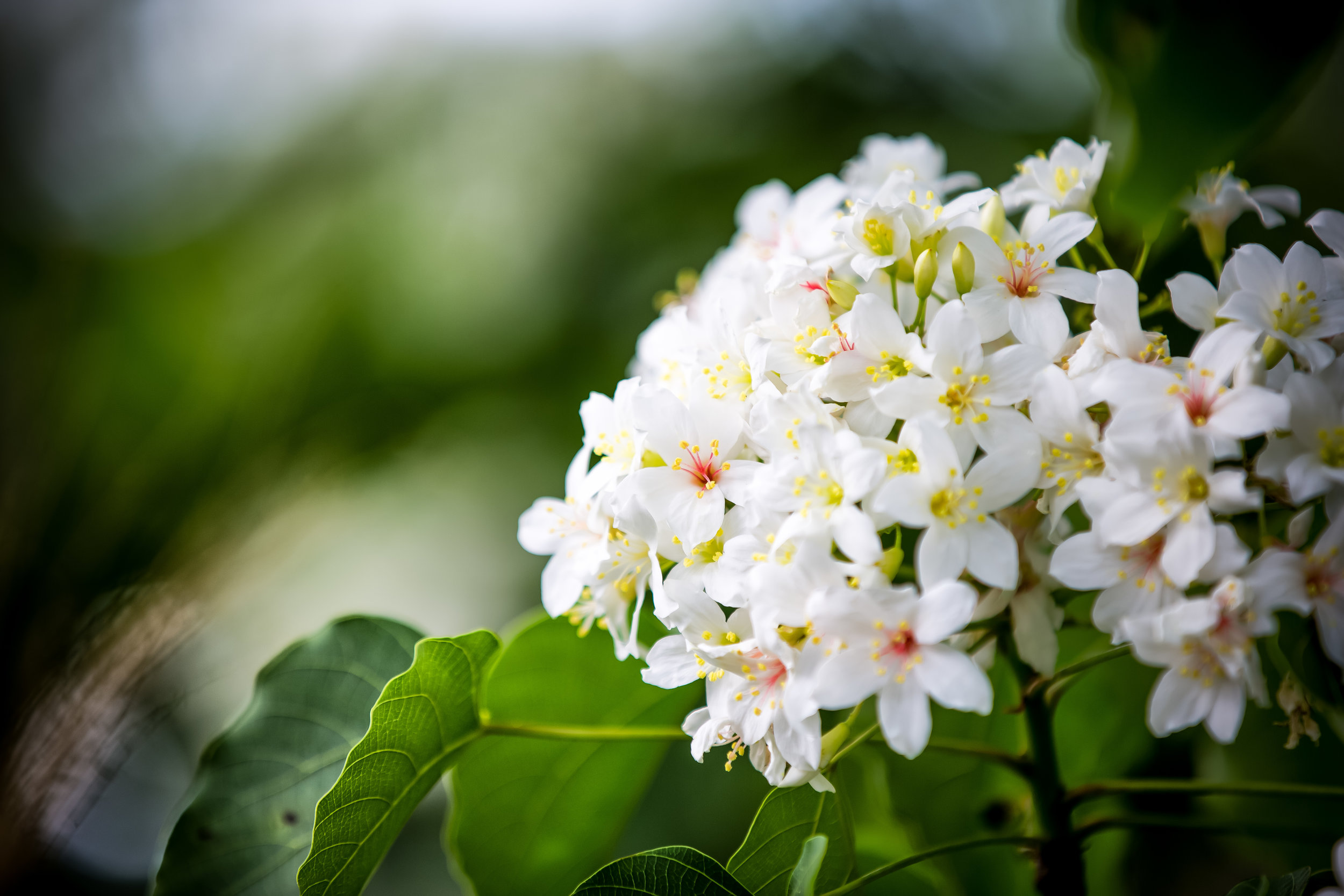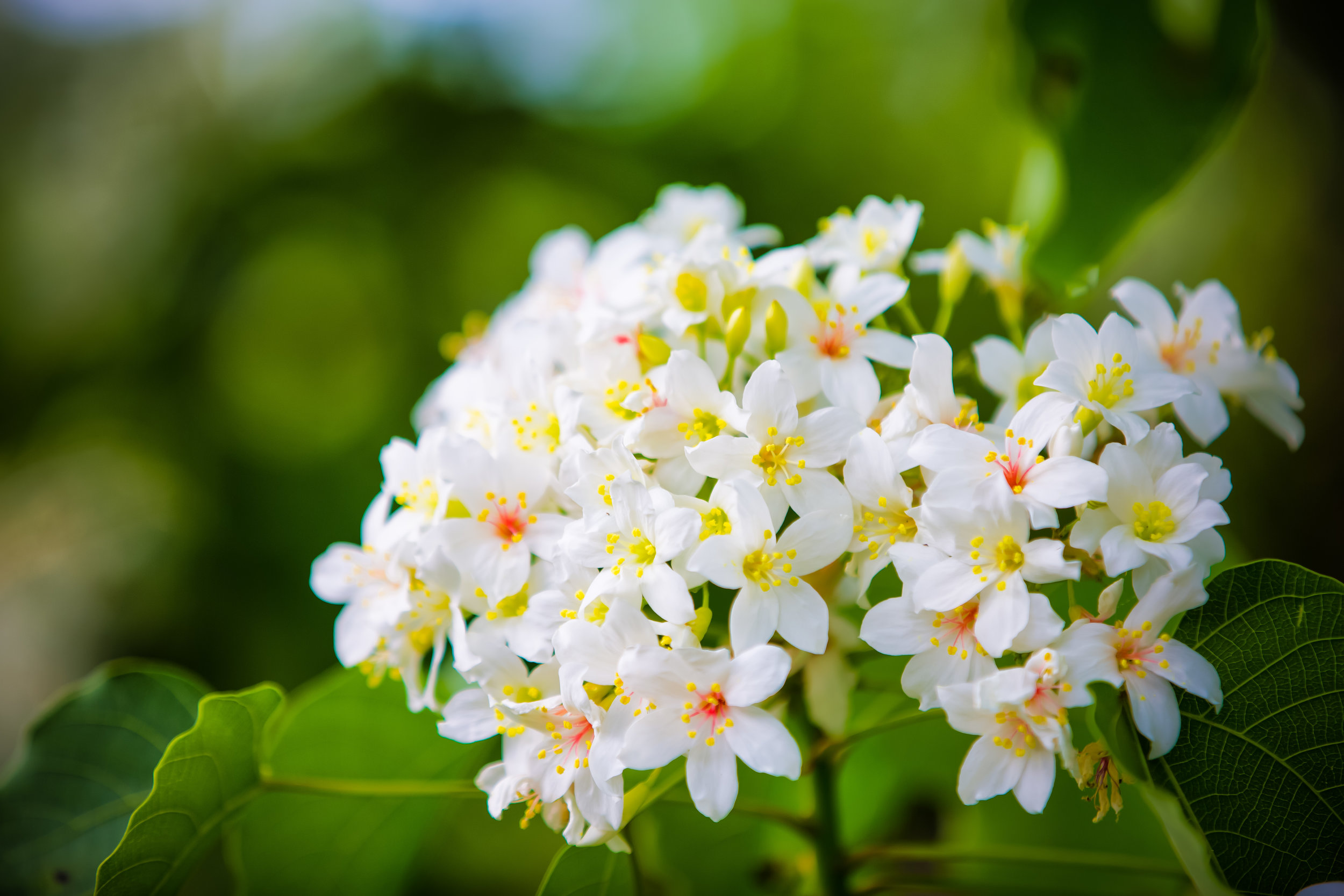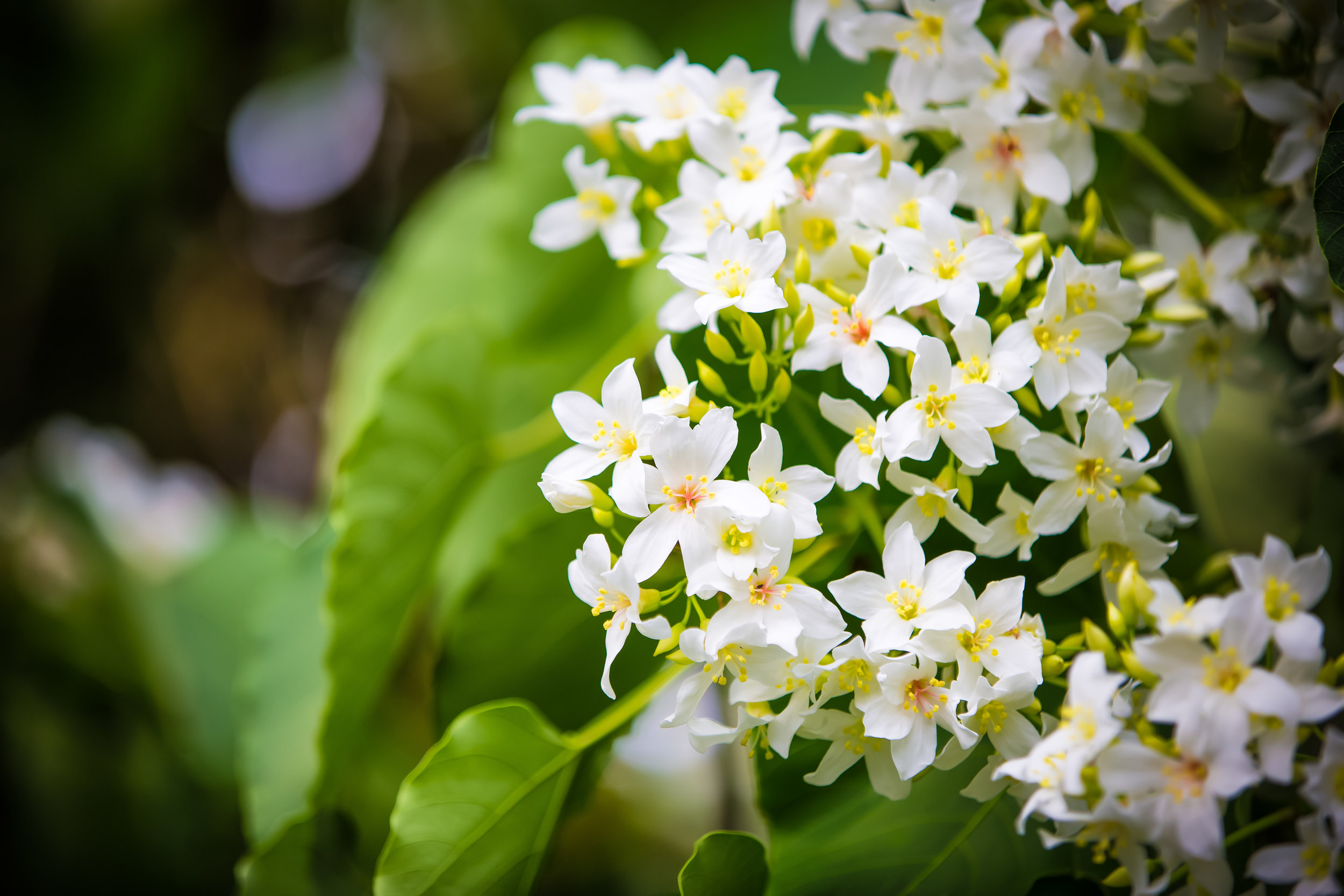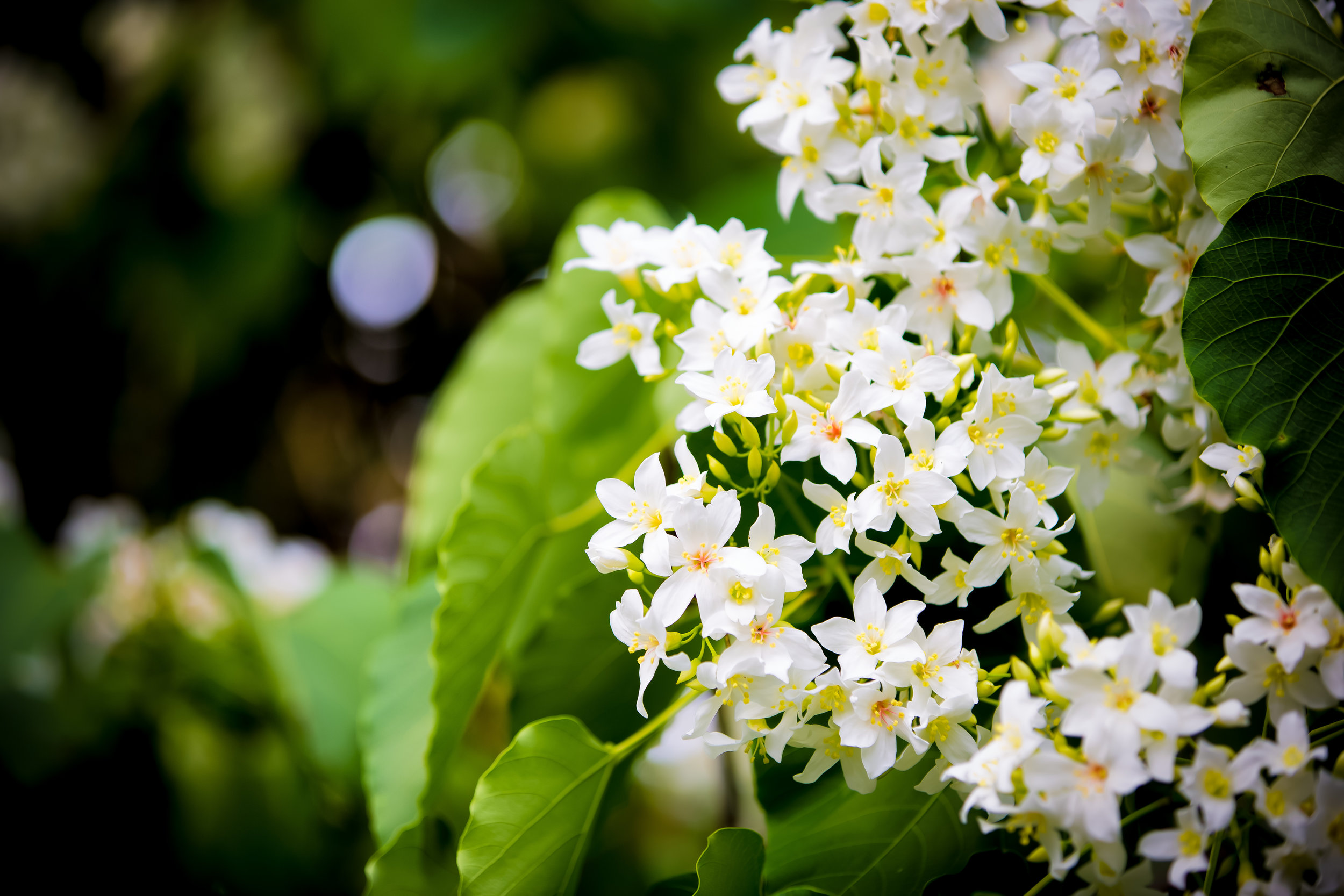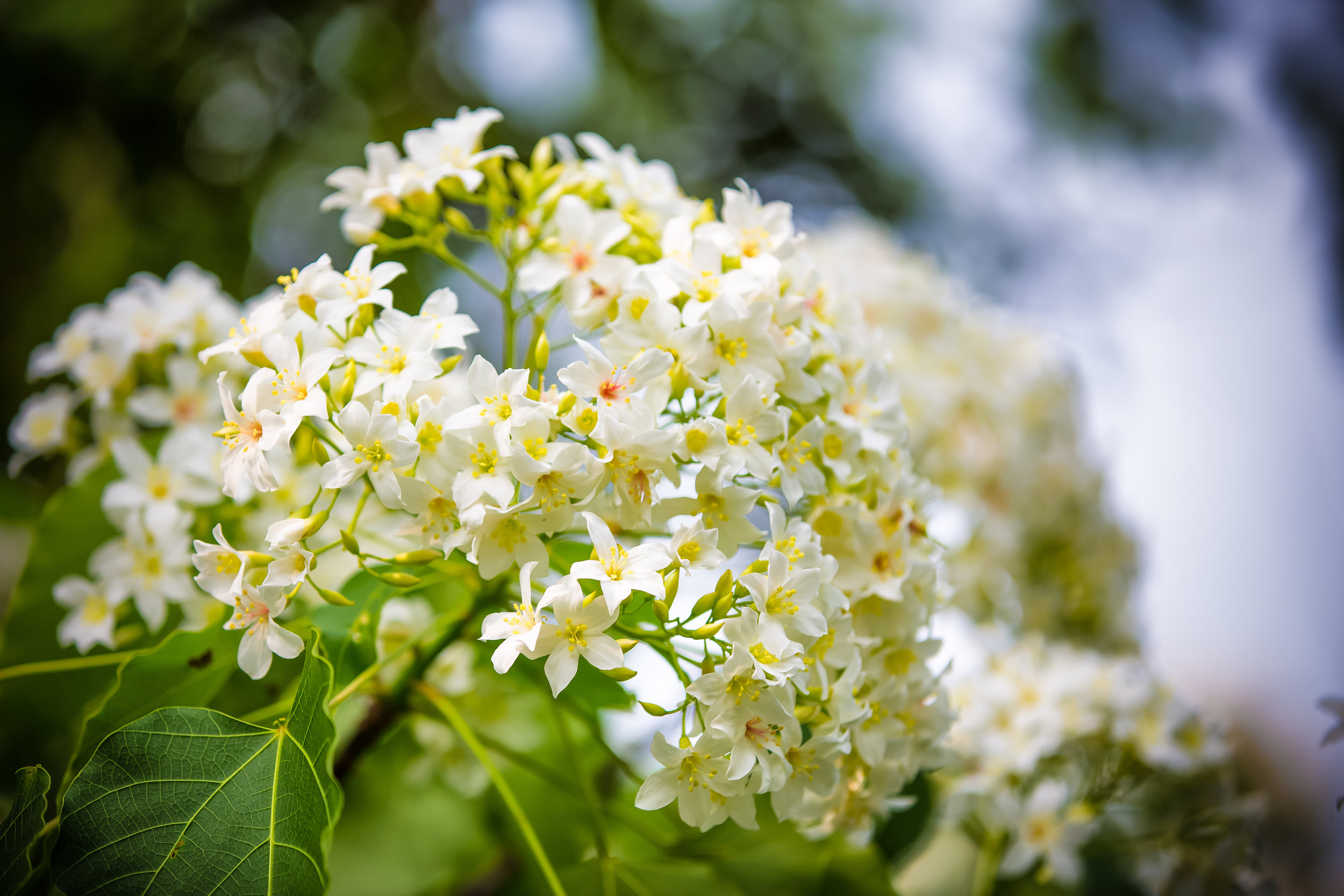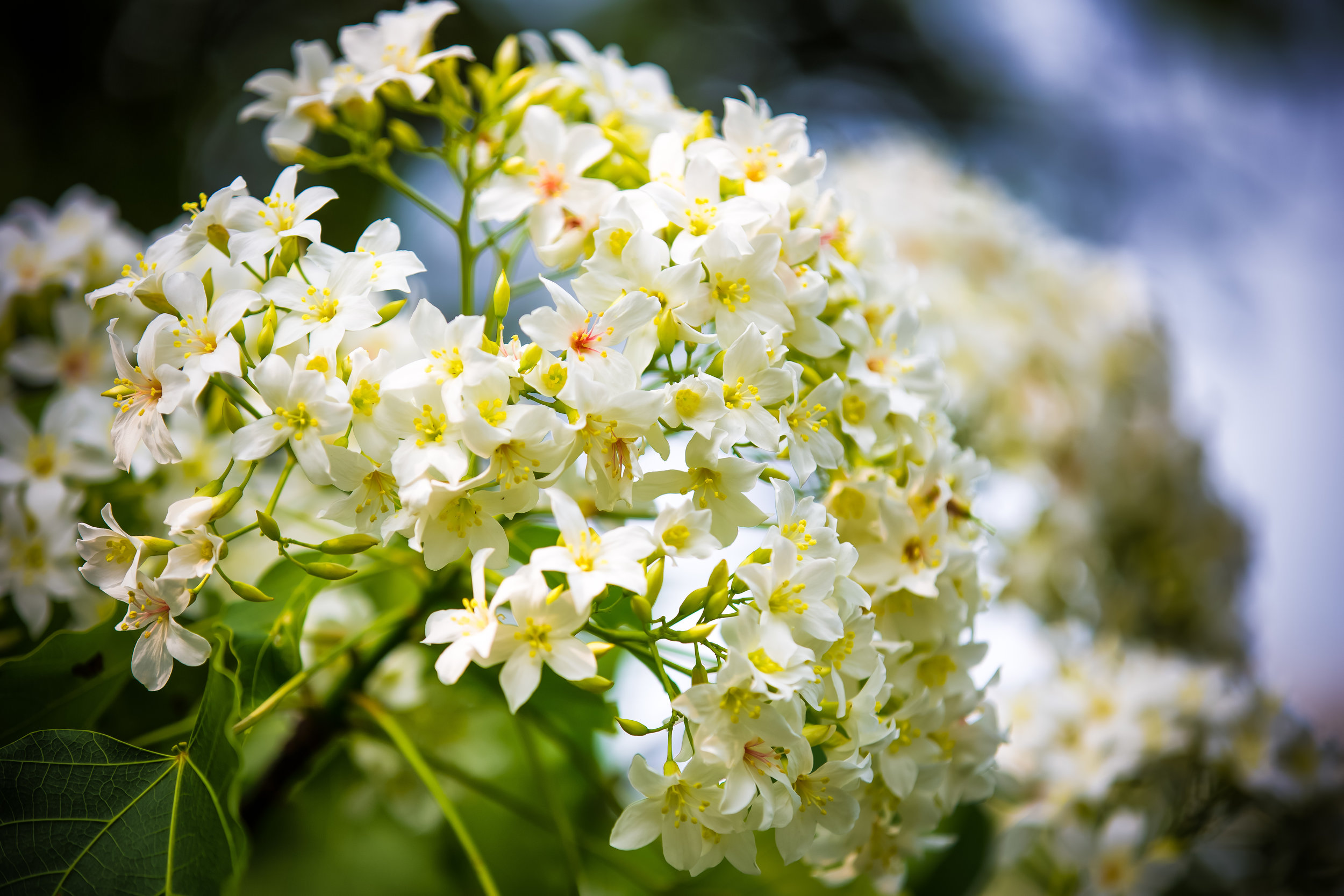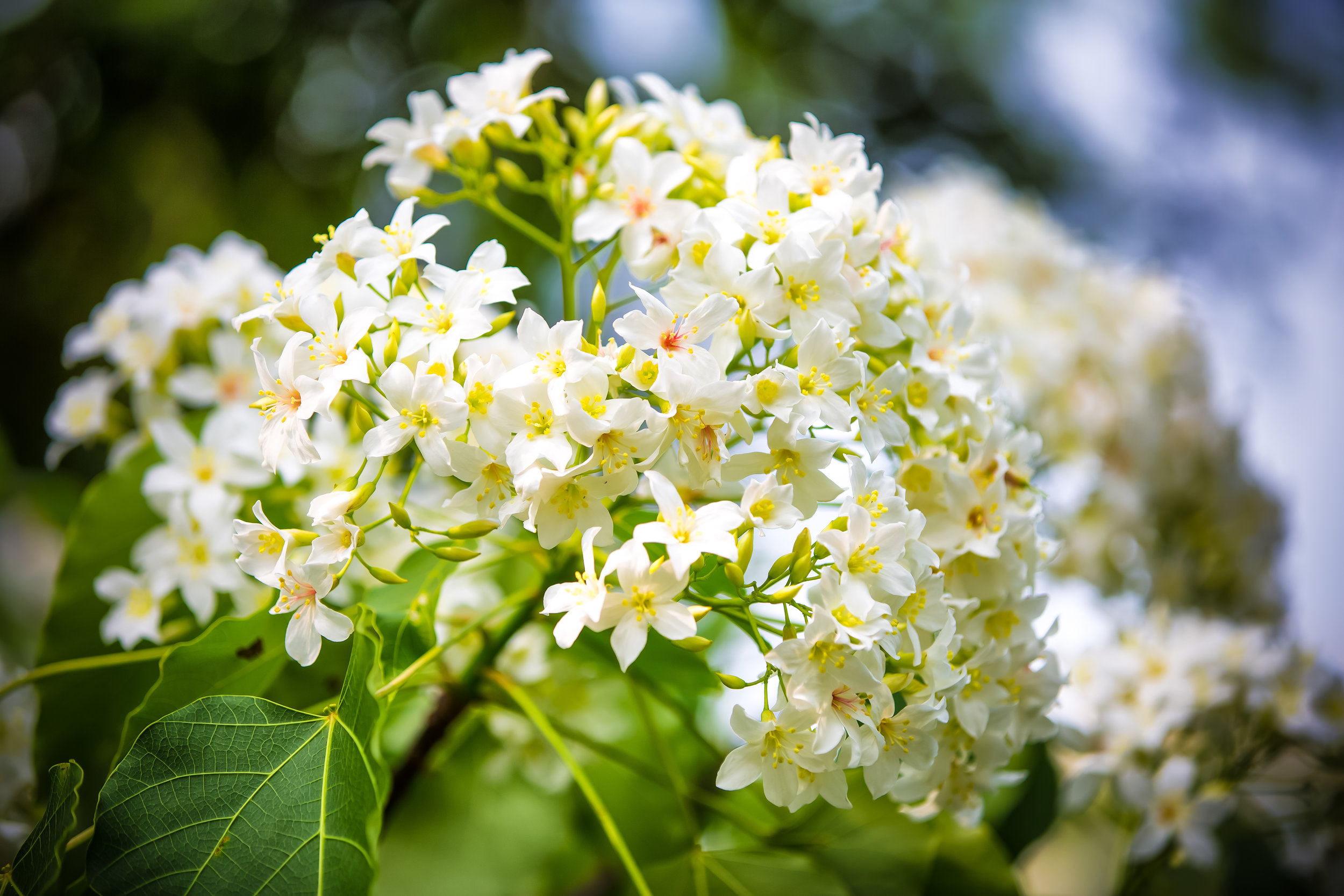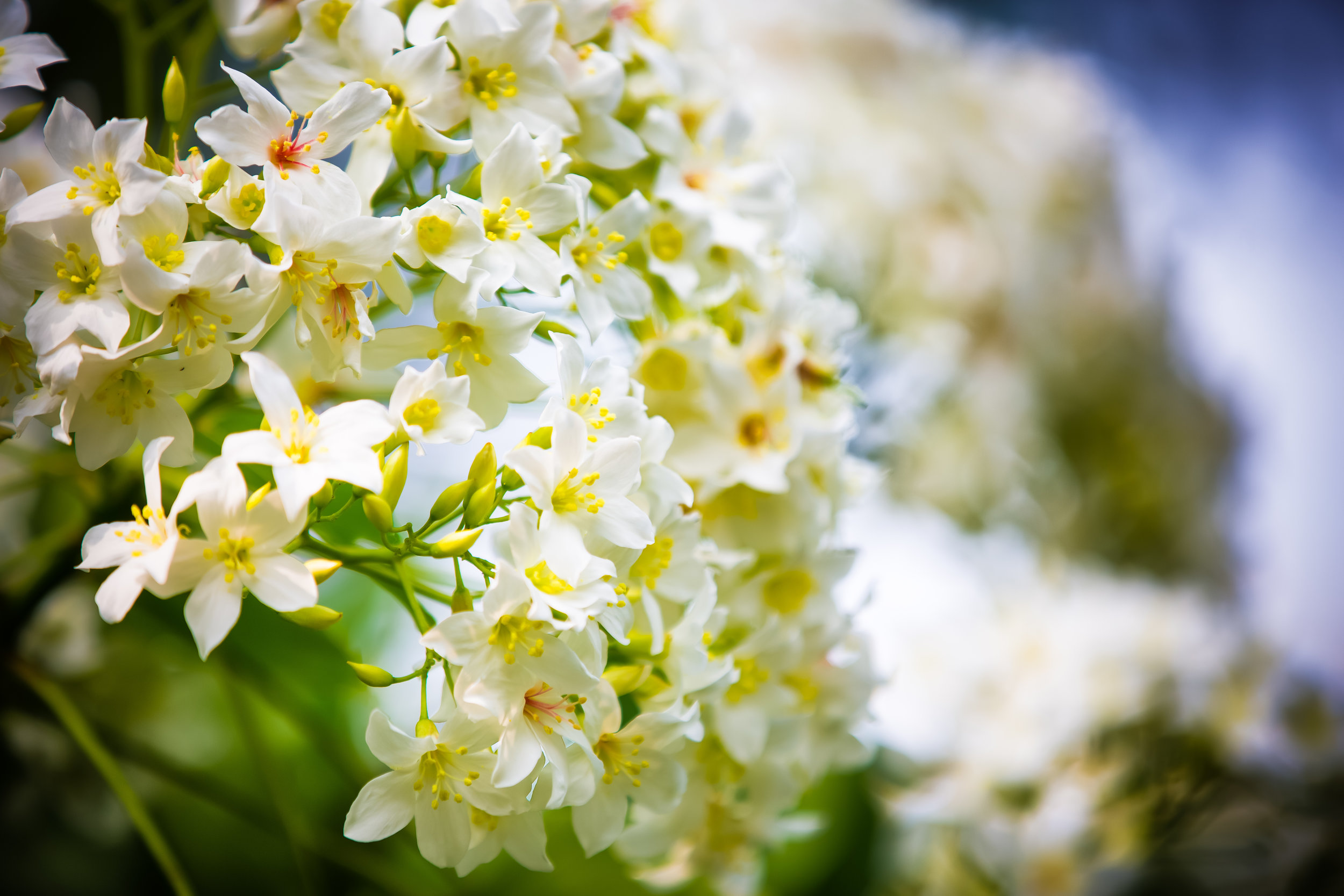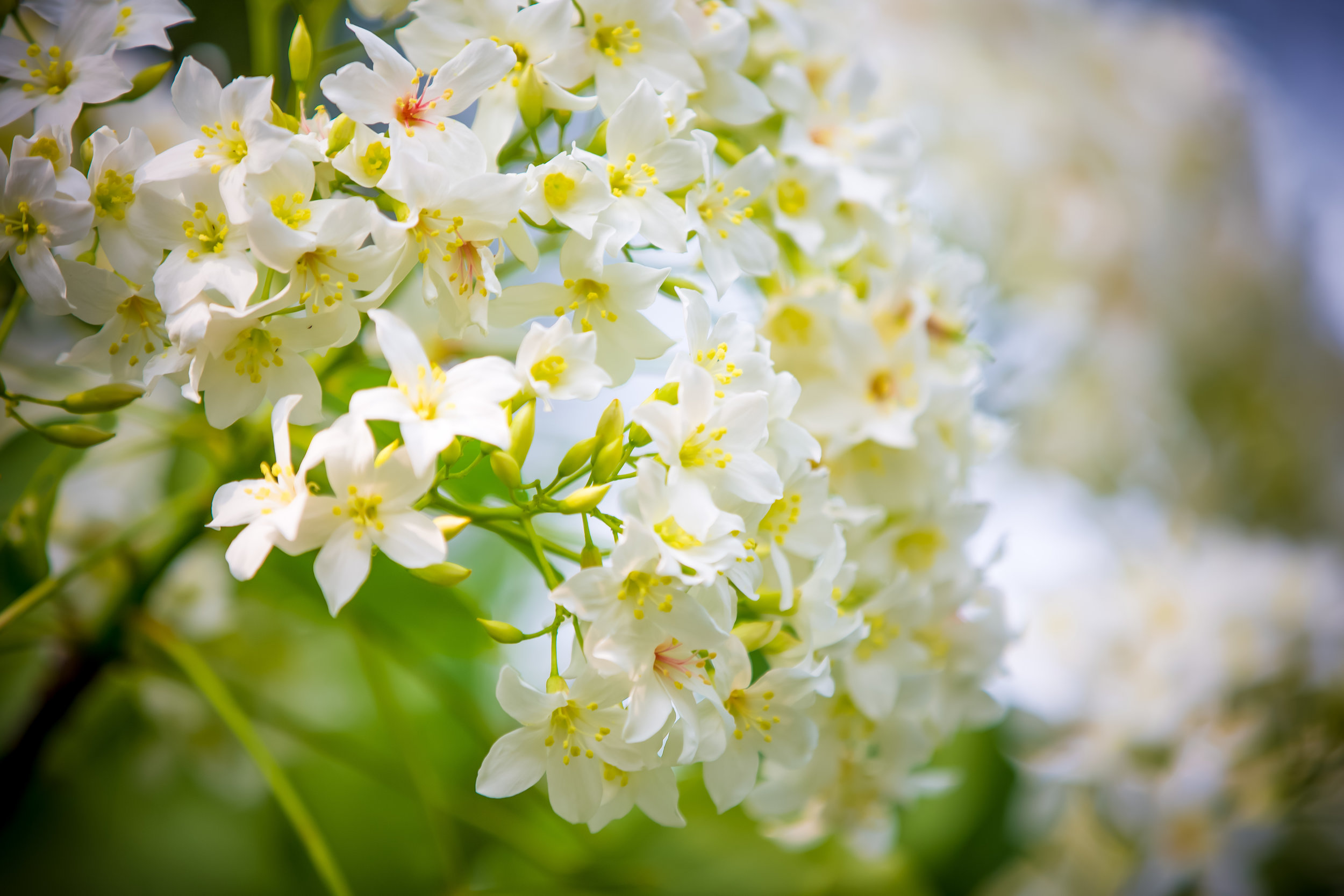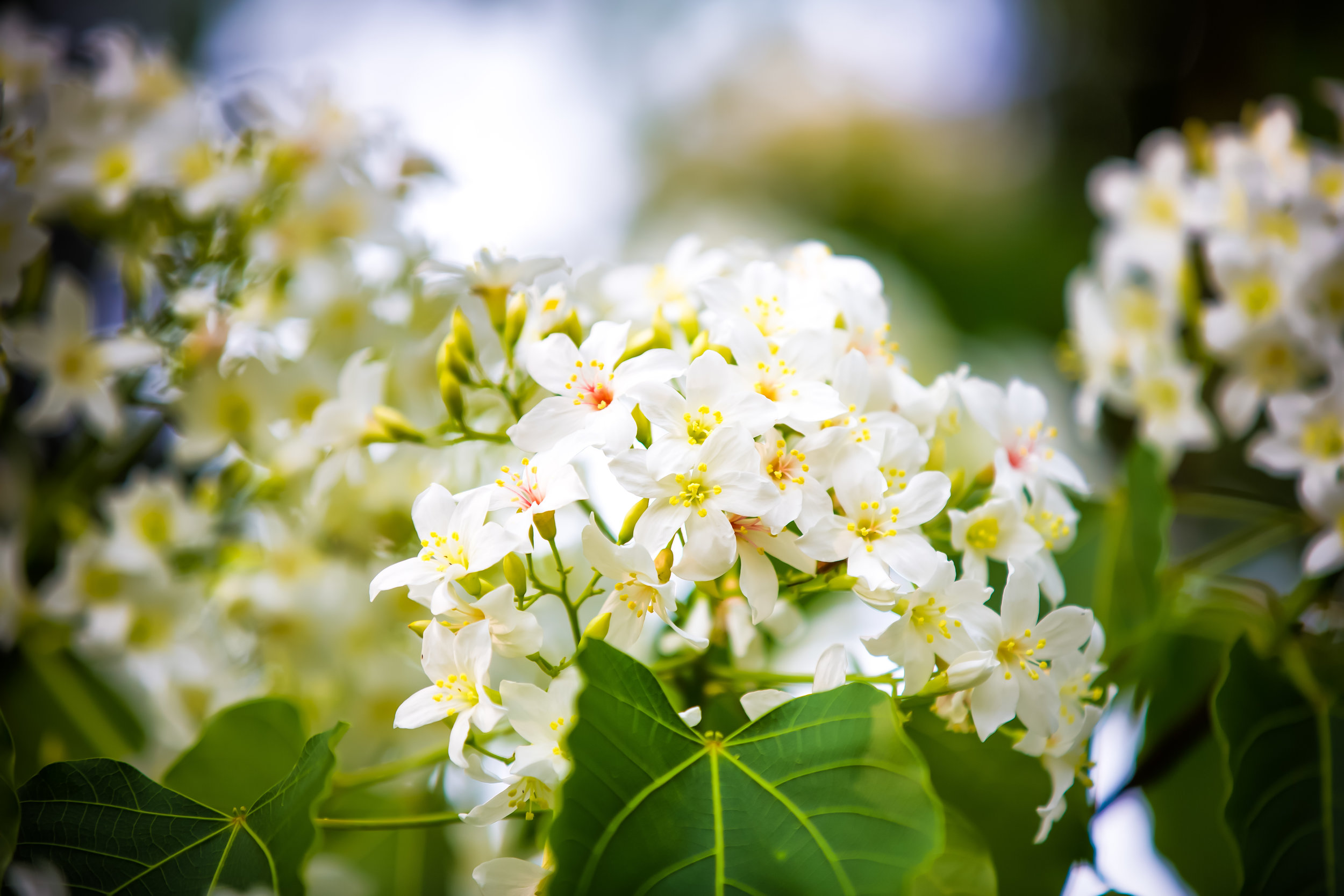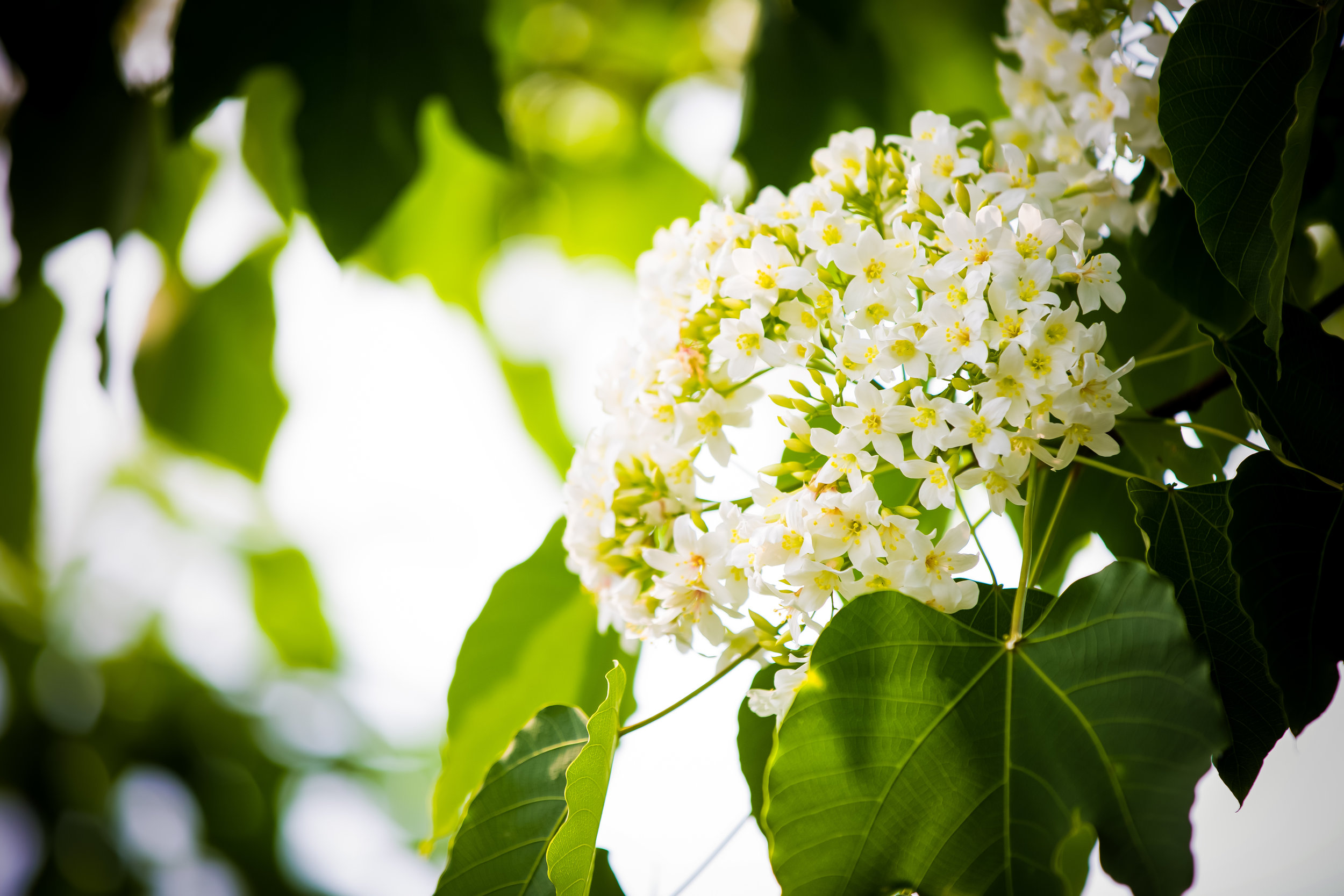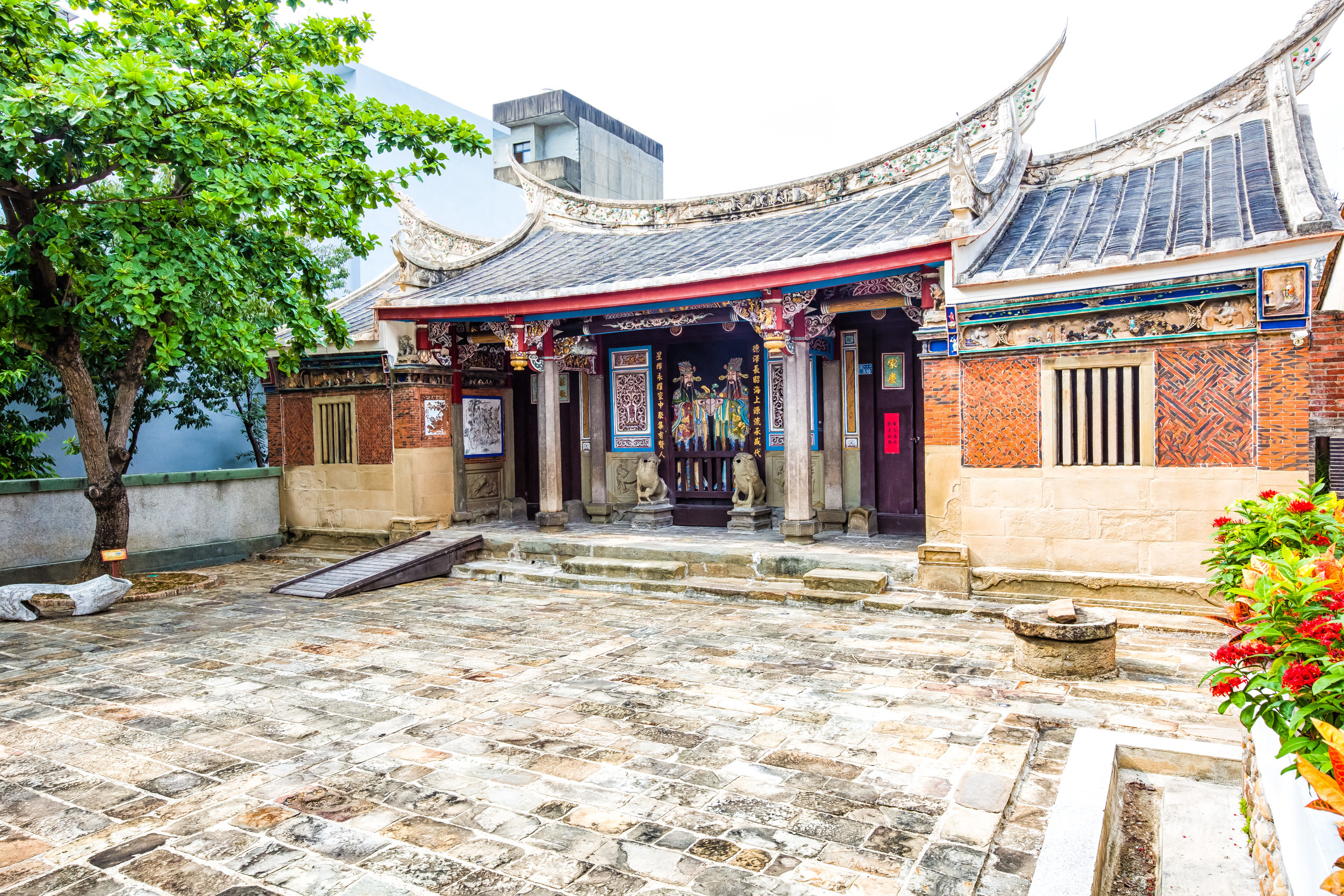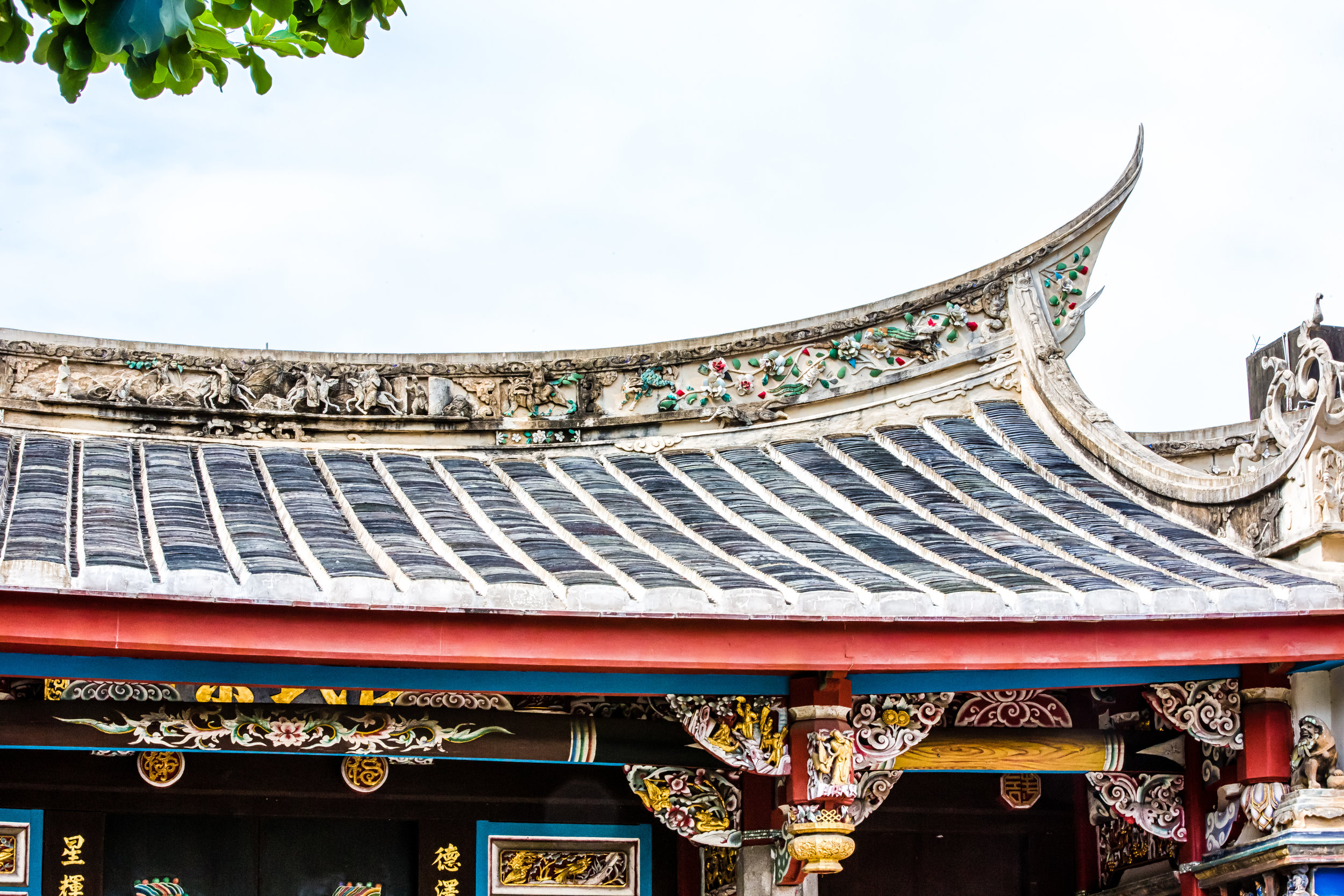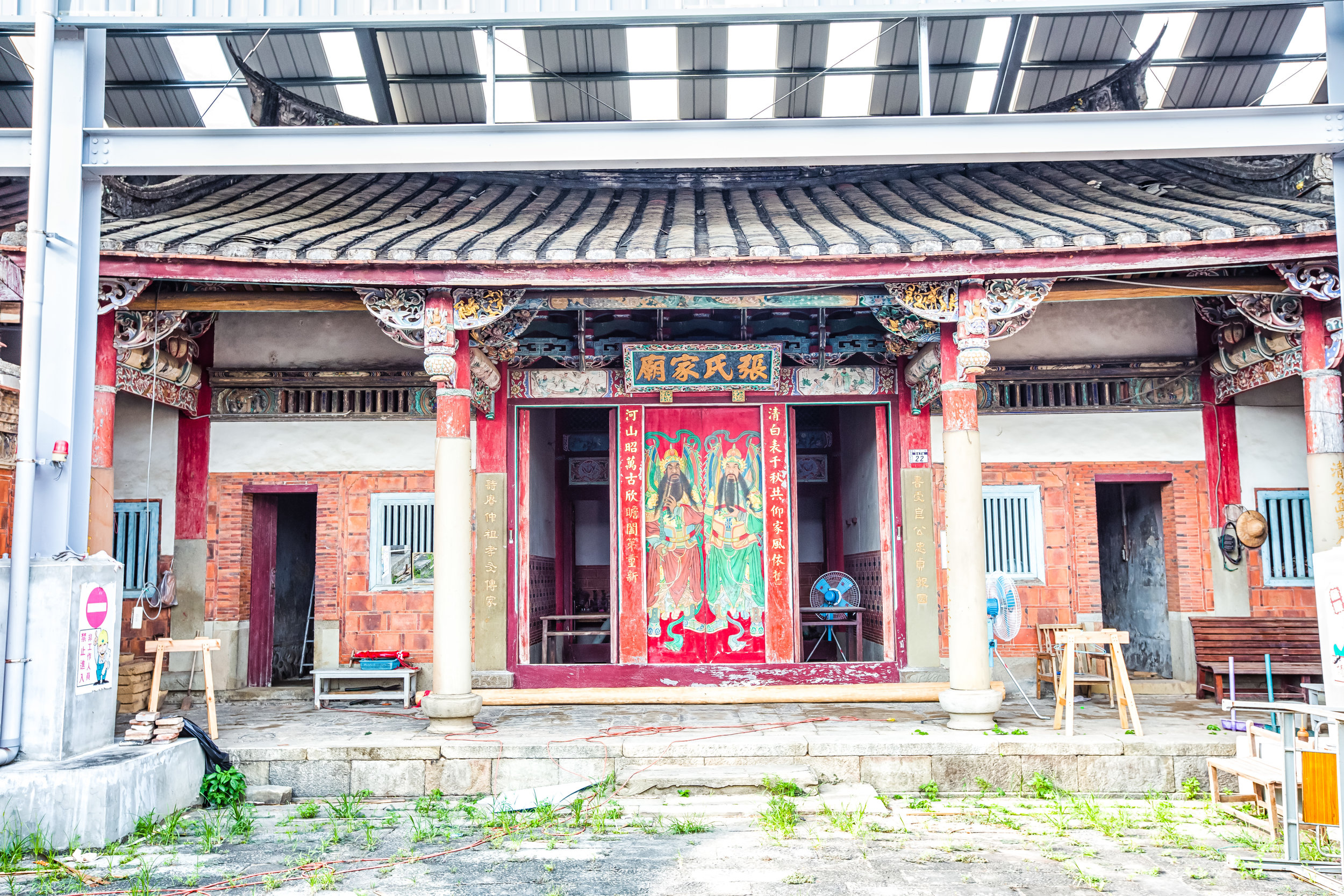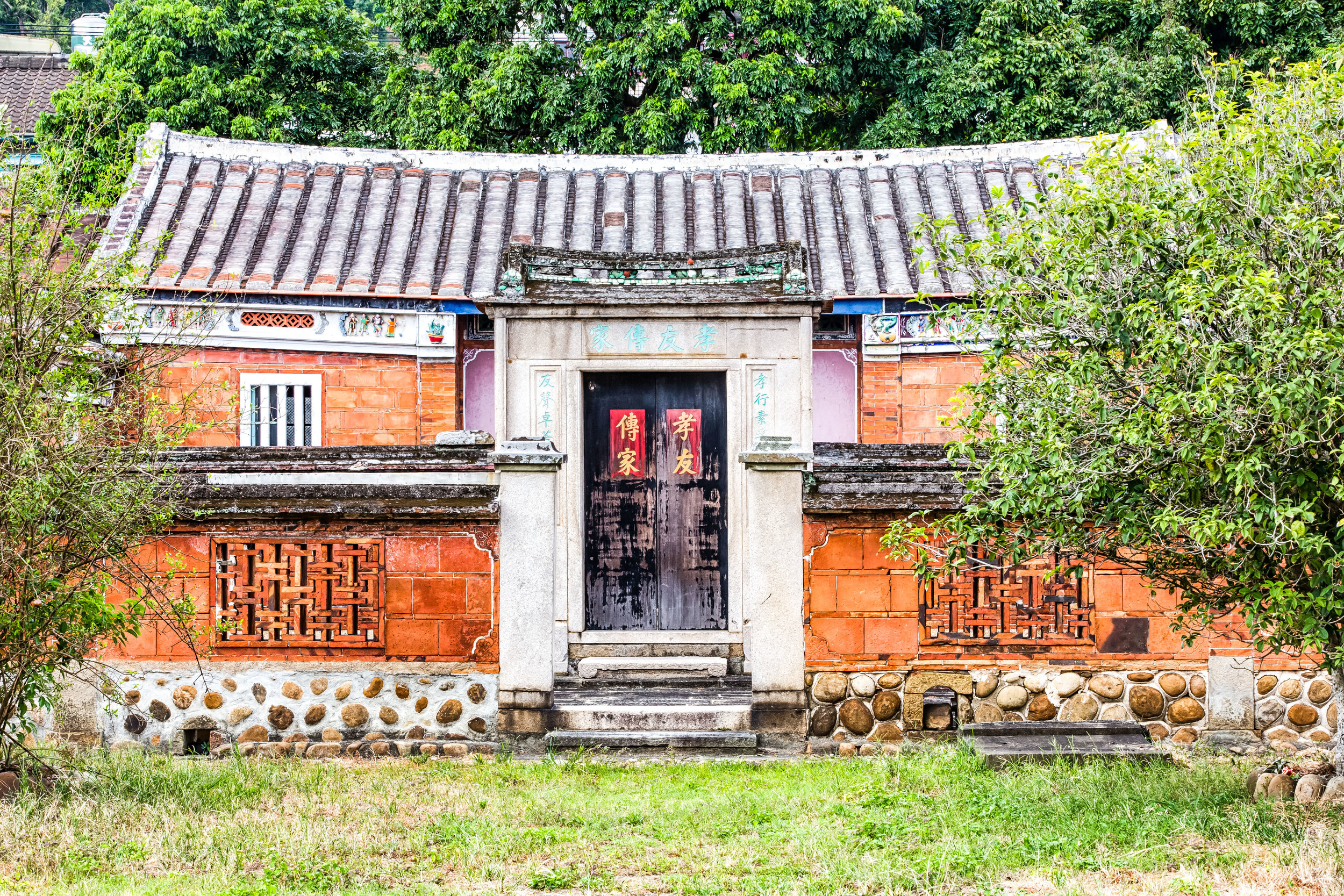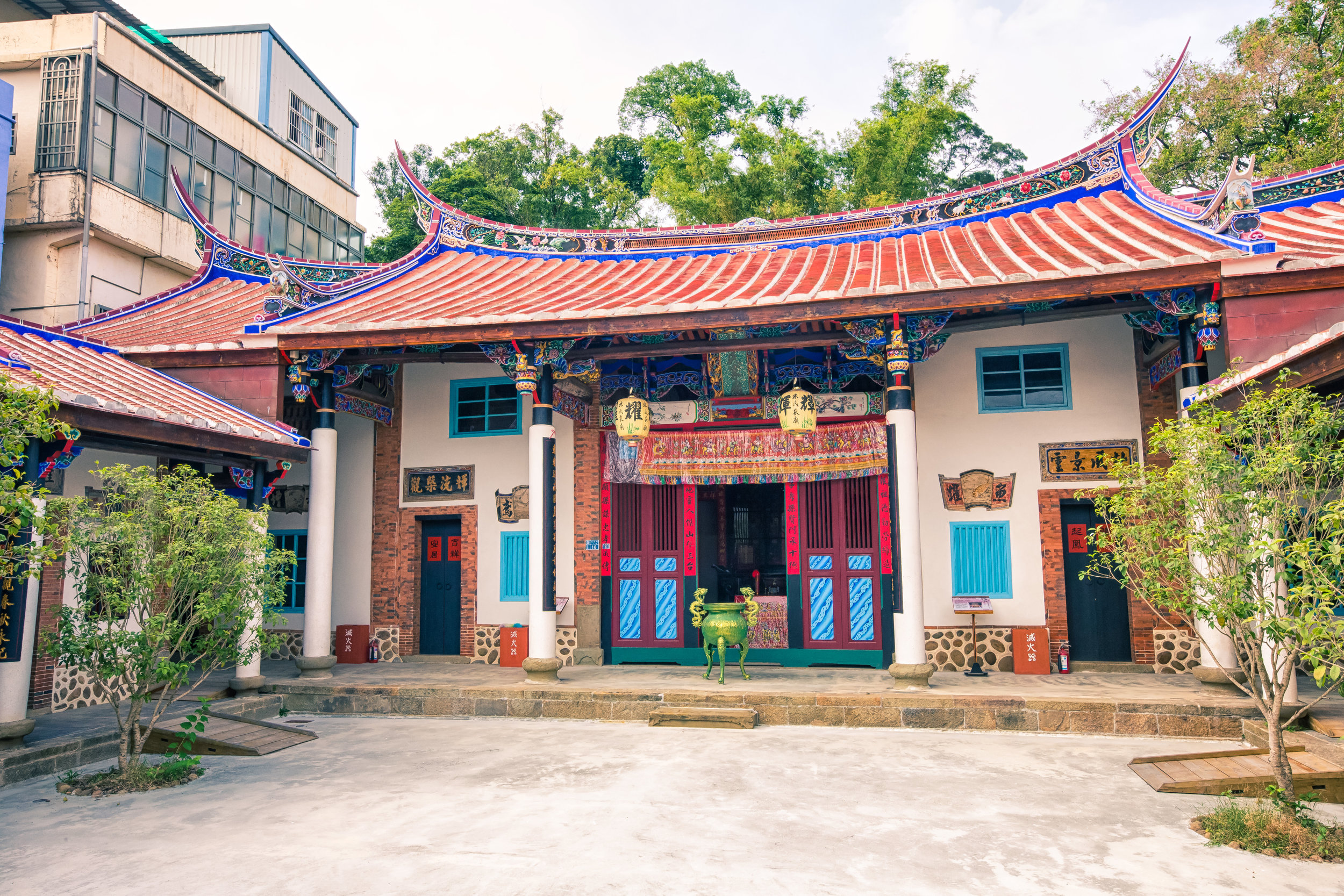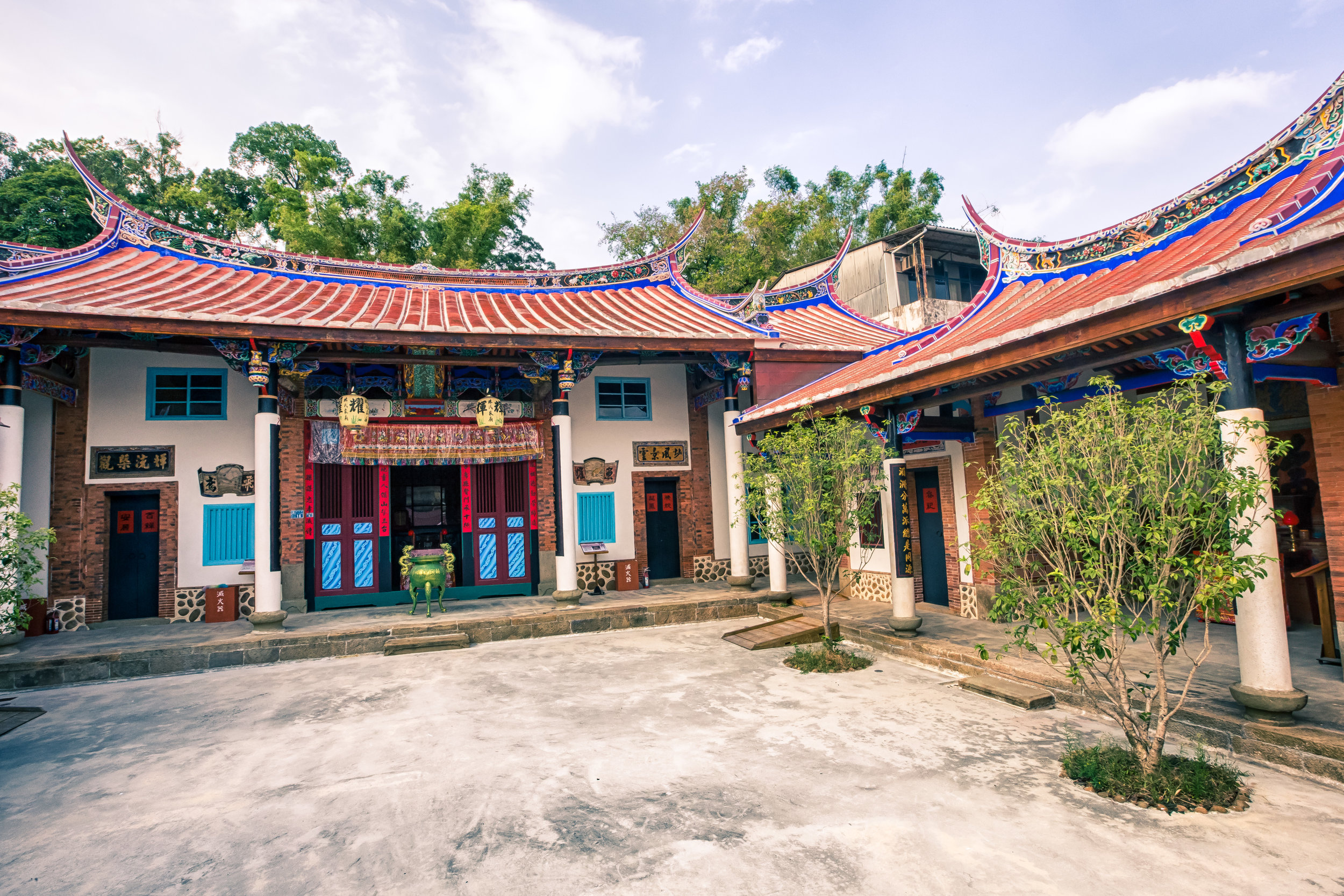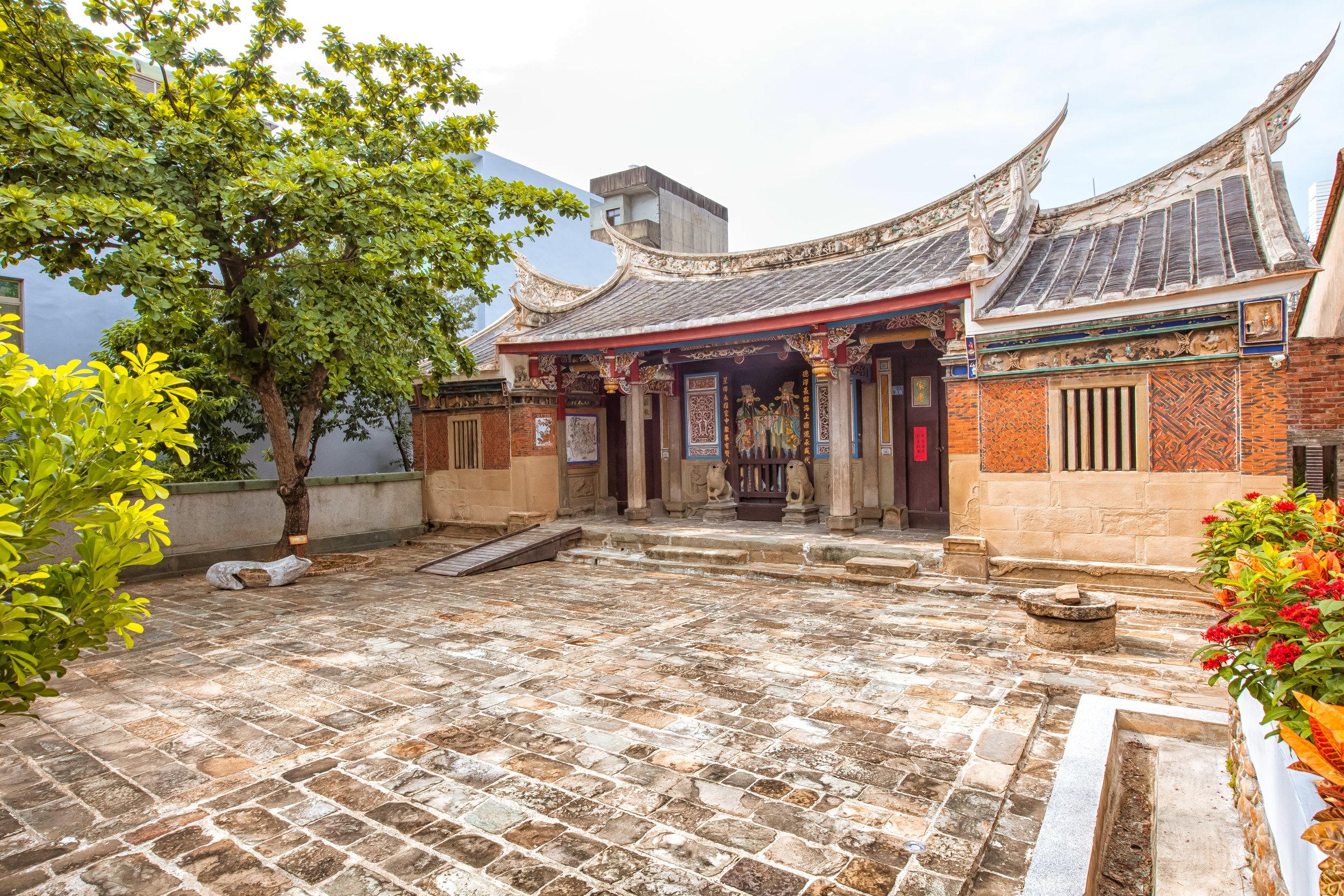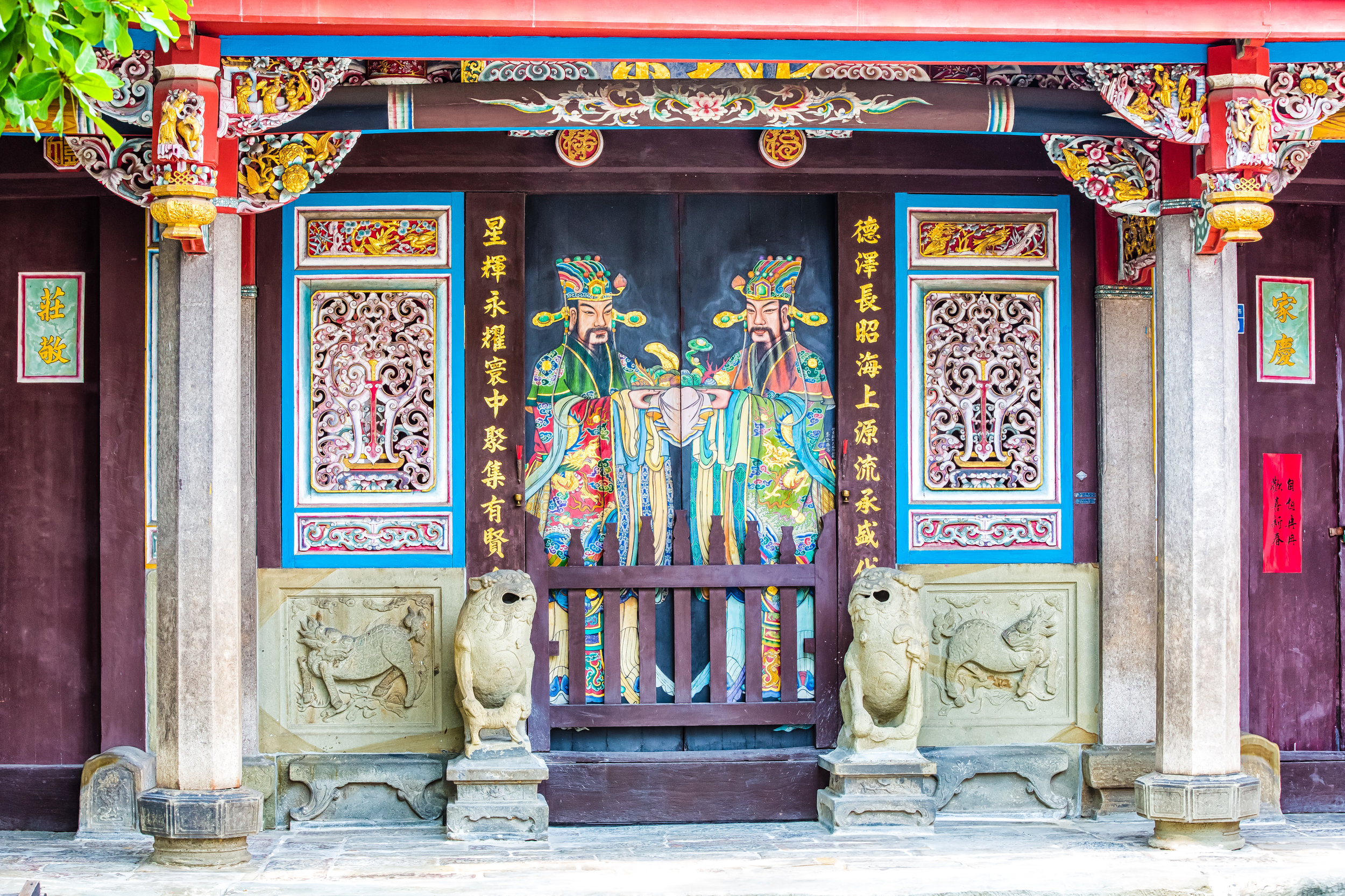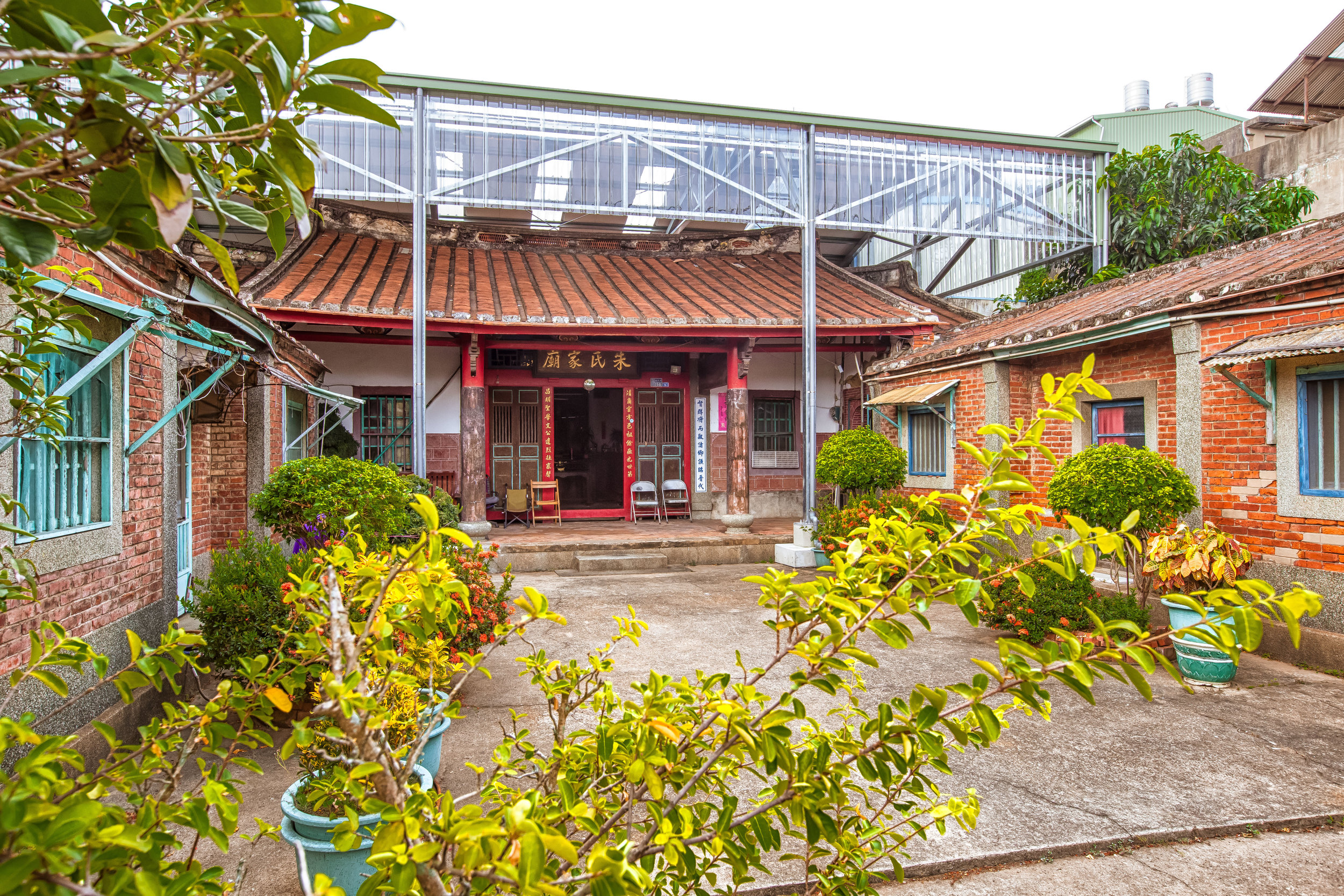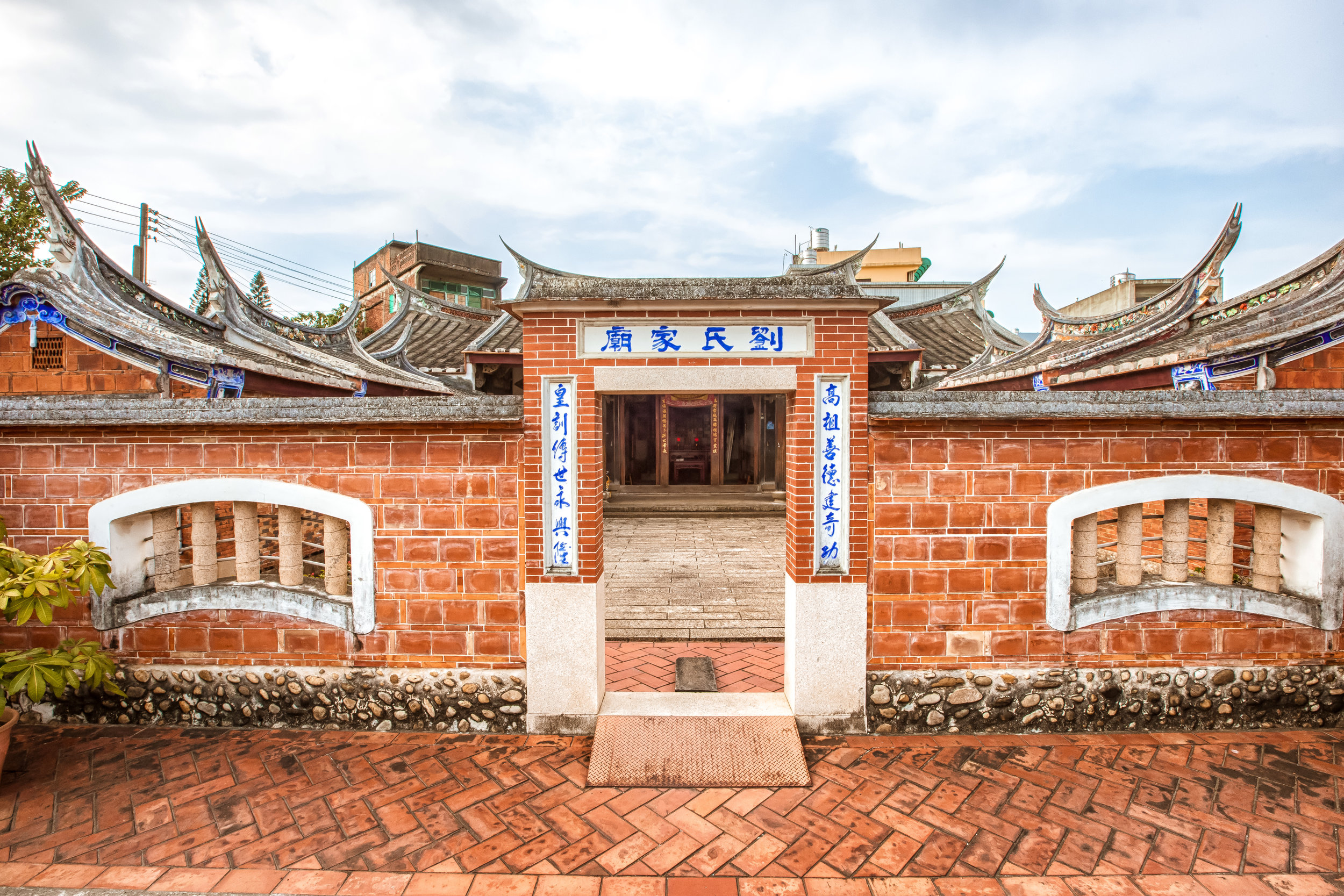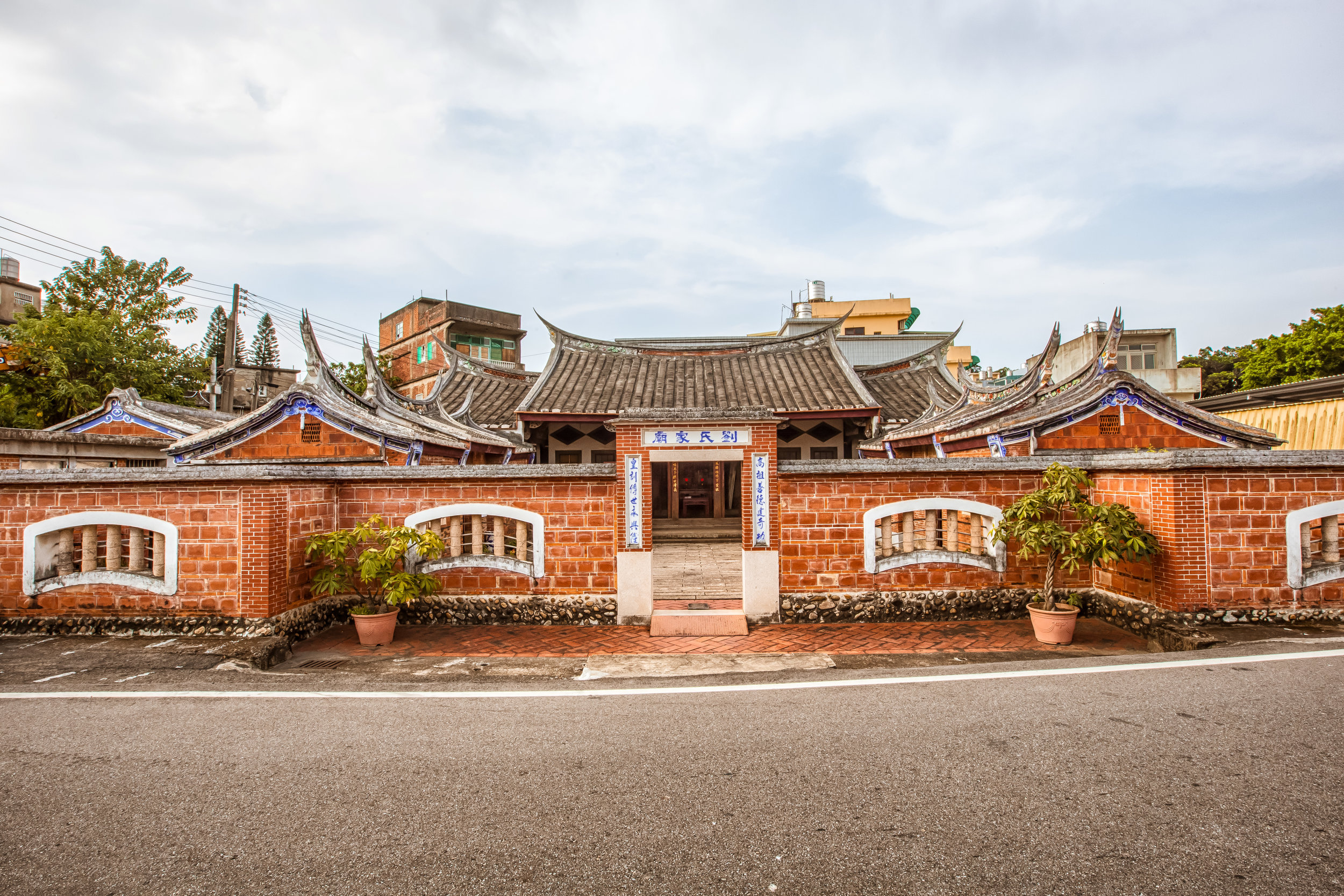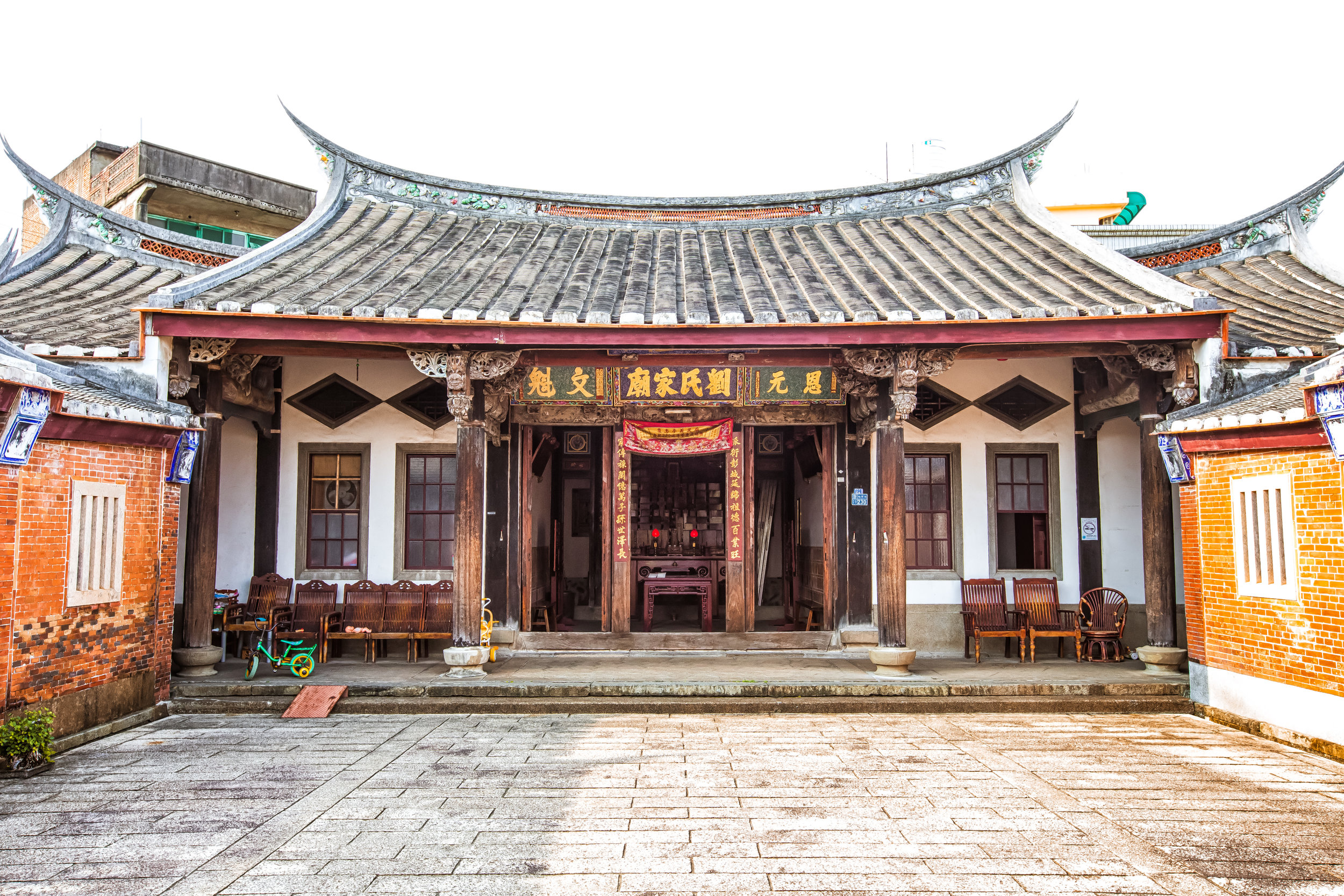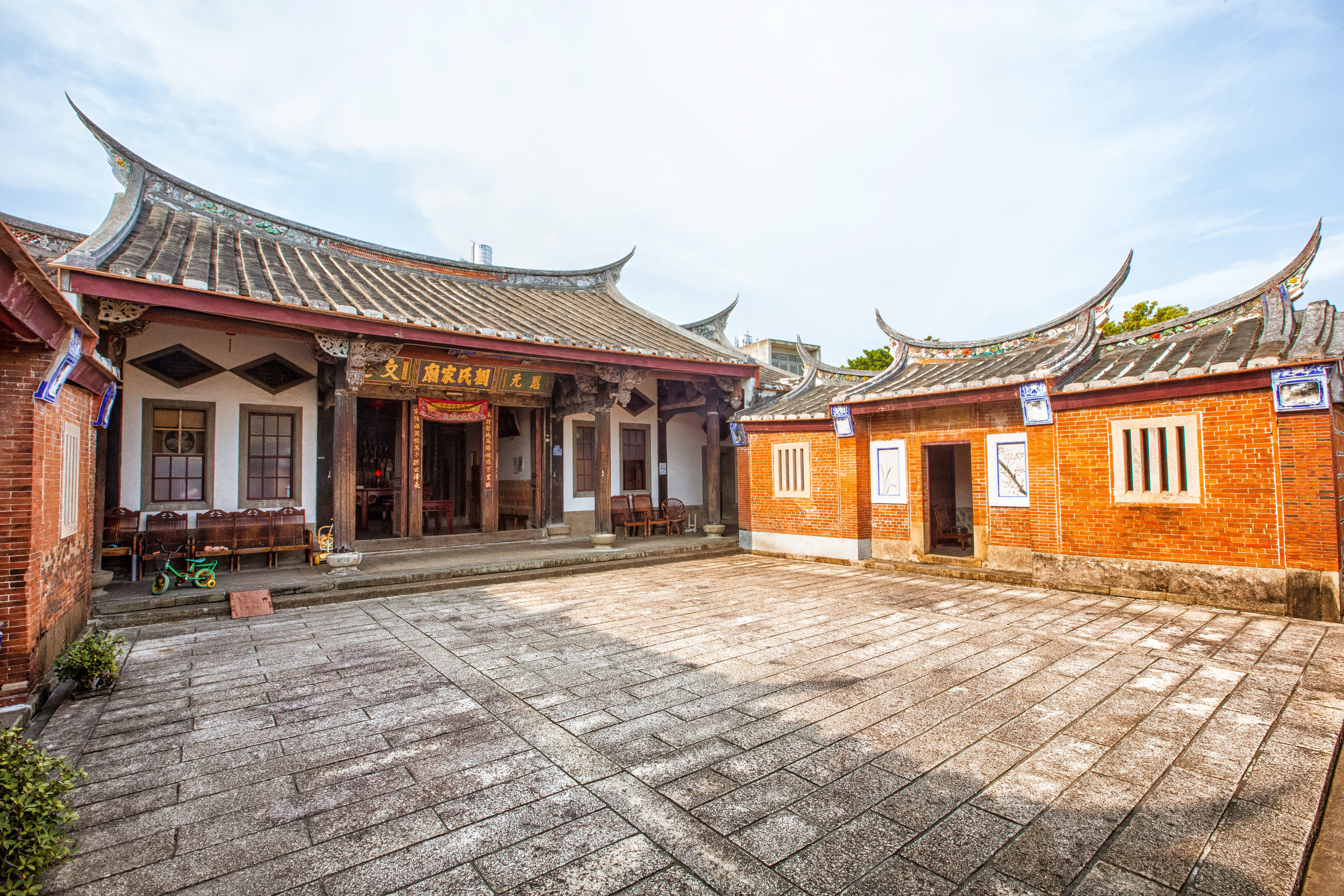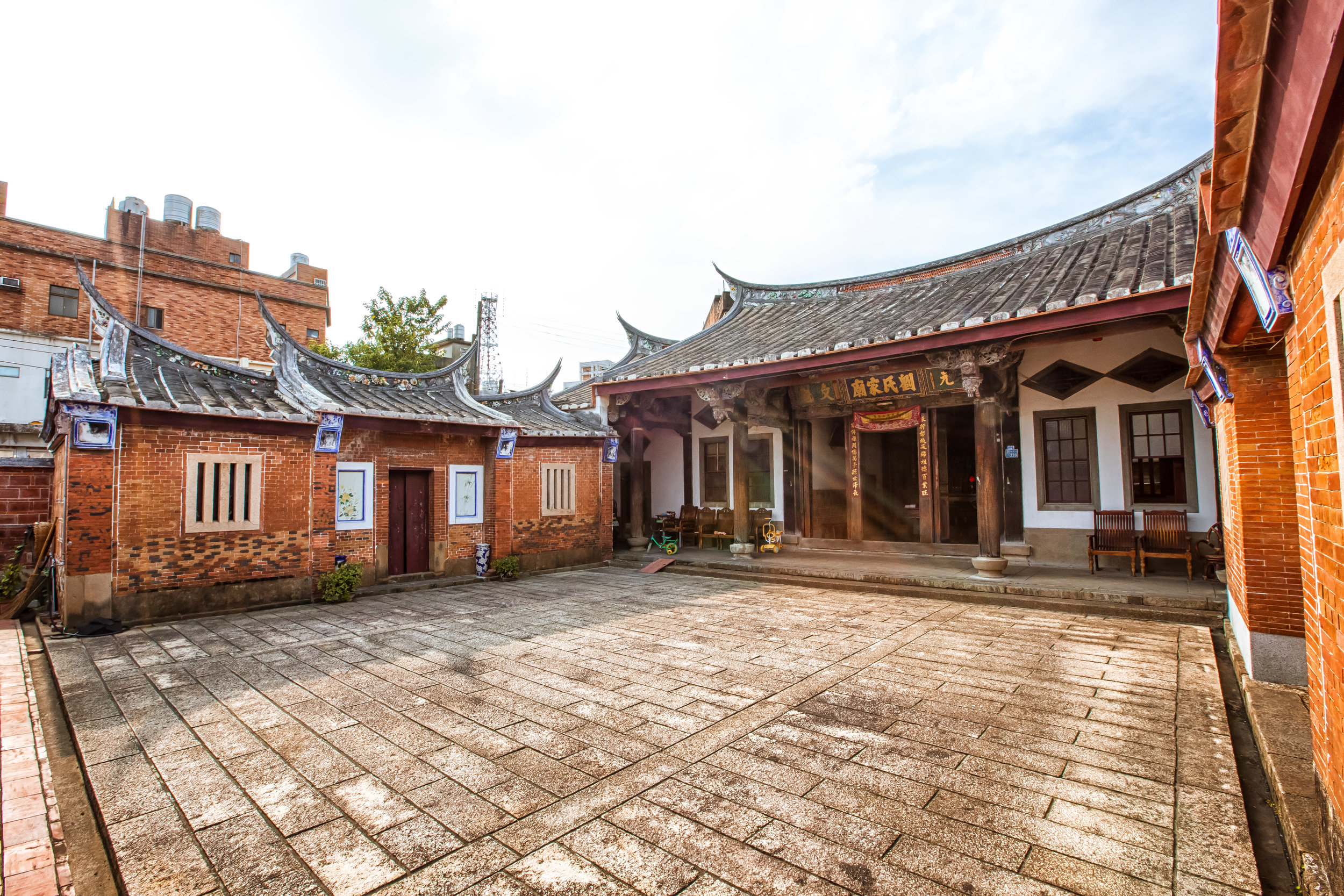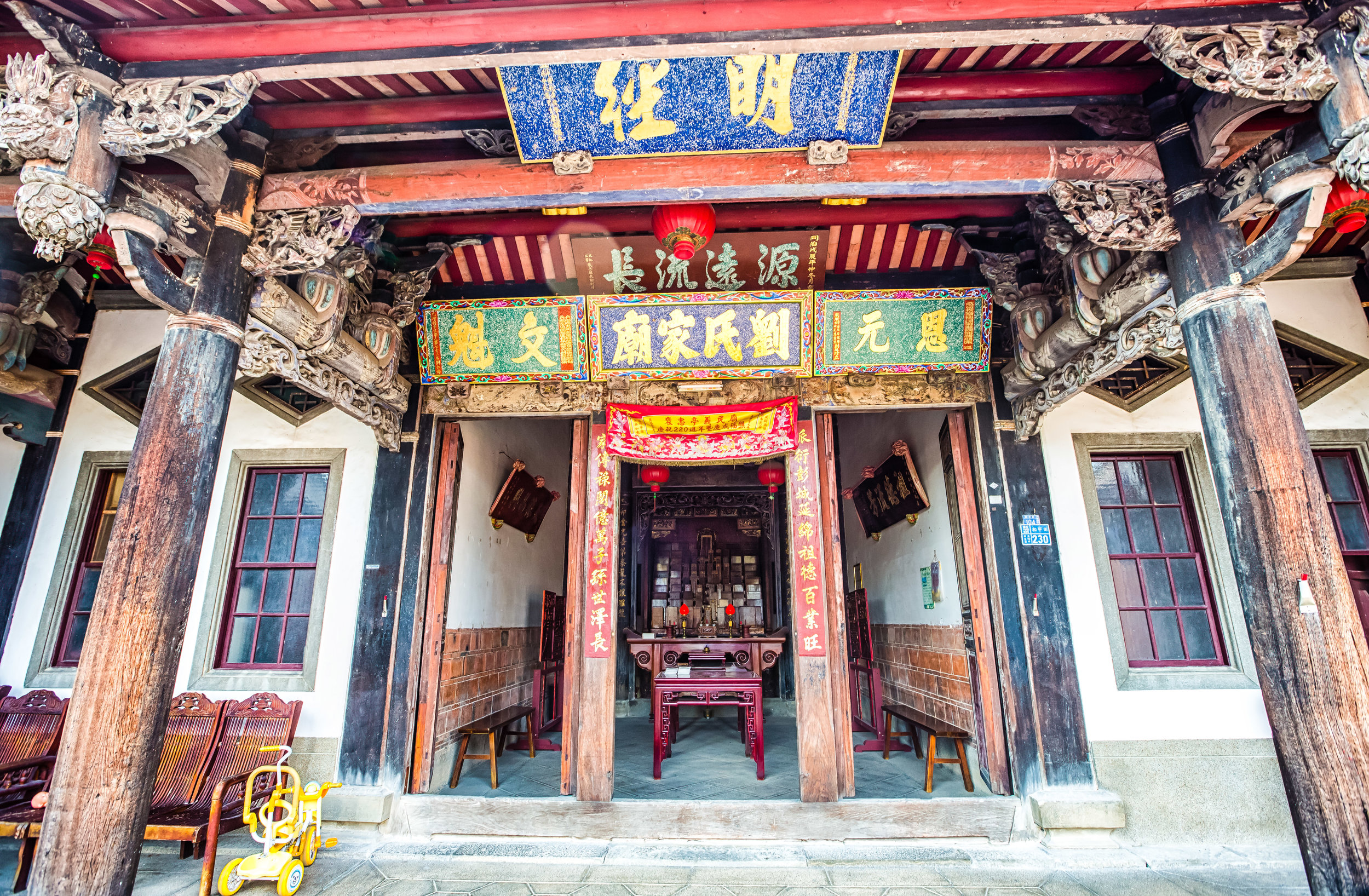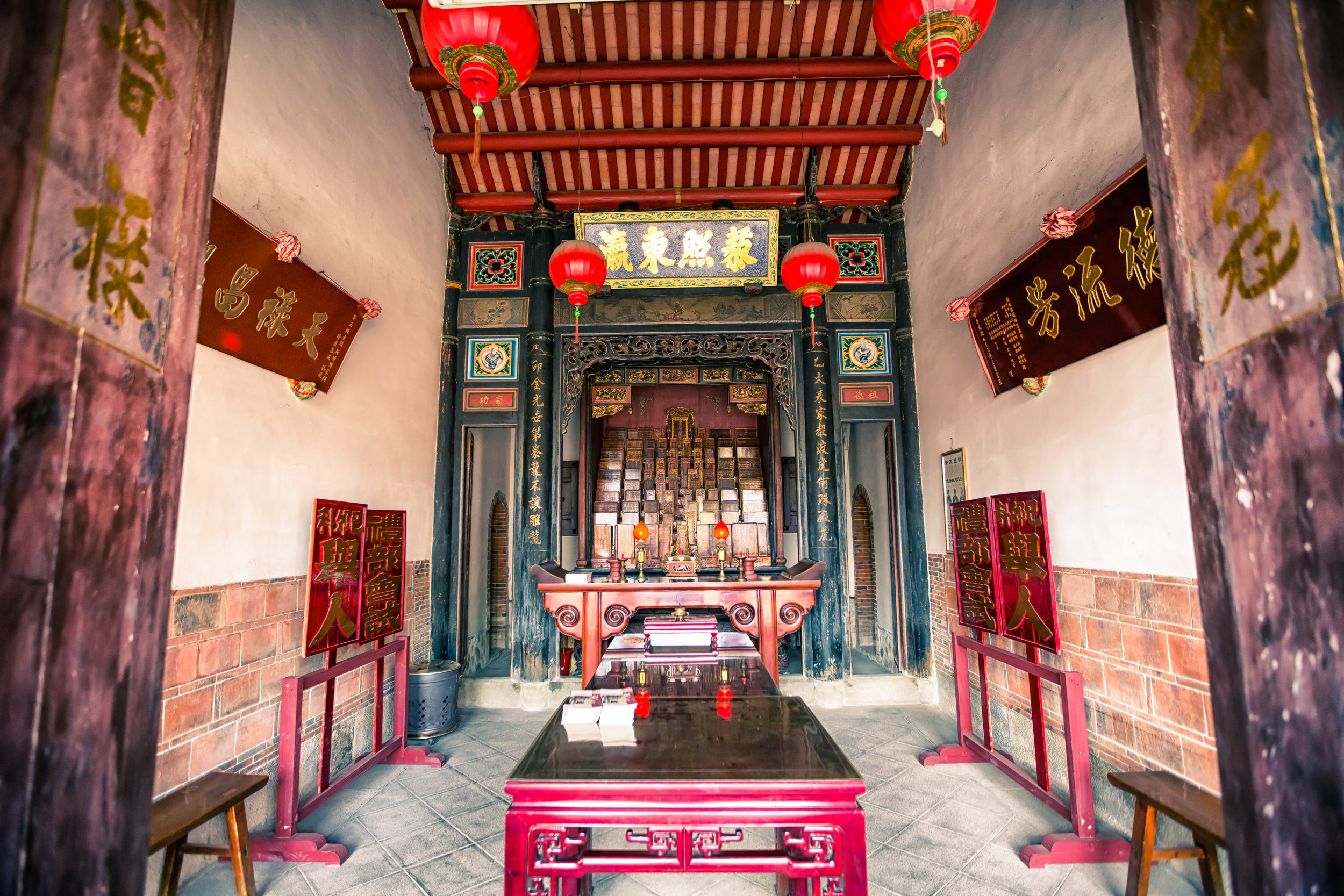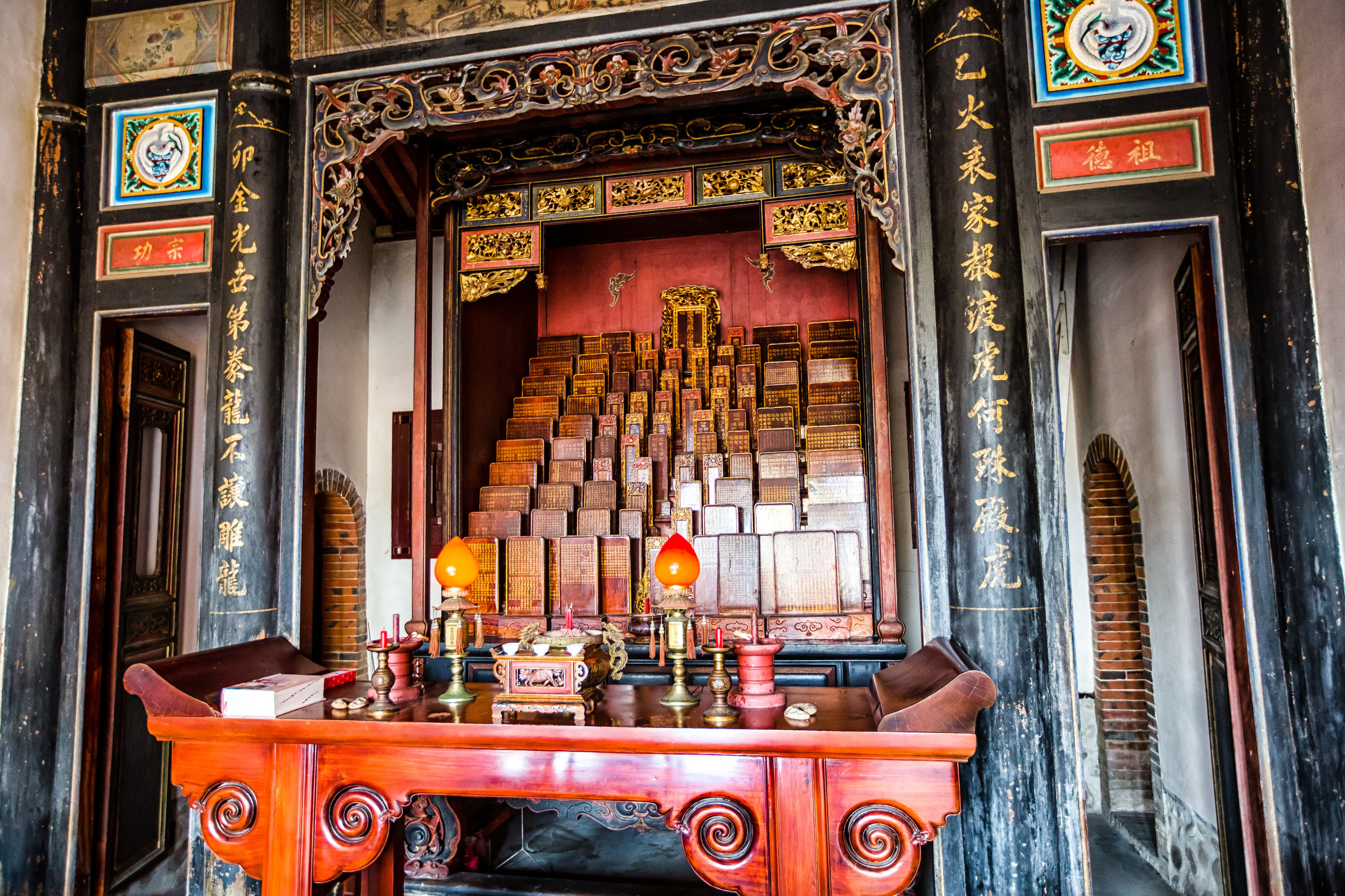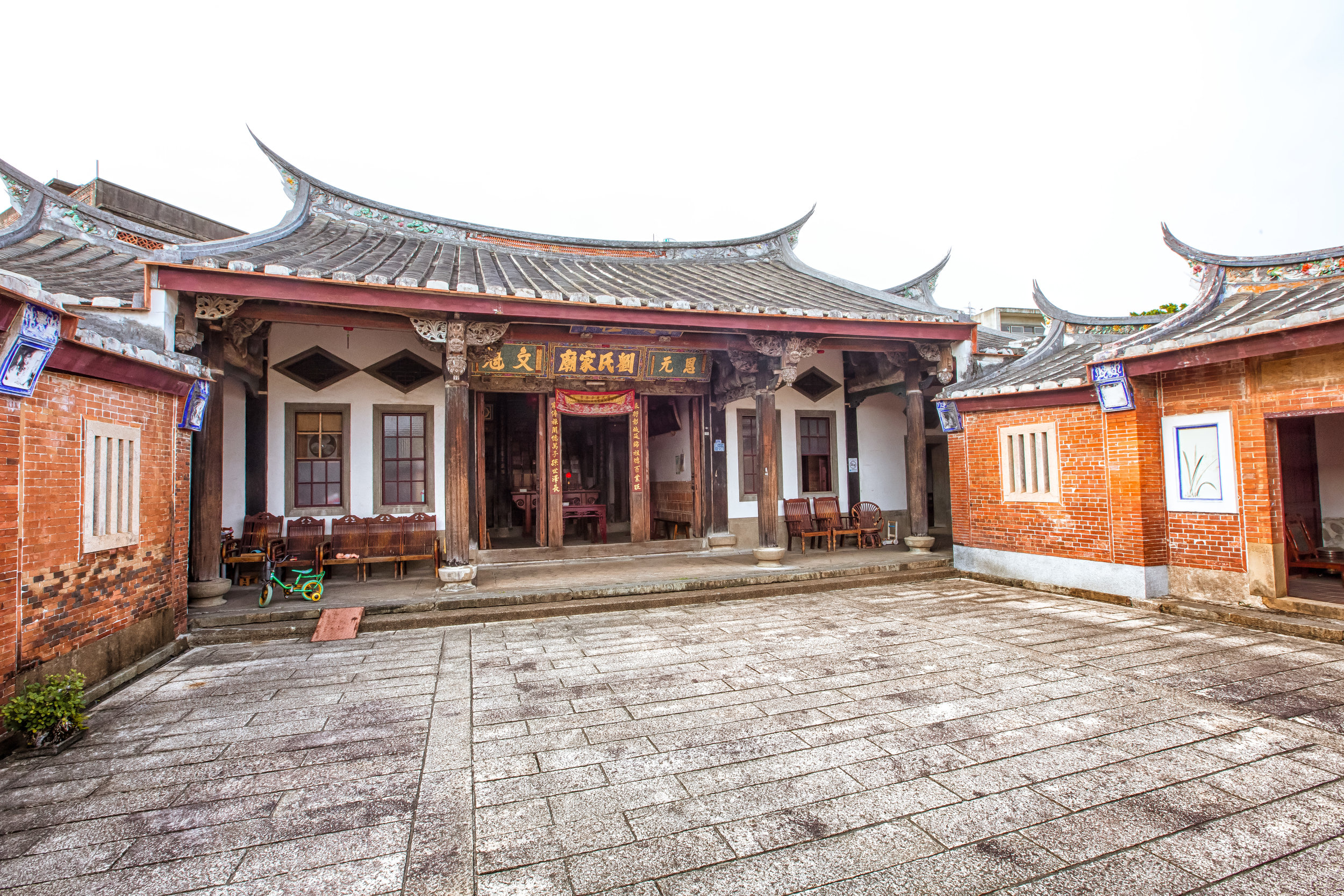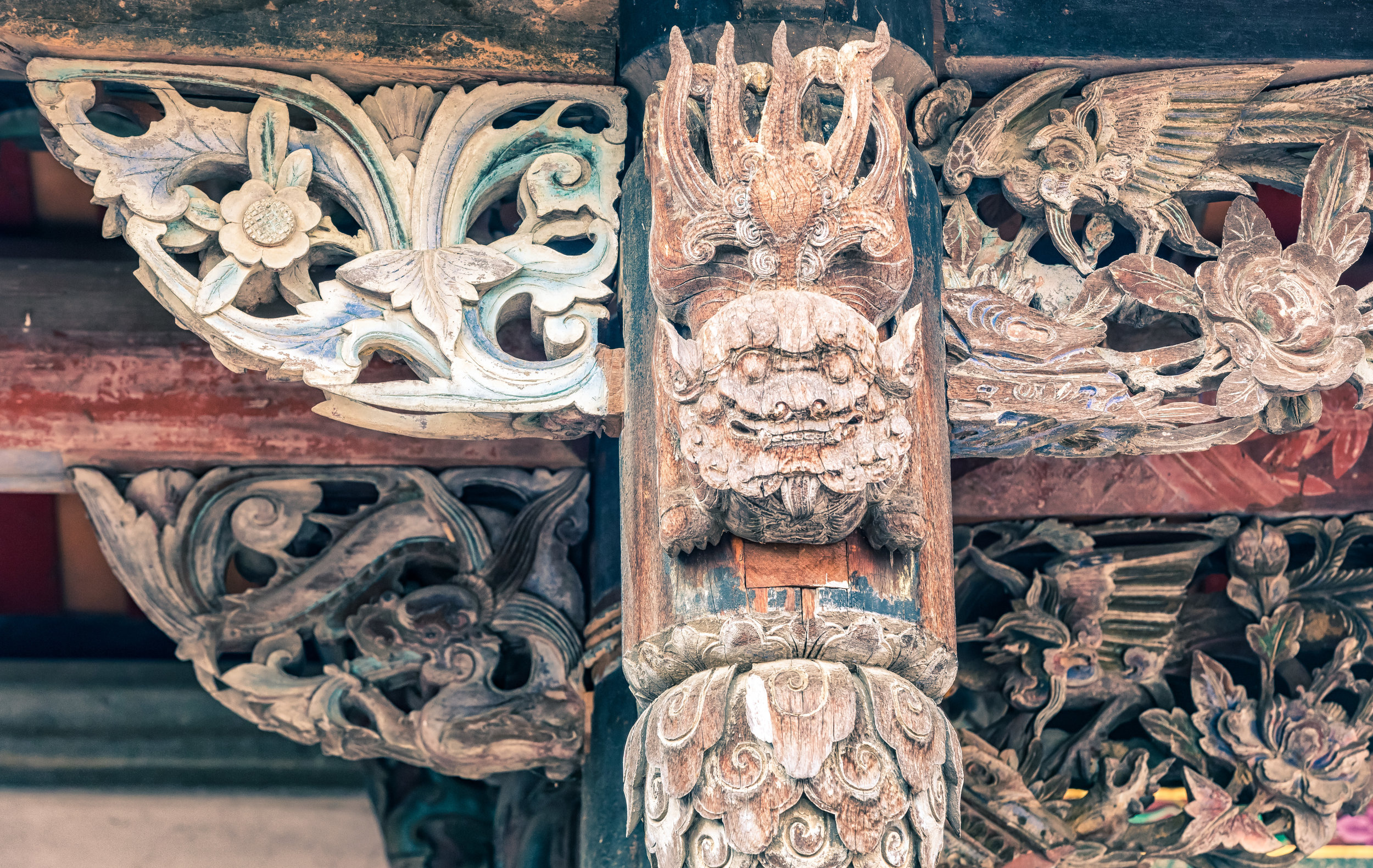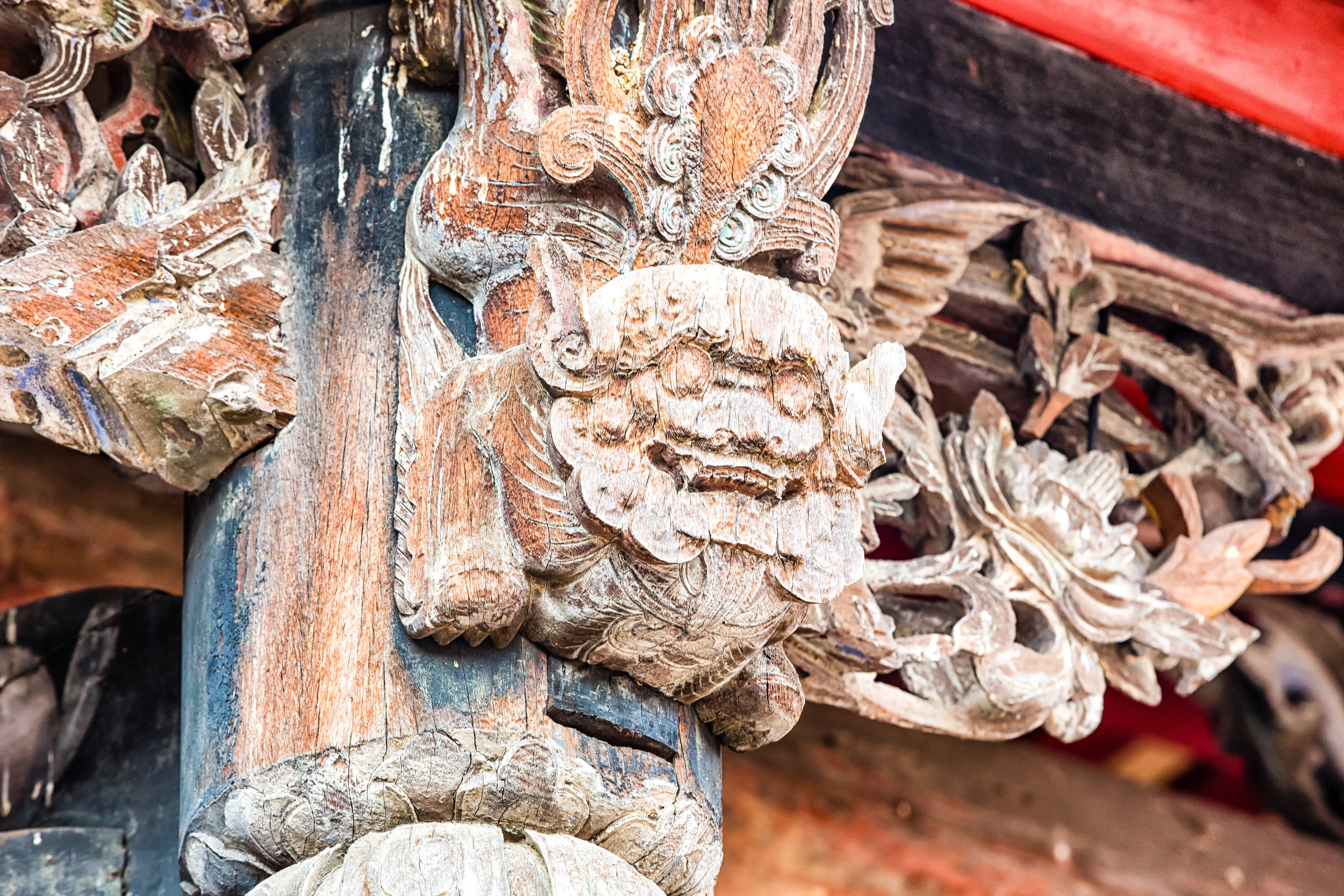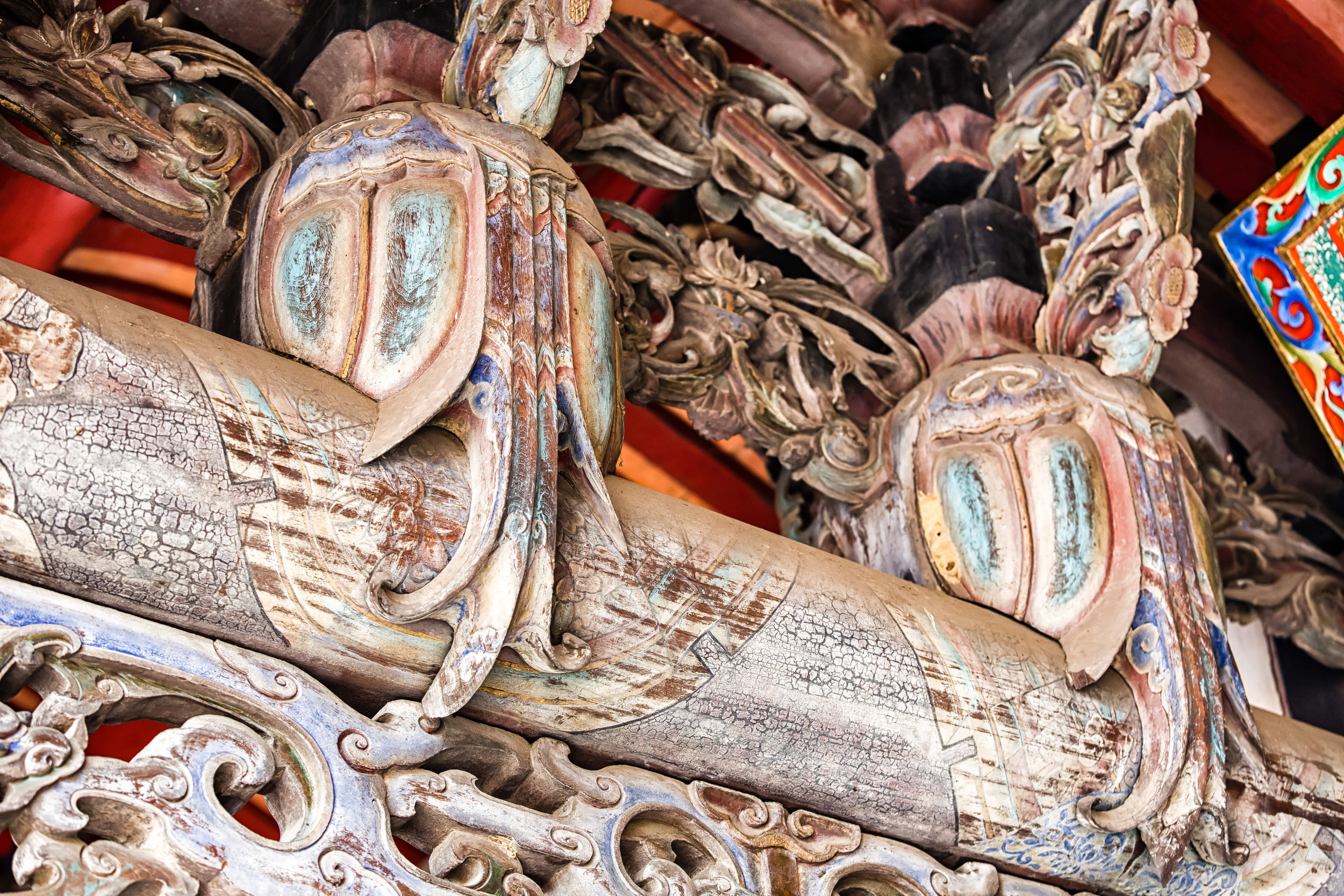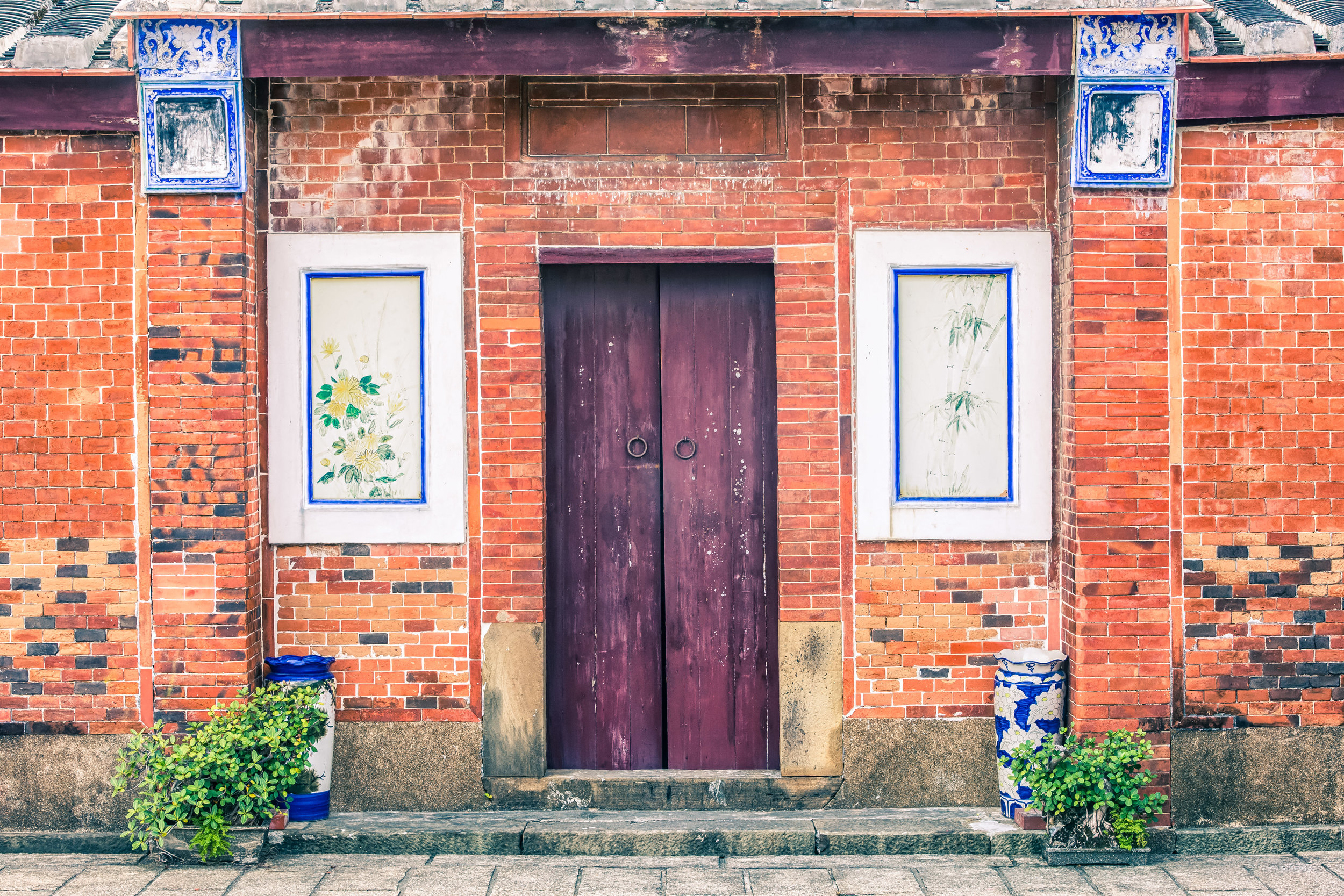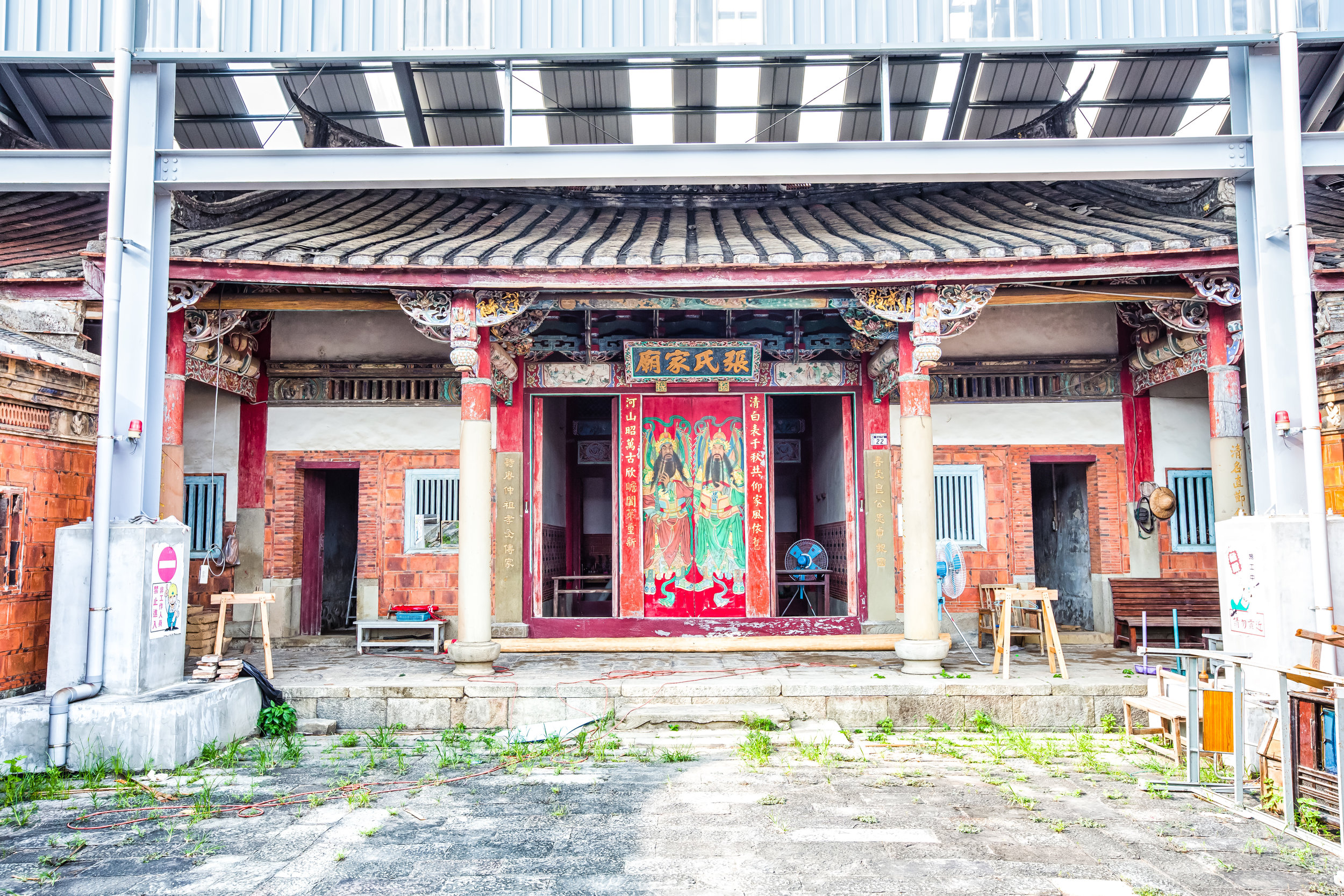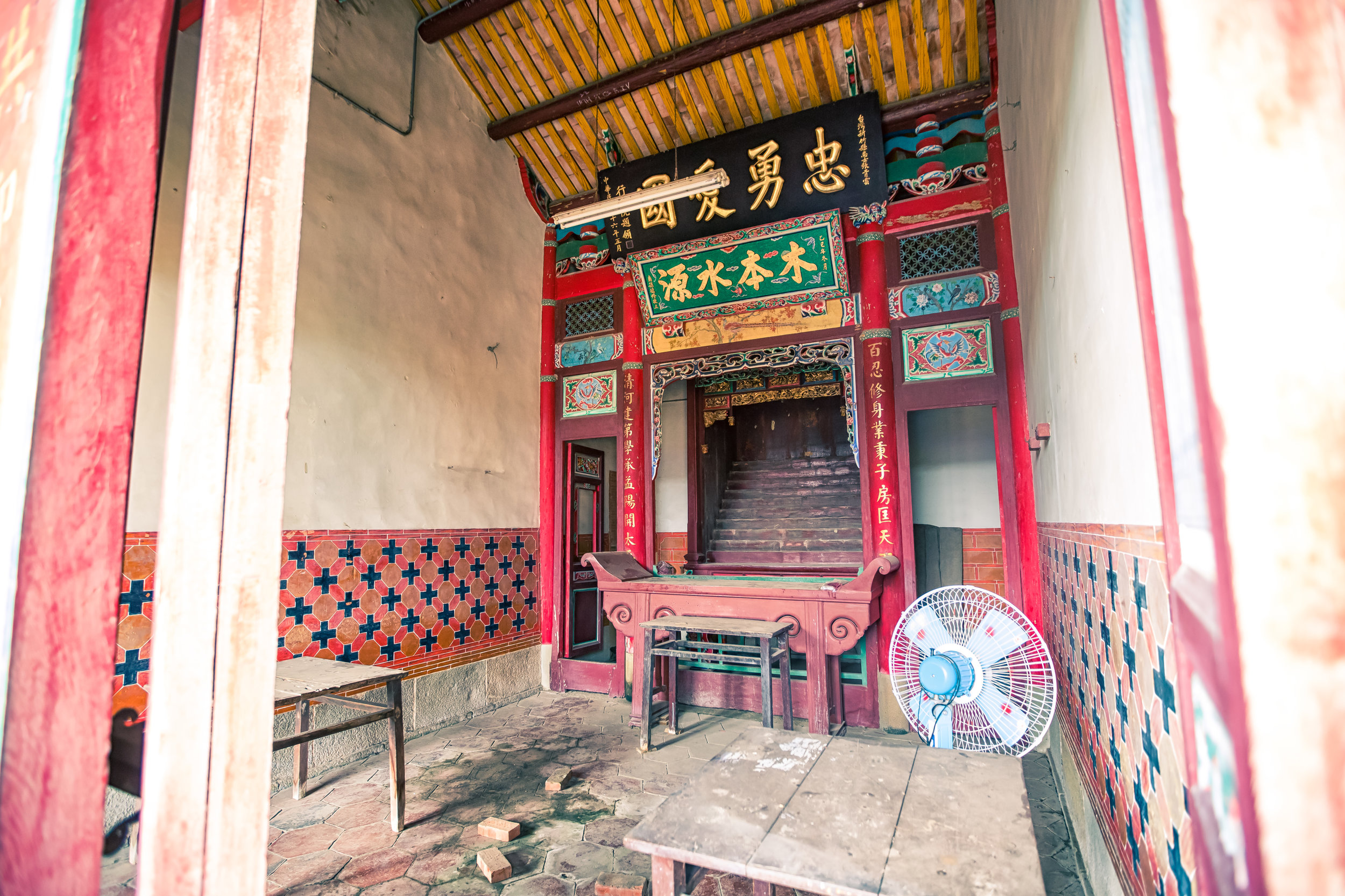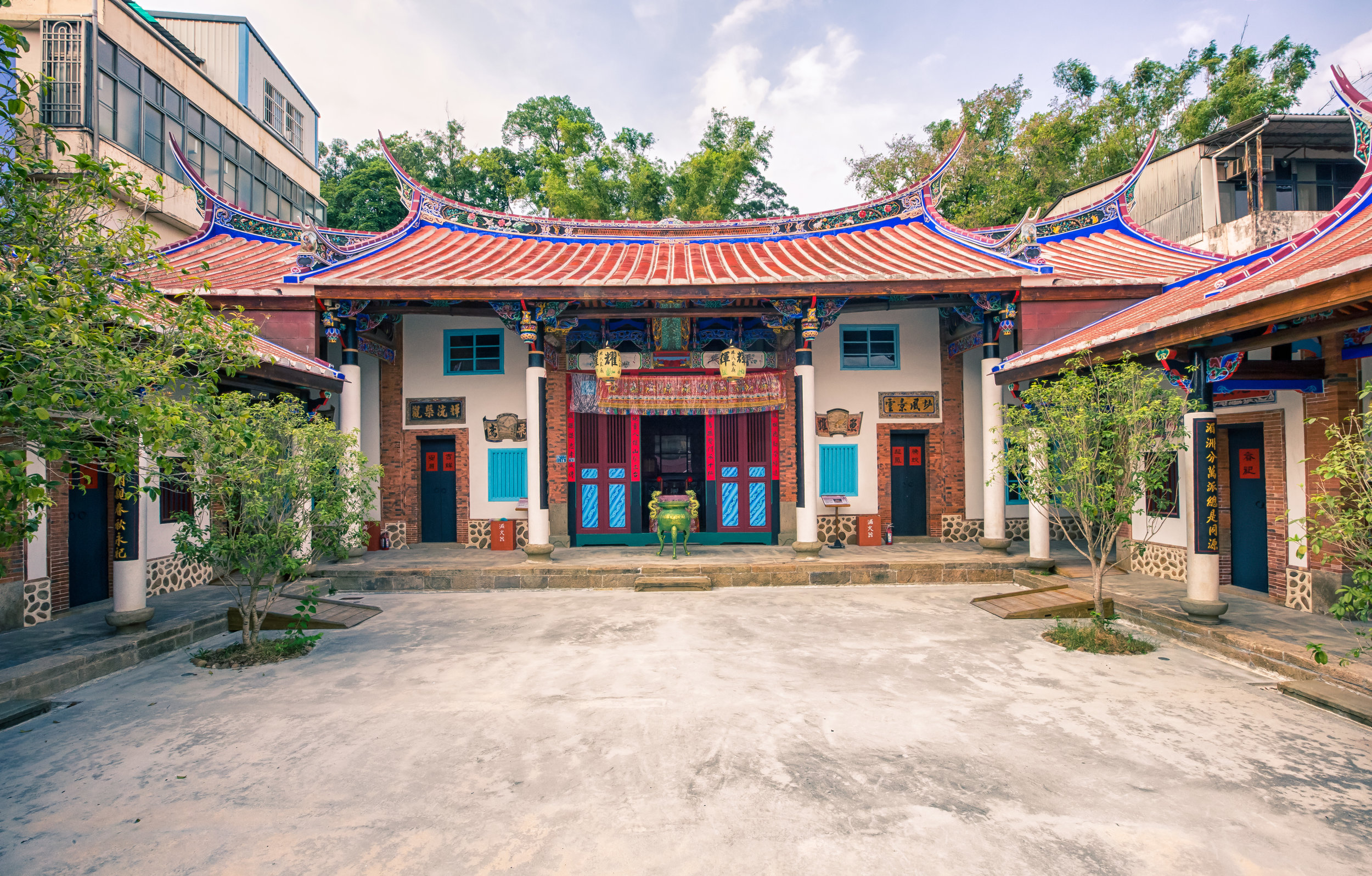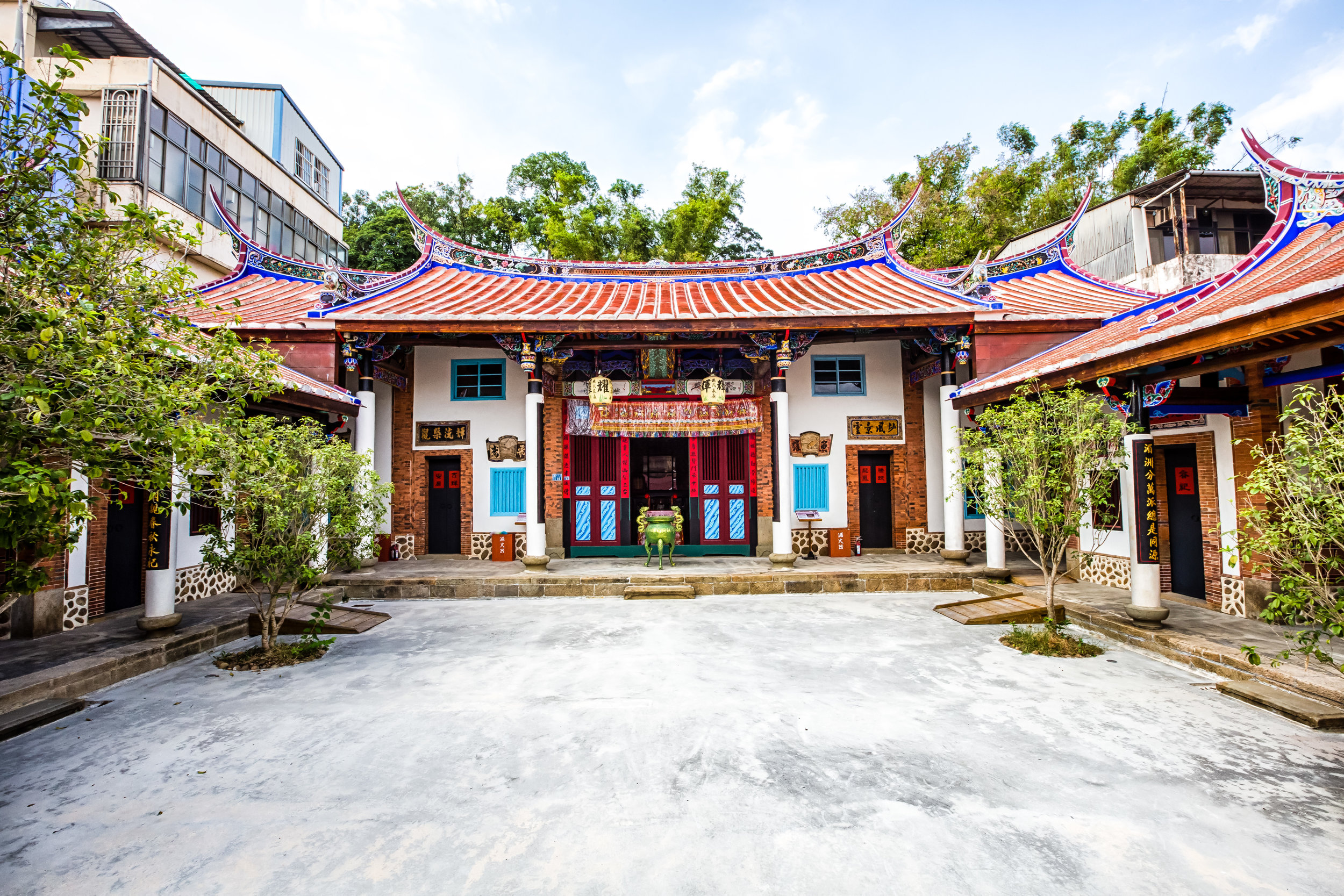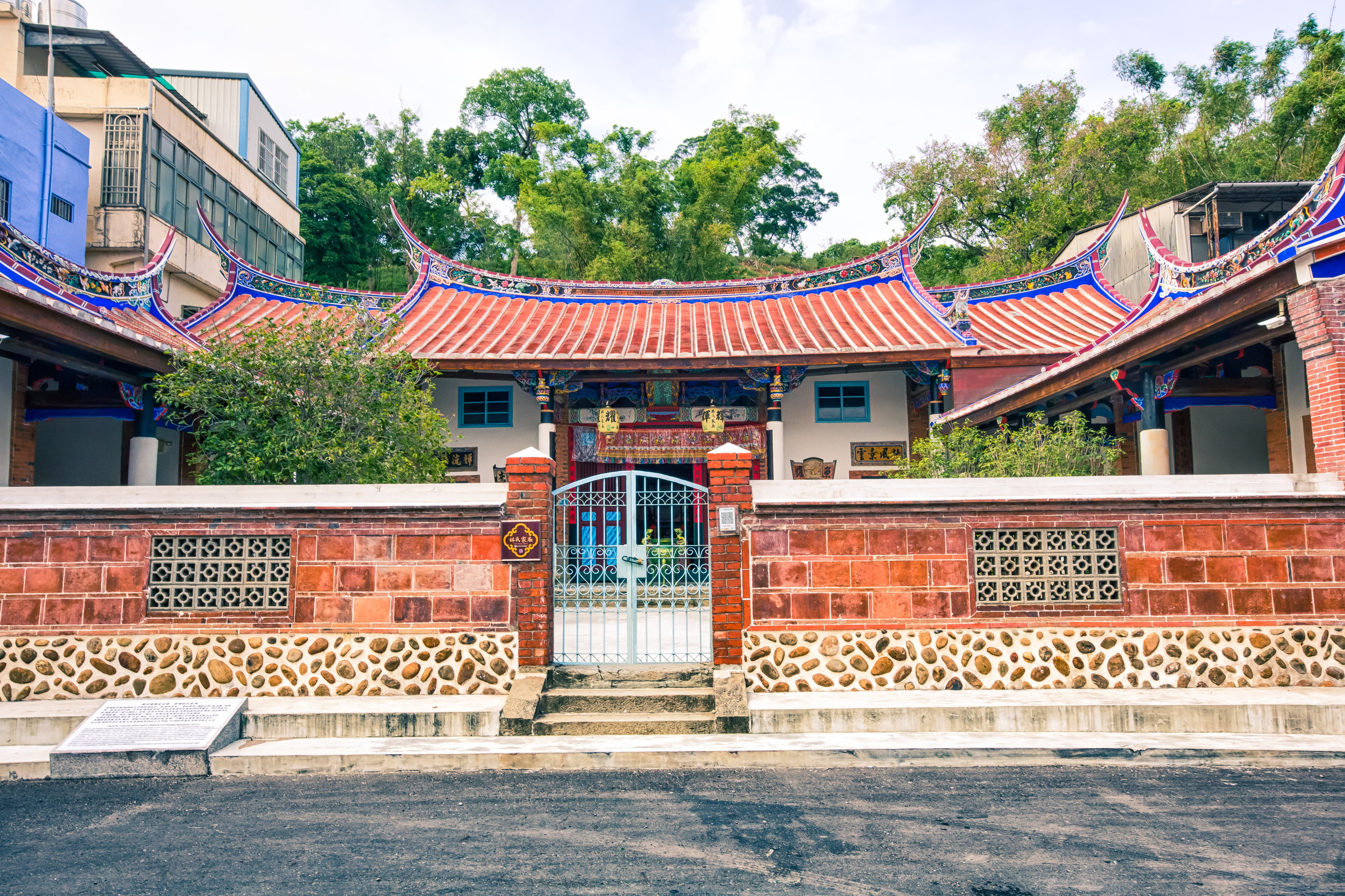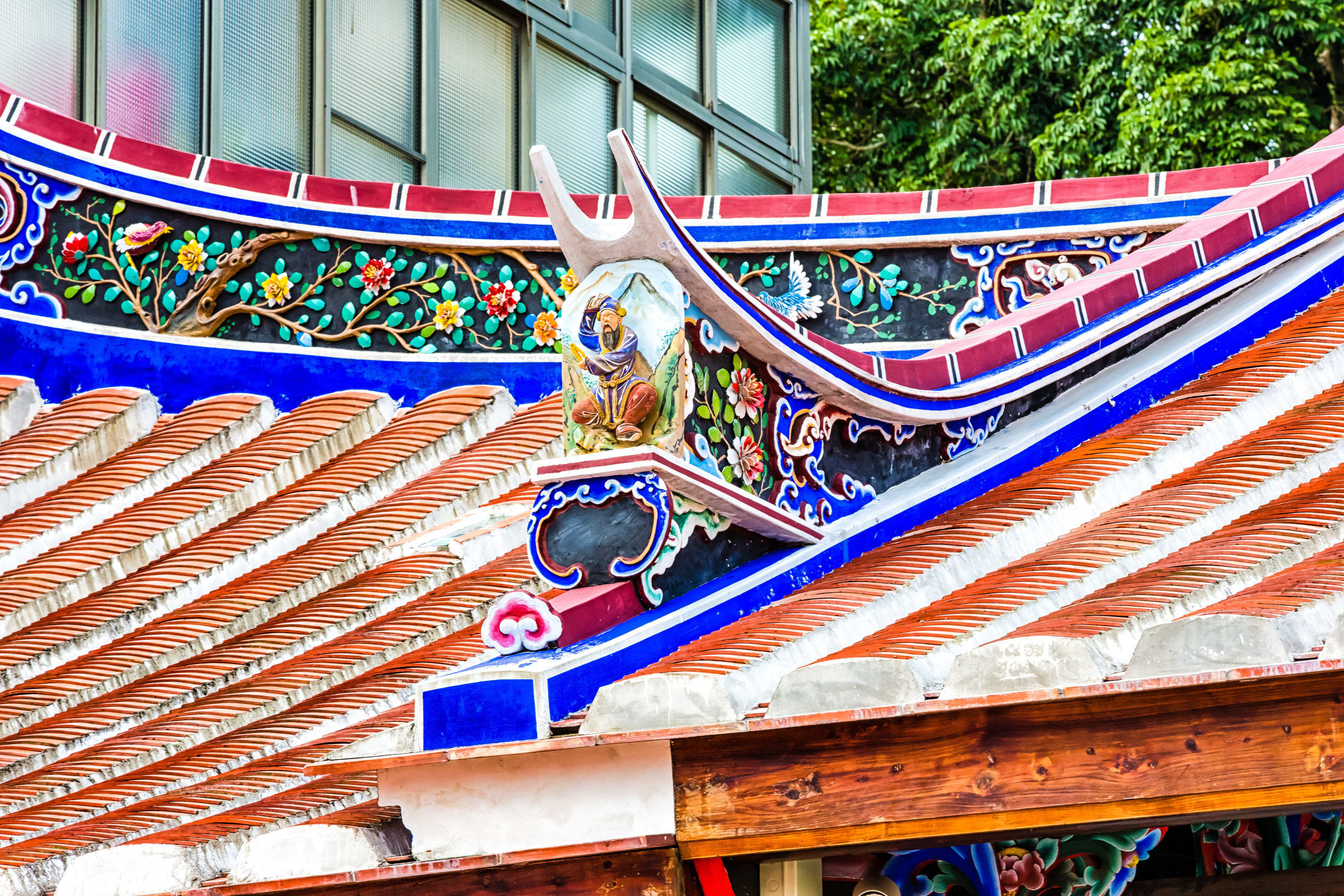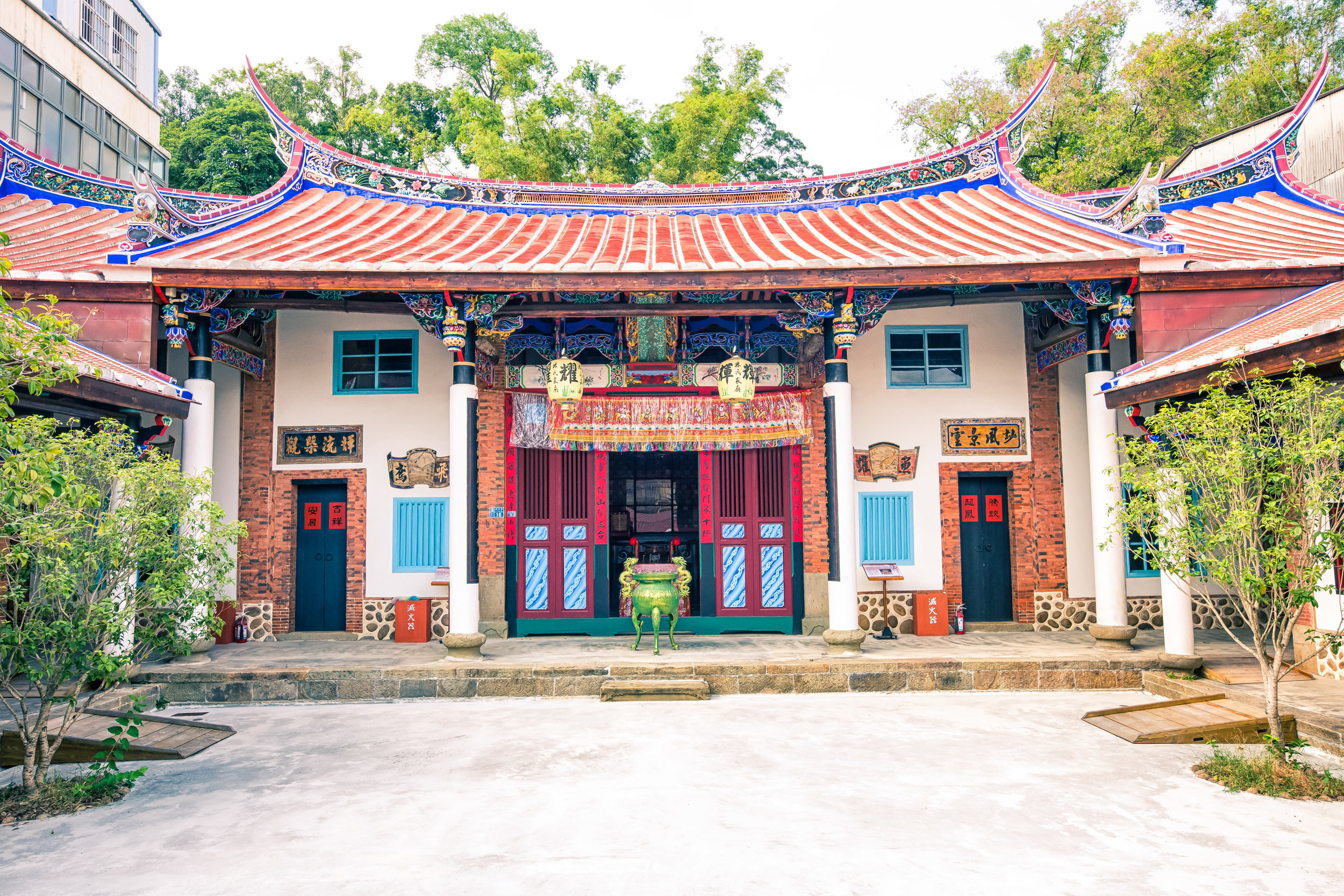As a long term resident of Taoyuan, I’ve been lucky over the years to have been immersed in pretty much everything that is Hakka culture. Almost everywhere you go around here, you’re able to find amazing cuisine, festivals and museums set up to share and preserve the culture and language of one of Taiwan’s largest ethnic groups.
Of all the Hakka related festivals that take place every year, the Hakka Tung Blossom Festival has grown to be one of my personal favourites. Taking place every April and May, the festival showcases the beautiful Tung Blossom, a Sakura-like blossom which has become synonymous with the Hakka people.
As each year passes, festival organizers do an amazing job of coming up with new and exciting events and activities that attracts people of all walks of life to the mountains throughout the Taoyuan-Hsinchu-Miaoli area and beyond.
I’ve never really needed any these snazzy events to attract my attention - The beautiful Tung Blossoms that turn Taoyuan’s lush green mountainous landscape white in the months leading up to summer have always been more than enough for me and during the two-month period when the blossoms are in bloom, the beauty of the Taoyuan area in particular begins to shine - and I head to the mountains in my free time to take photos and enjoy nature.
Many of the events that are planned it seems are geared toward attracting the older crowd who are more interested in a day-trip where they can combine the blossoms, some entertainment and most importantly some great food. The younger crowds on the other hand have proven to be much easier to attract as they’re all about the Instagram, and what could be more Instagrammable than these beautiful white blossoms?
As it has become somewhat of a yearly tradition of mine to head to the mountains to check out the Tung Blossoms, there are a few locations that have become my go-to destinations for taking photos. One of the problems when taking photos of these blossoms is that unlike the relatively short cherry blossom trees, Tung trees are tall and that makes it difficult to get close to where they’re blooming.
Not everyone has a telephoto lens, so this is why people have come up with clever ways and cute to take photos of the blossoms. If you pay attention to Instagram, you may have noticed people collecting the blossoms that have fallen to the ground and to heart-shaped designs, Tung blossom crowns, or taking cleverly posed photos of the mountain paths where the blossoms have fallen on the ground creating what looks like a layer of snow.
Personally, I prefer taking photos of the blossoms while they’re still on the tree, so the places I visit are often areas that allow me to get close enough to take photos. This year, I decided to visit a location that I’ve never visited before, but has become a photo hotspot, due to the relative youth of the trees and the ability to get close enough to the blossoms to take photos.
On the day I visited, the place was packed with people of all ages taking photos, having picnics and enjoying a Hakka concert and dance performance. I typically stay away from places like this, especially those that have become really popular with Instagram types but on this day, I didn’t really mind. I had a great time taking photos and people-watching.
I was also able to have a good laugh on several occasions as the beautiful young woman featured in some of the photos scolded her boyfriend for taking sub-par photos. One of her comments stuck with me: “The picture you took of me makes me look like a dinosaur!” (你把我拍的跟恐龍一樣).
I can’t imagine how stressful it is being the boyfriend of an aspiring Instagram beauty.
If you’re reading this and are interested in heading to the mountains to take some photos of the Tung Blossoms, I recommend going soon, before you do though, make sure to consult the Hakka Tung Blossom Festival website linked below. The website provides accurate advice on where are the best locations to view the blossoms and their current state.
Every year between the months of April and May, forests in many areas of Taiwan turn white thanks to the Tung Blossoms (油桐花) that grow throughout the mountains and hillsides of the country. Often referred to as as "April Snow" or "May Snow" (depending on when they are in full bloom), the arrival of Tung Blossom triggers a considerable amount of domestic tourism with people of all ages making an effort to travel to areas where the trees grow in abundance.
The Tung Tree (油桐樹) is a deciduous tree that grows to a height of about 20 meters. It is endemic to South China and Burma but was brought to Taiwan by the Japanese during the Japanese Colonial Era (1895-1945), and was planted in mountainous areas in north-western Taiwan for its economic uses.
The cultivation of the tree was became most important to the ethnic Hakka people of Taiwan who lived in the areas where the trees were cultivated. The tree brought with it economic benefits as its seeds were instrumental in the production of Tung Oil which was used to make paint, varnish, caulking and wood finish while the timber was used for making everything from furniture to toothpicks.
When the economic benefits of the Tung tree eventually subsided, it took on a new role transforming into a symbol of the Hakka people and the long lasting relationship that they have shared.
While not as popular as Cherry Blossoms, Tung blossoms are loved for their ability to turn hiking trails 'white' with a snowfall effect as the blossoms fall to the ground.
The popularity of Tung Blossoms has skyrocketed in recent years with young people, especially young couples who head to the mountains to have impromptu photoshoots with the blossoms. You’ll often see couples on hiking trails collecting blossoms that have fallen on the ground to arrange into a heart or young men putting the blossoms on a string to make a ‘Tung blossom crown’ for their girlfriends - endless amounts of cuteness, I assure you.
Hakka Tung Blossom Festival (客家桐花祭)
In 2002 the Council for Hakka Affairs started the annual "Hakka Tung Blossom Festival" (客家桐花祭) an annual event which takes places during the two month blooming season as a way to promote and help to preserve Taiwan’s Hakka culture.
The well-organized event attracts large crowds of tourists to Hakka areas of the country, most notably in Taoyuan, Hsinchu and Miaoli to not only see the blossoms but also to learn about and experience Hakka culture and cuisine. Organizers plan events according to the blooming season offering visitors entertainment and a festive atmosphere at the popular blossom viewing destinations.
I don’t heap praise too often on websites produced by the Taiwanese government, but the website for this festival is arguably one of the most beautiful and interactive spaces on the web. The site offers real-time information on the condition of the Tung Blossoms and the best places to view them by region. Likewise, the website is available in Chinese (Traditional and Simplified) as well as Japanese, Korean and English giving international tourists the opportunity to view the blossoms and experience the culture of one of Taiwan’s largest ethnic groups.
If you are thinking about checking out these beautiful blossoms, click one of the links below!
Hakka Tung Blossom Festival Website: English | 中文 | 日語 | 조선말


